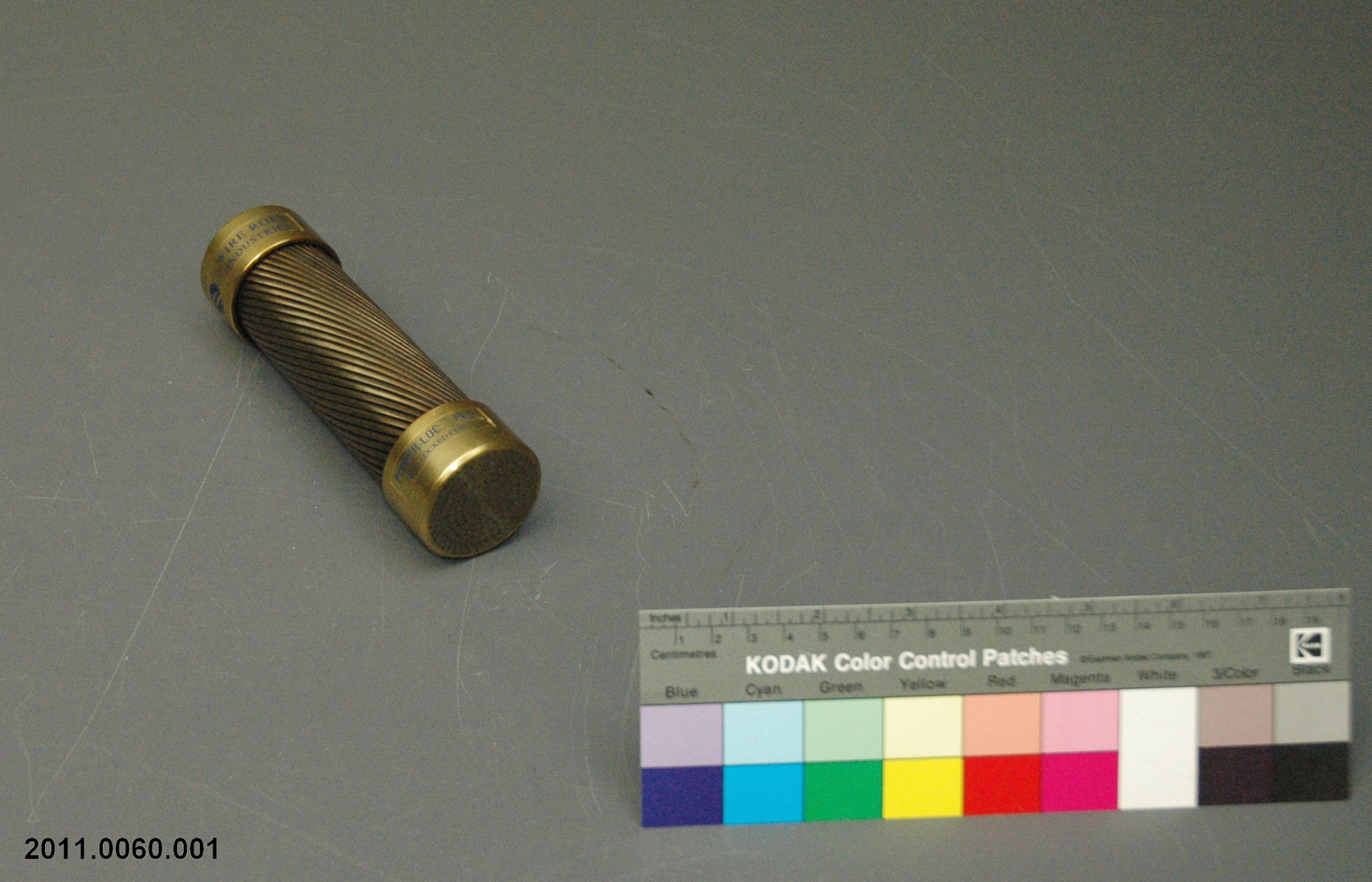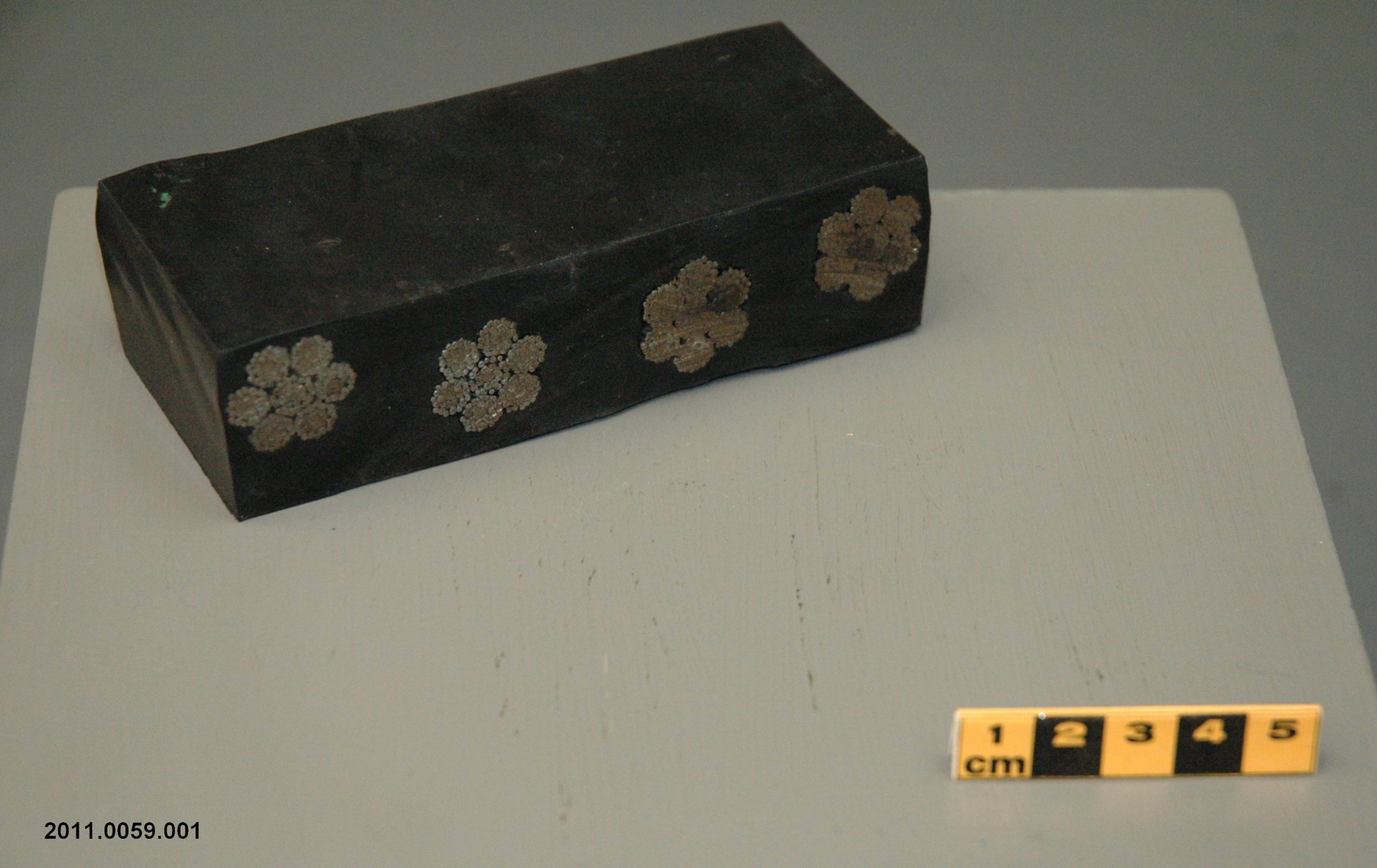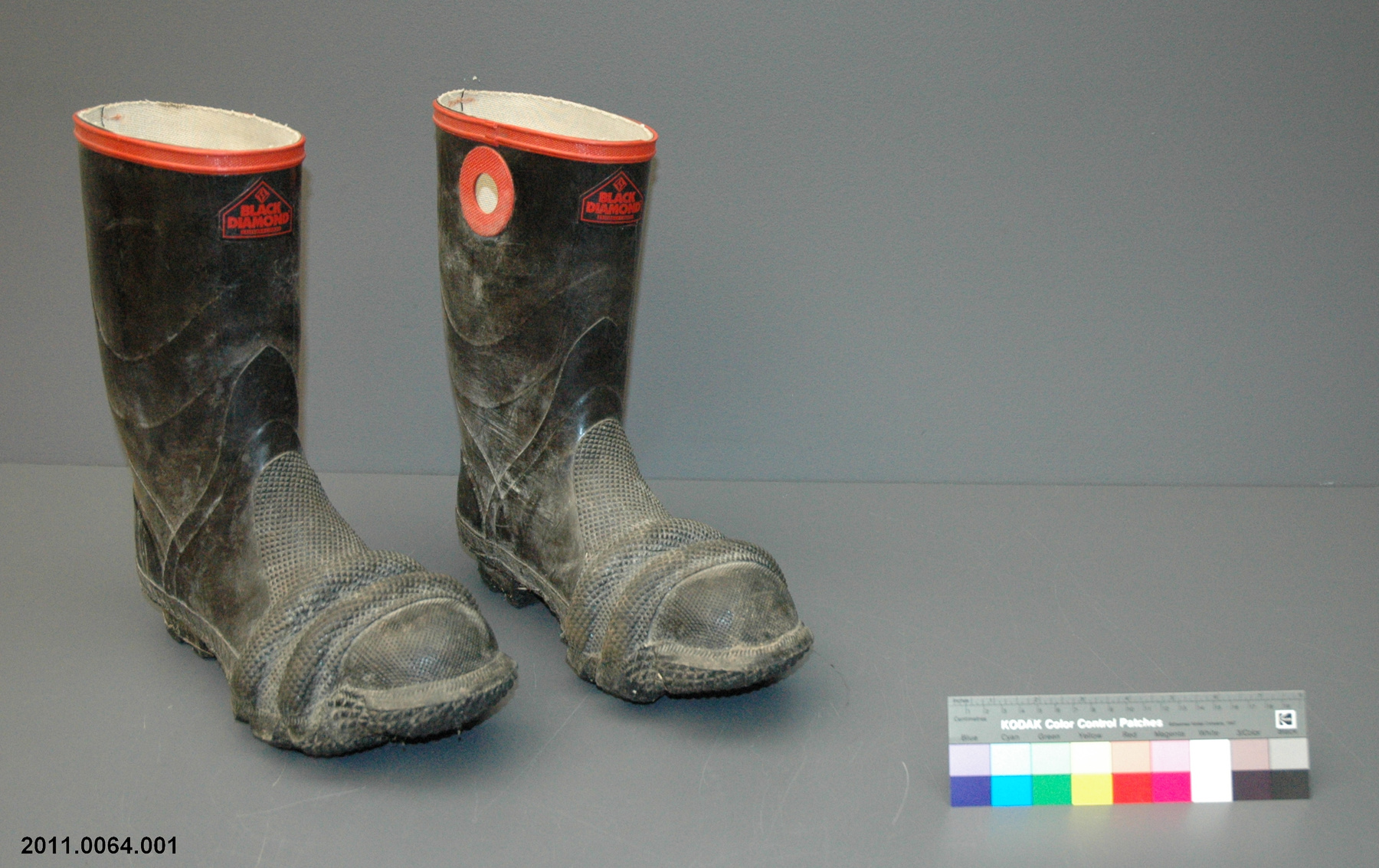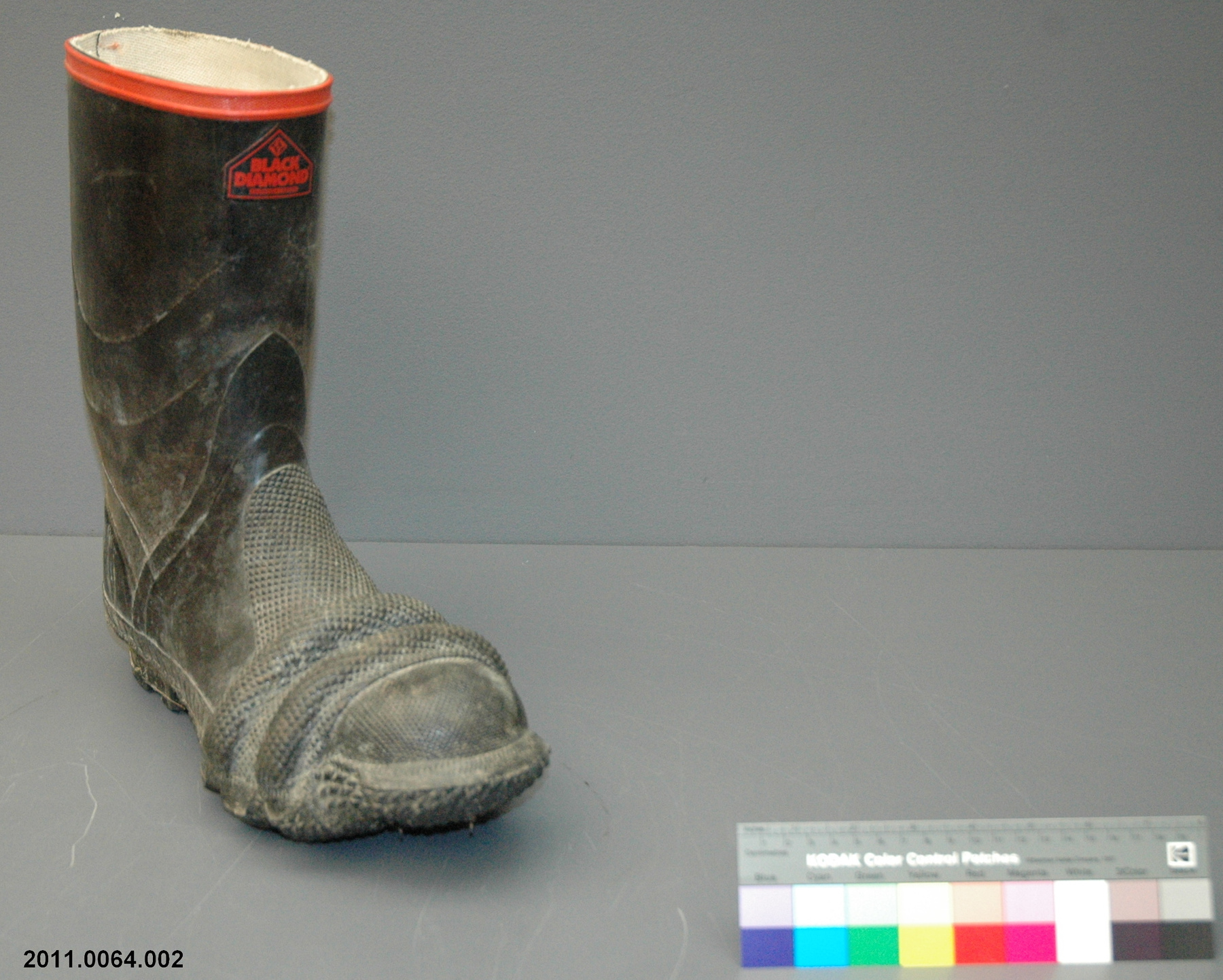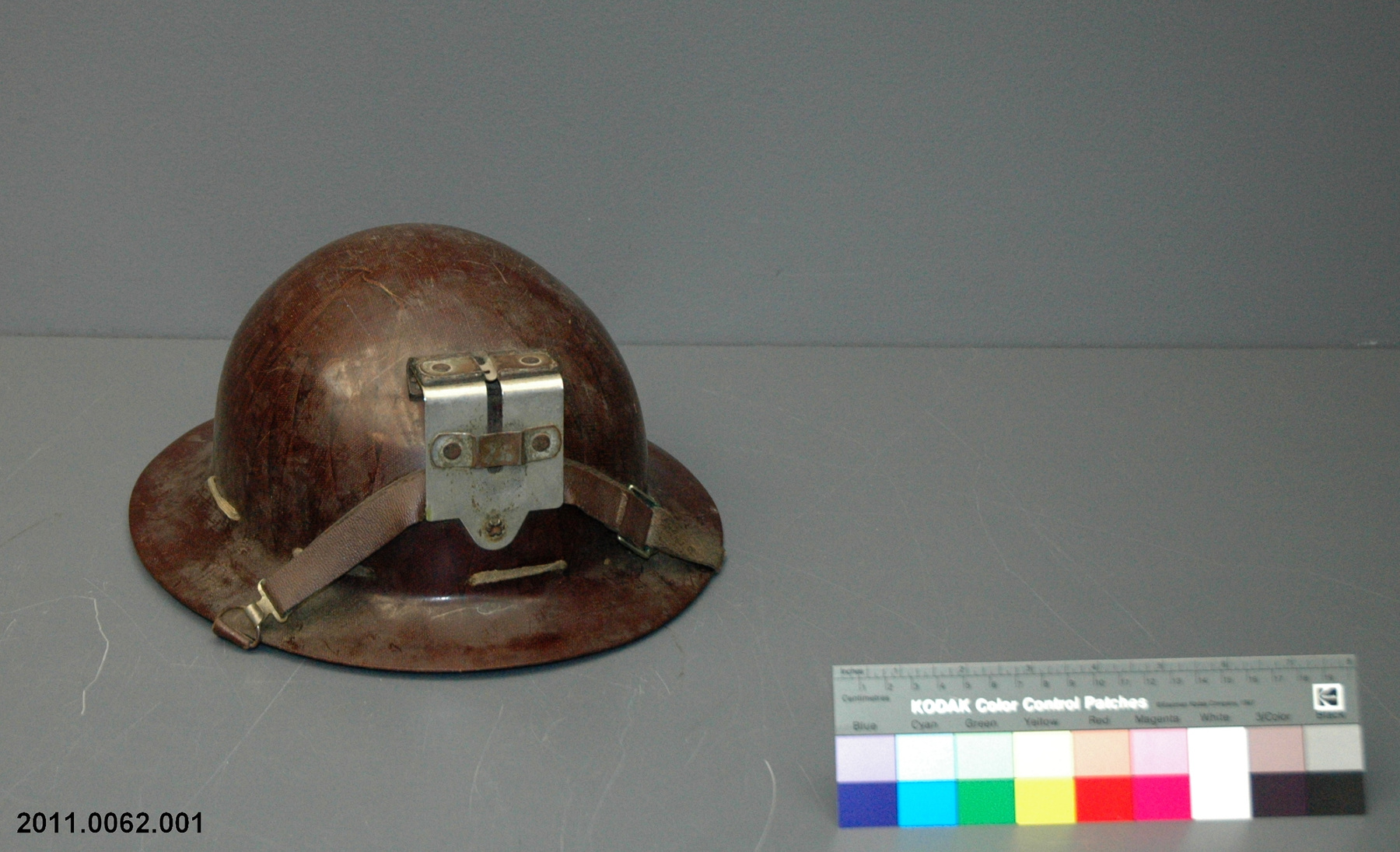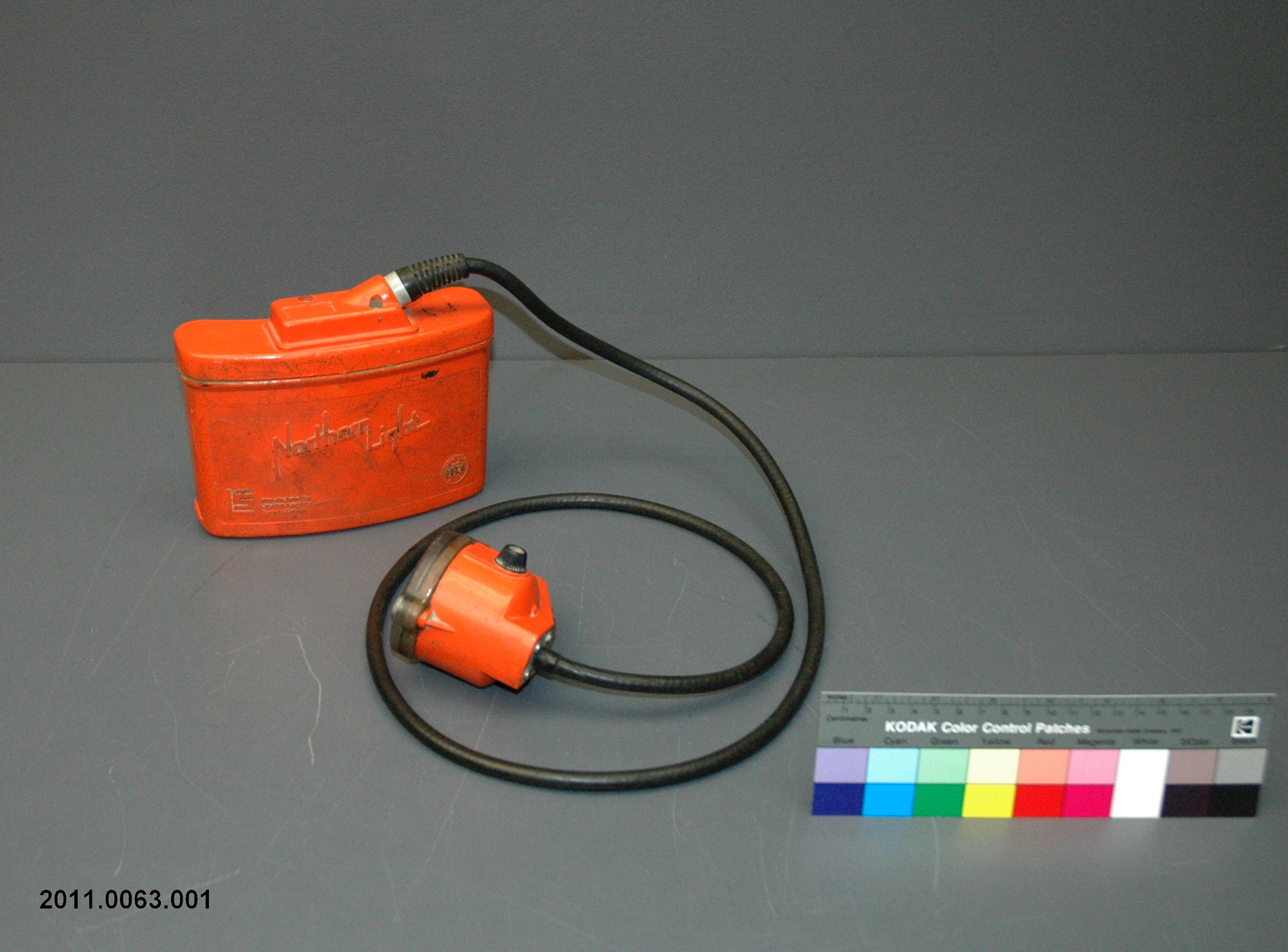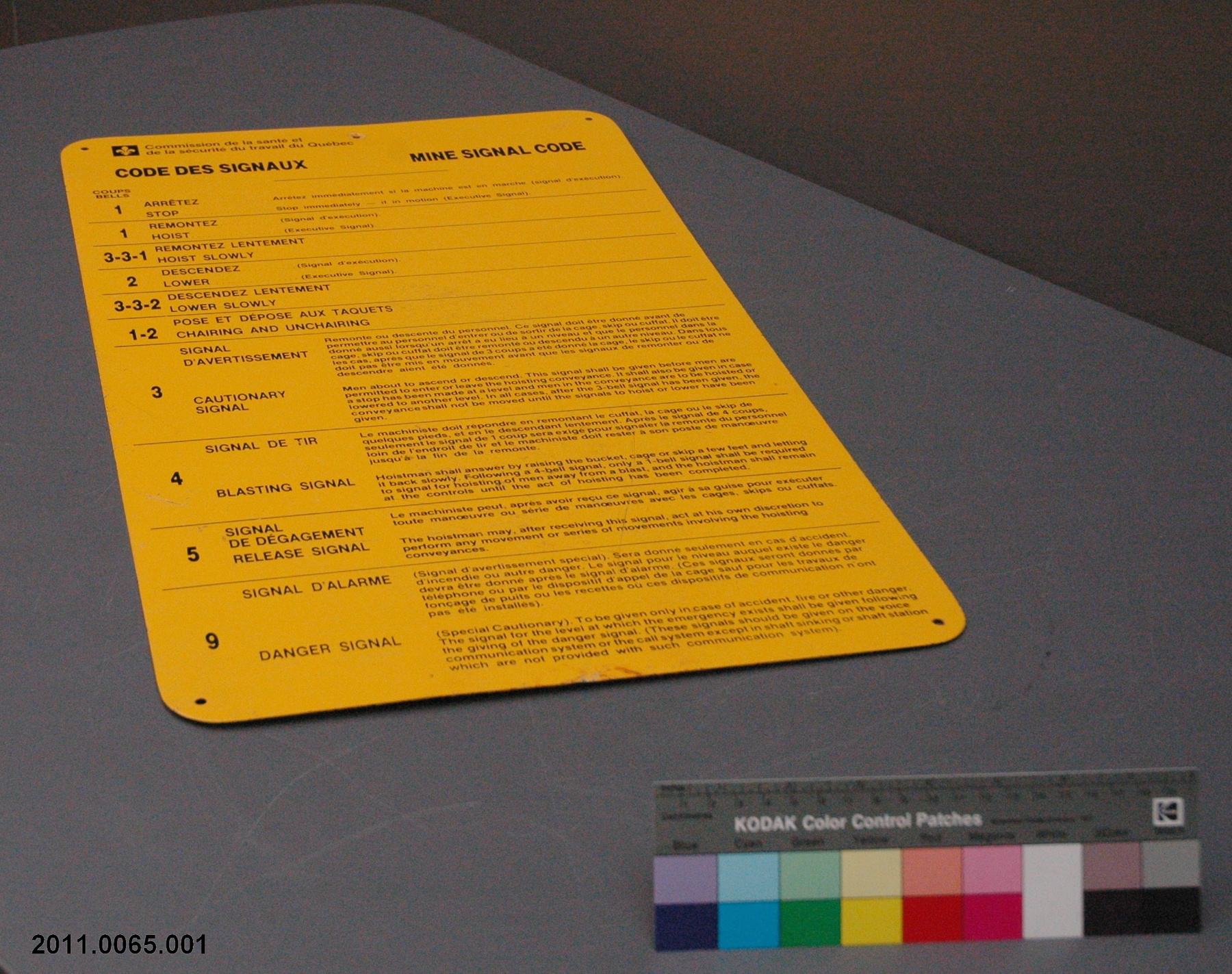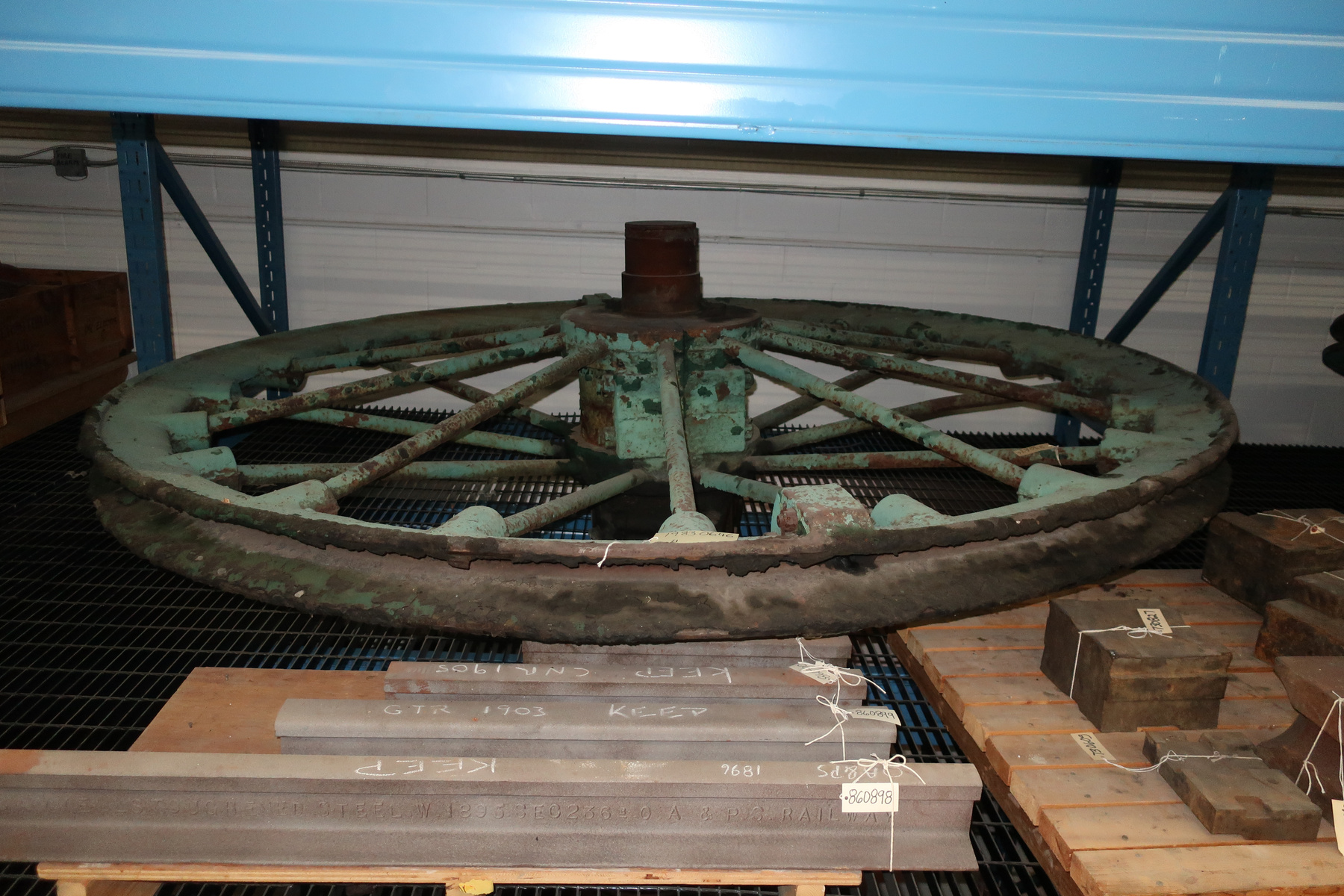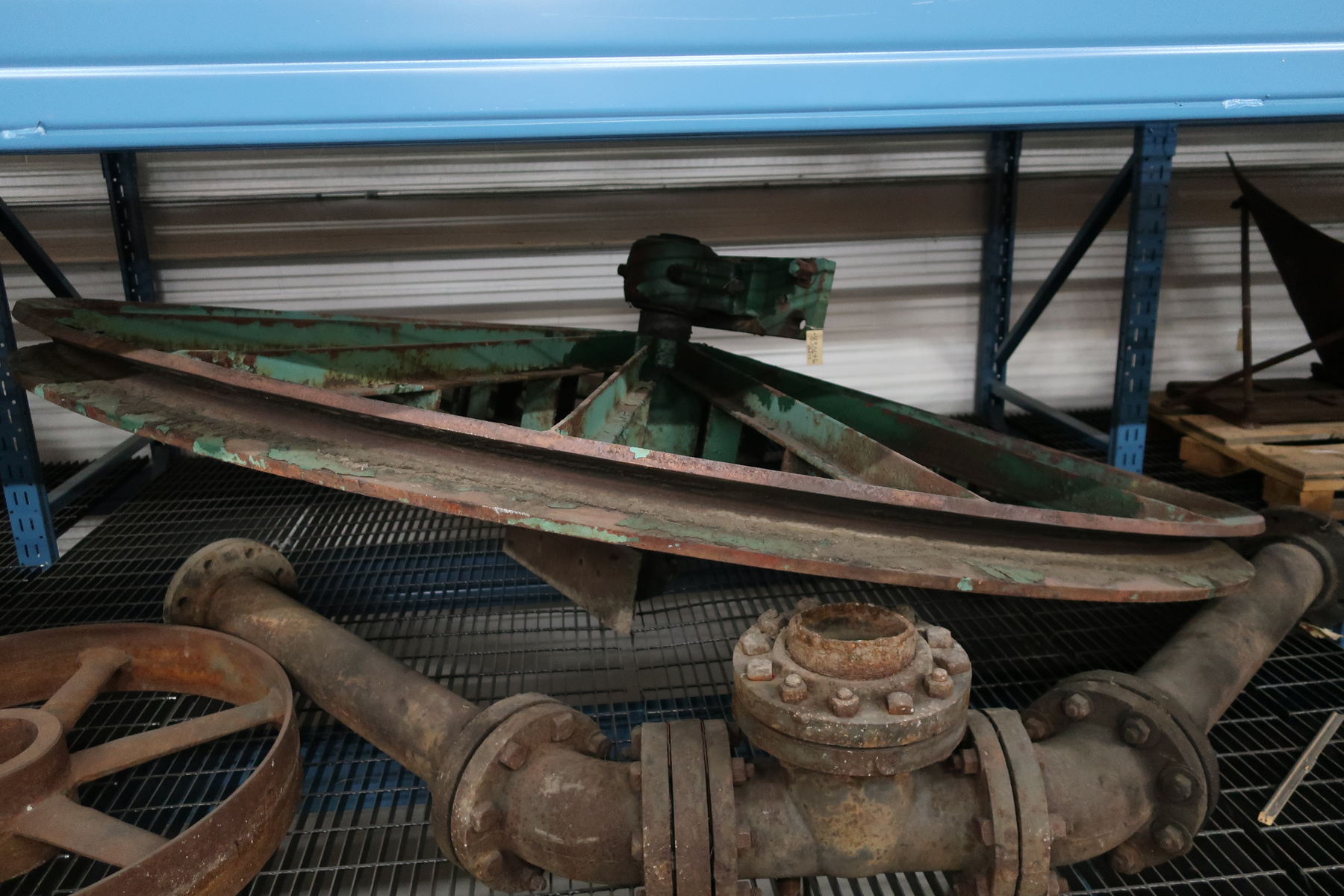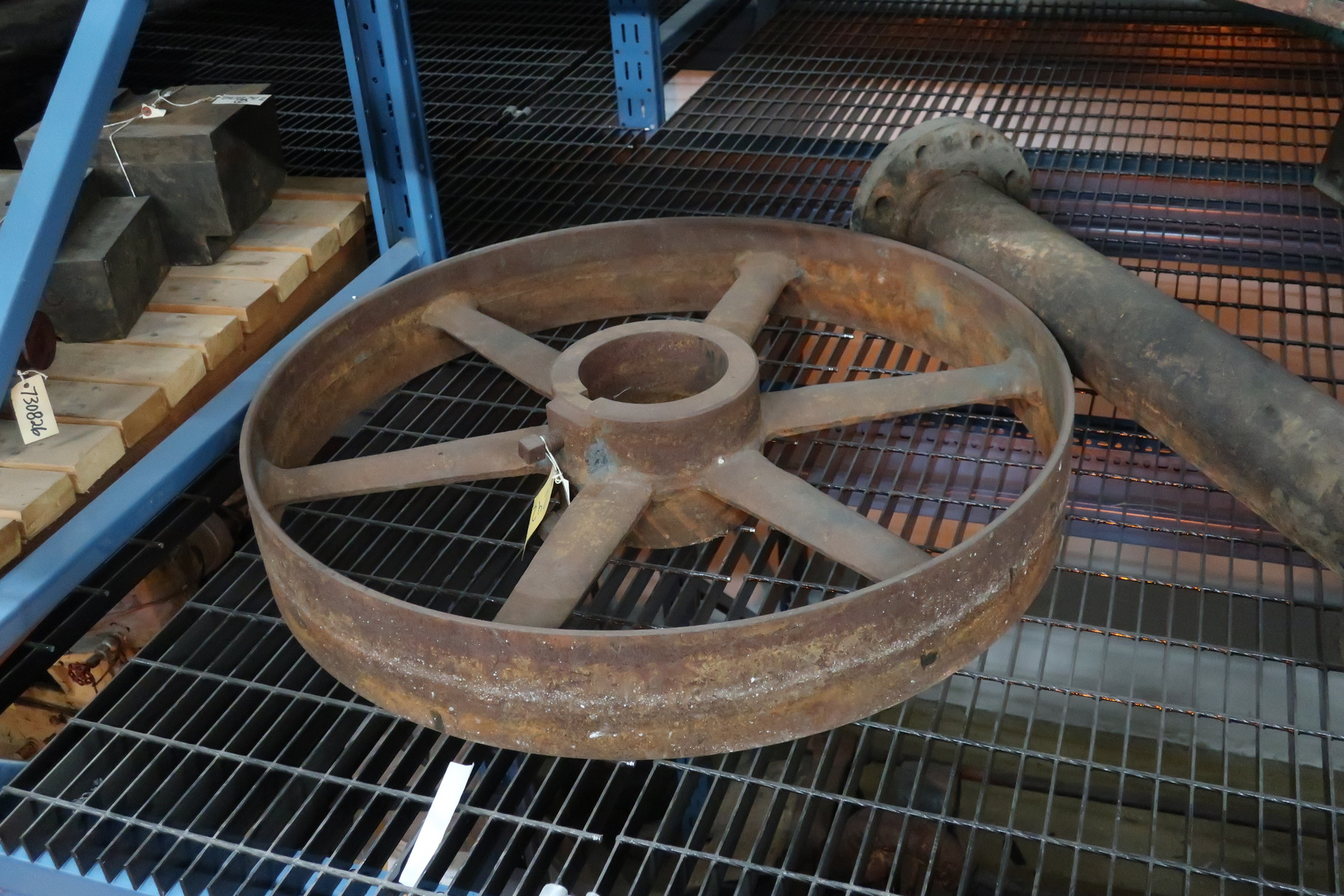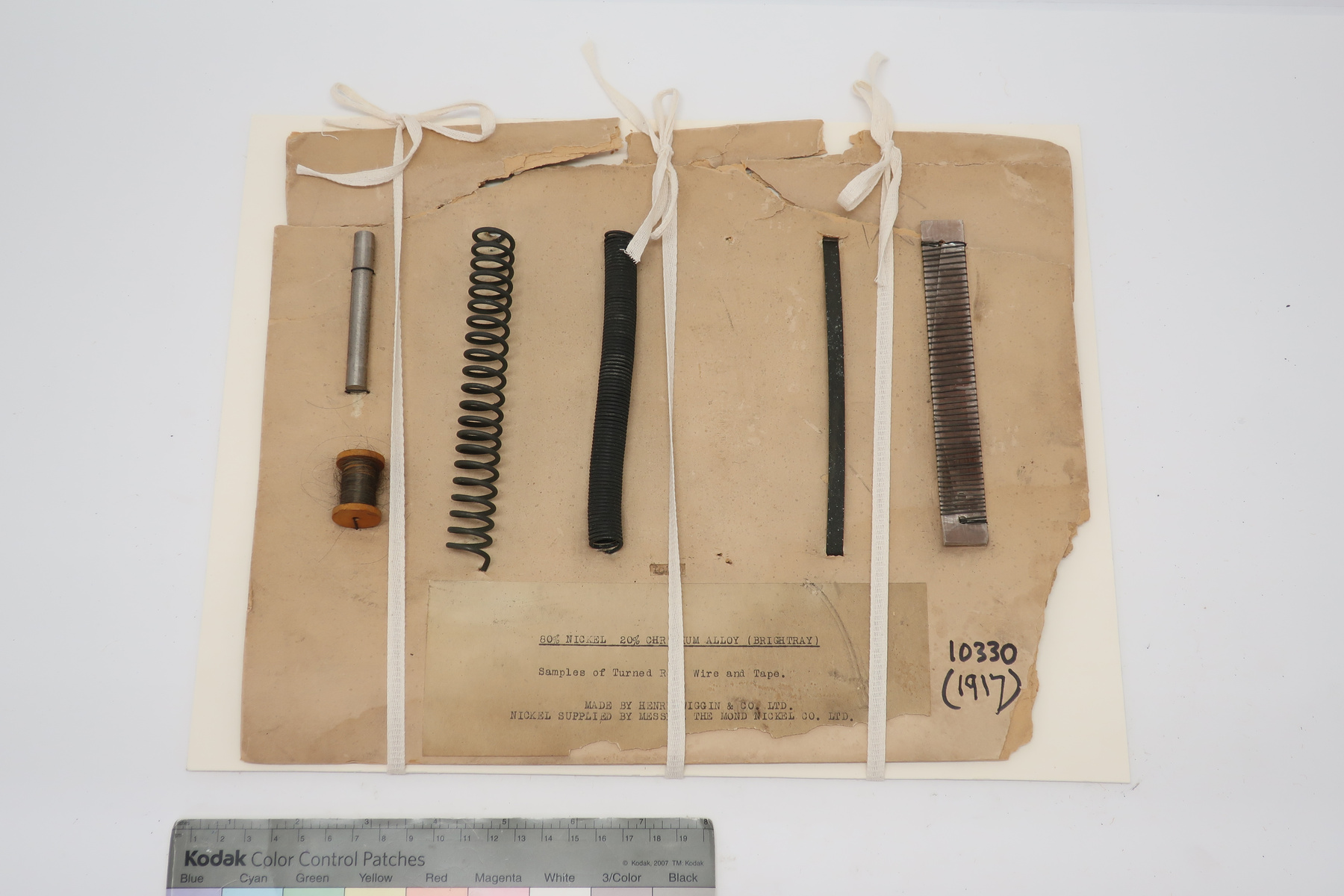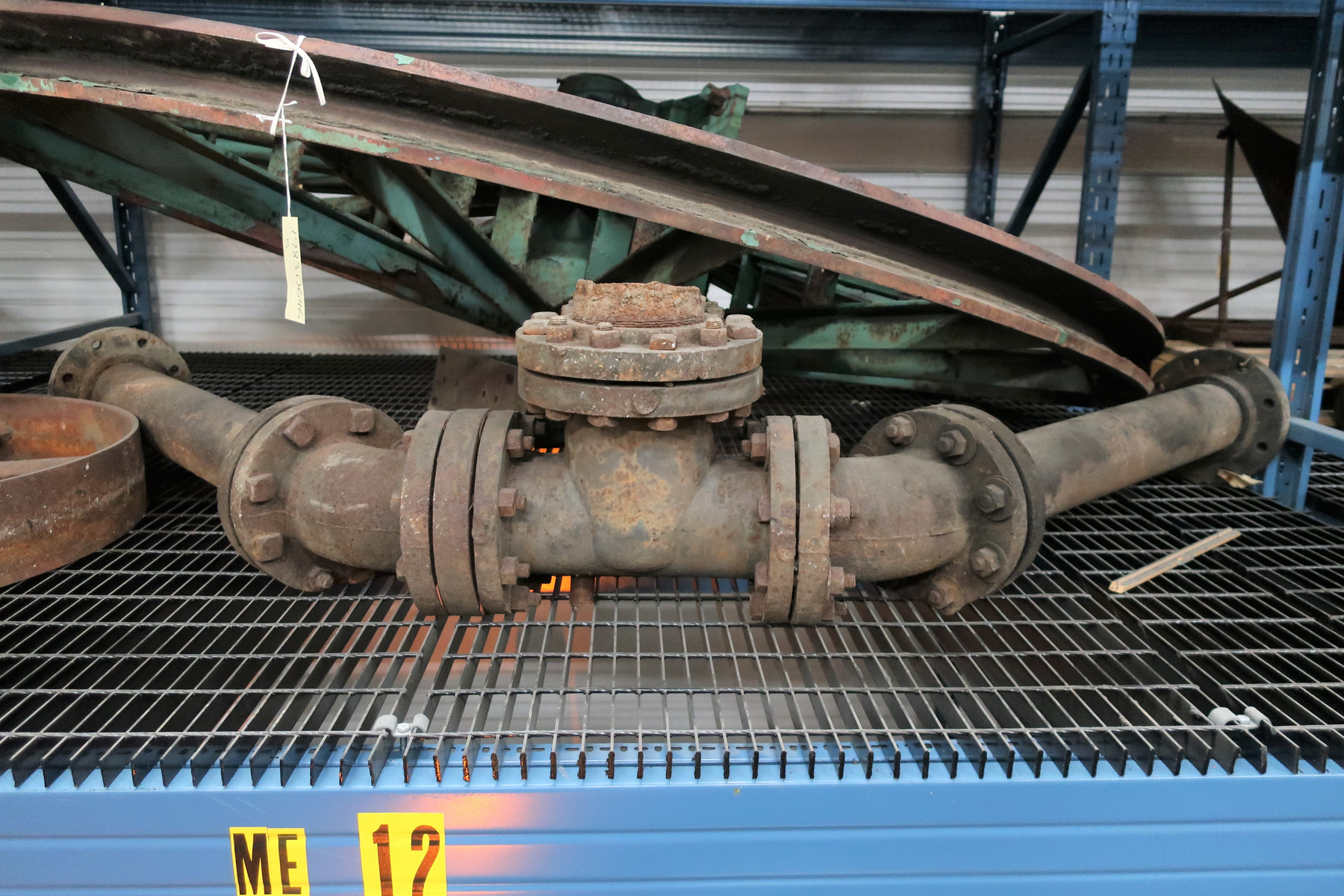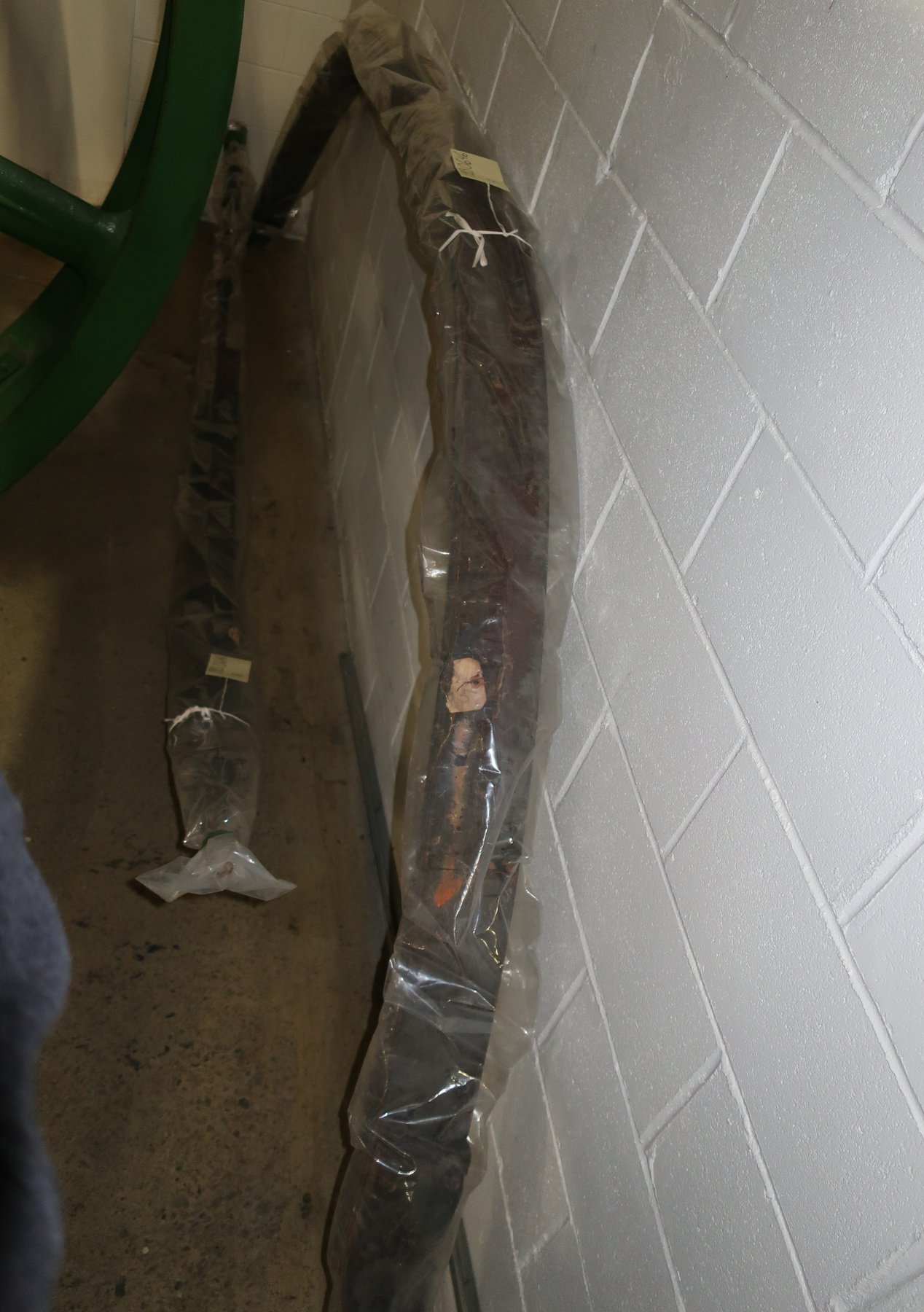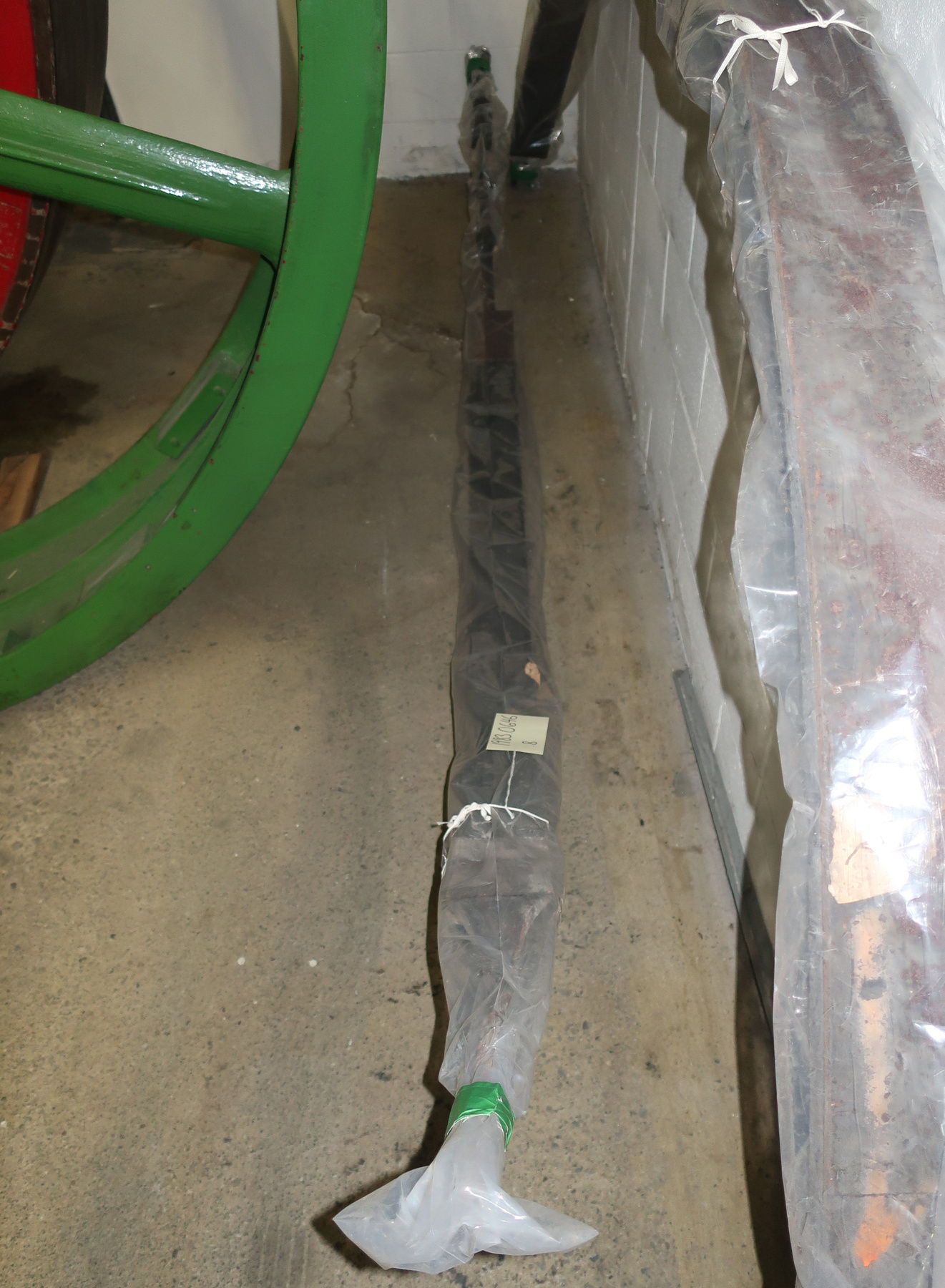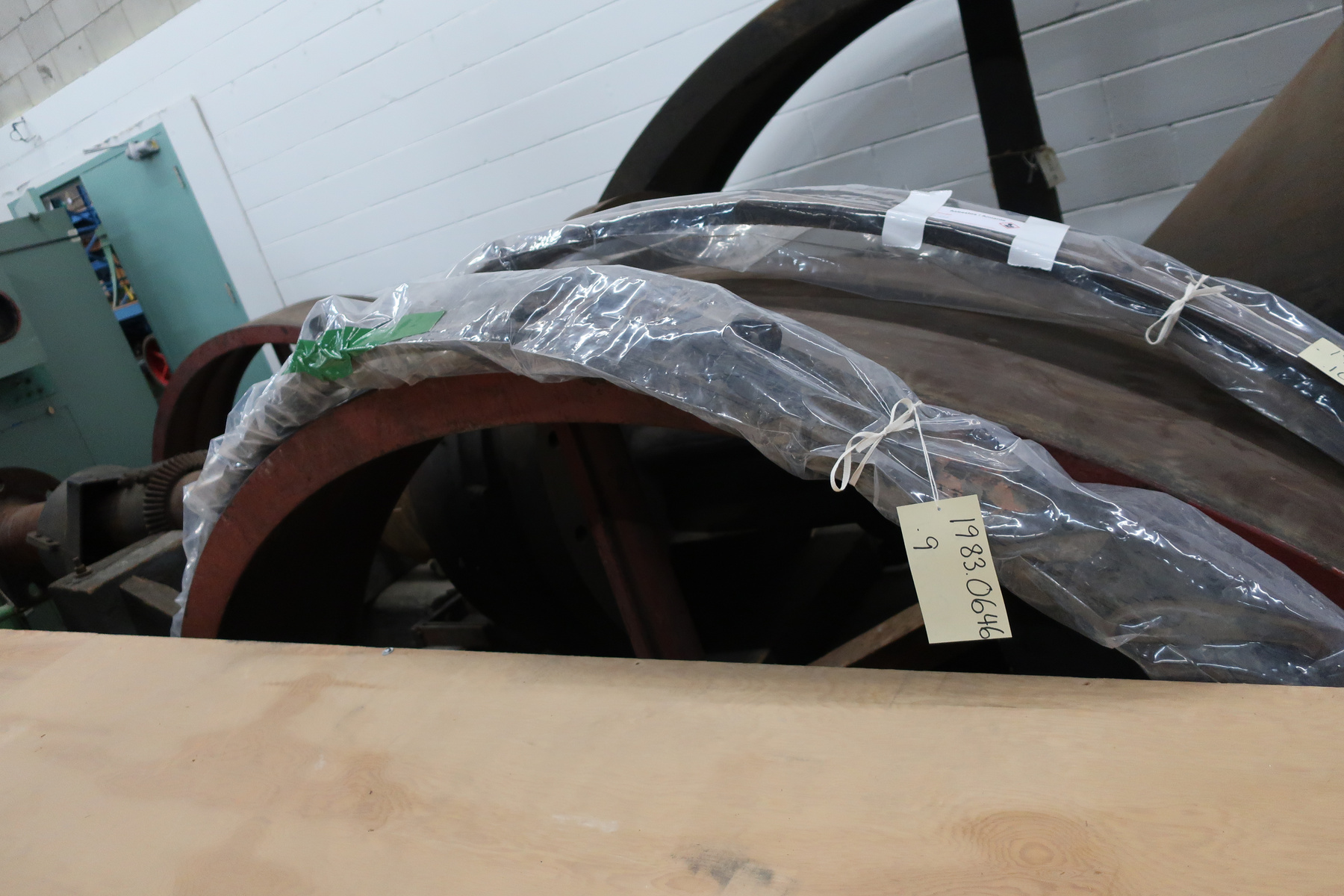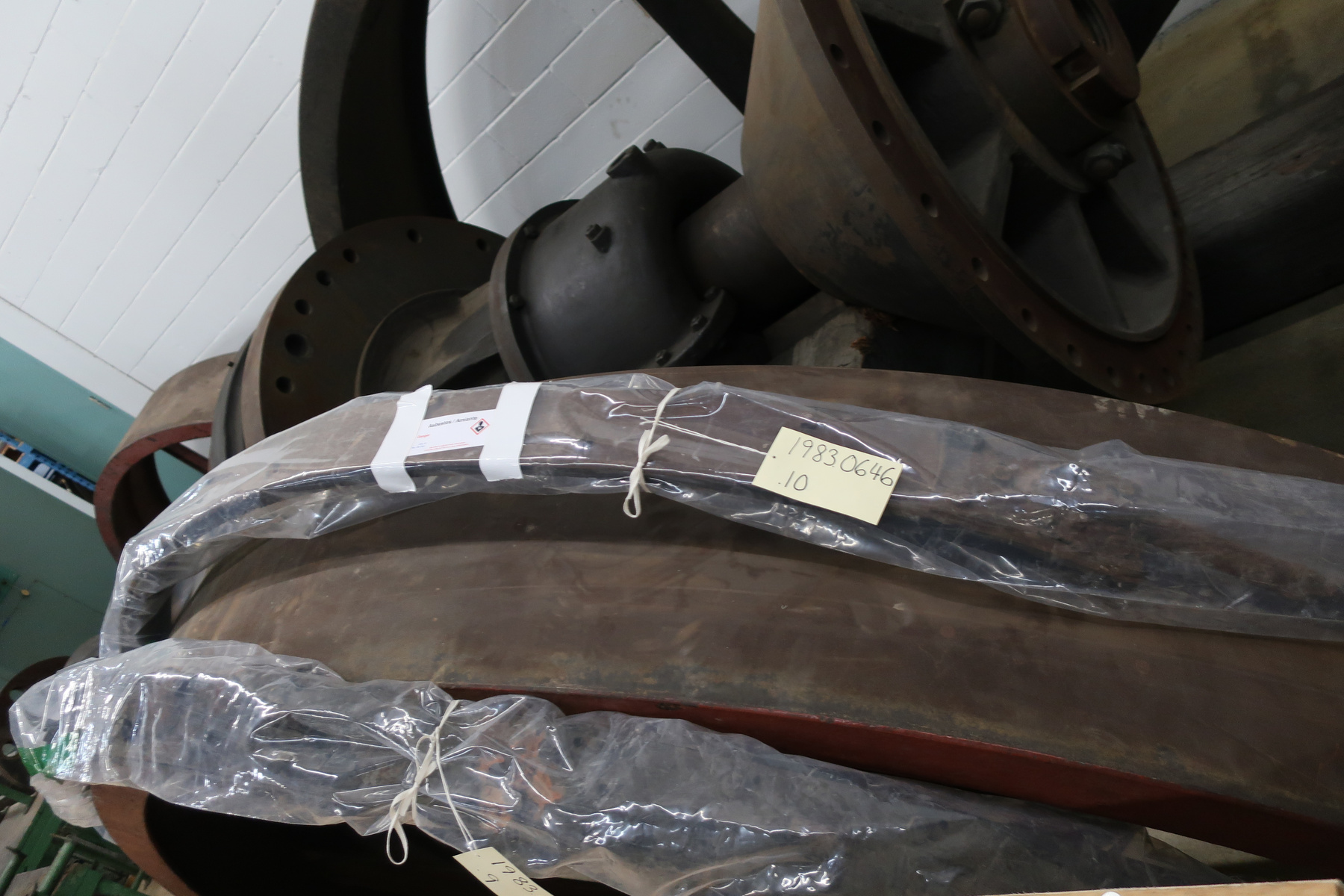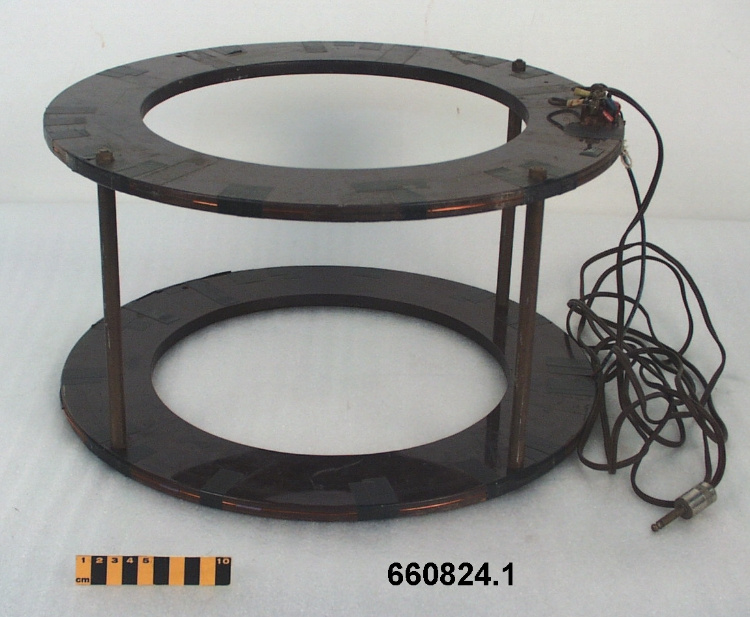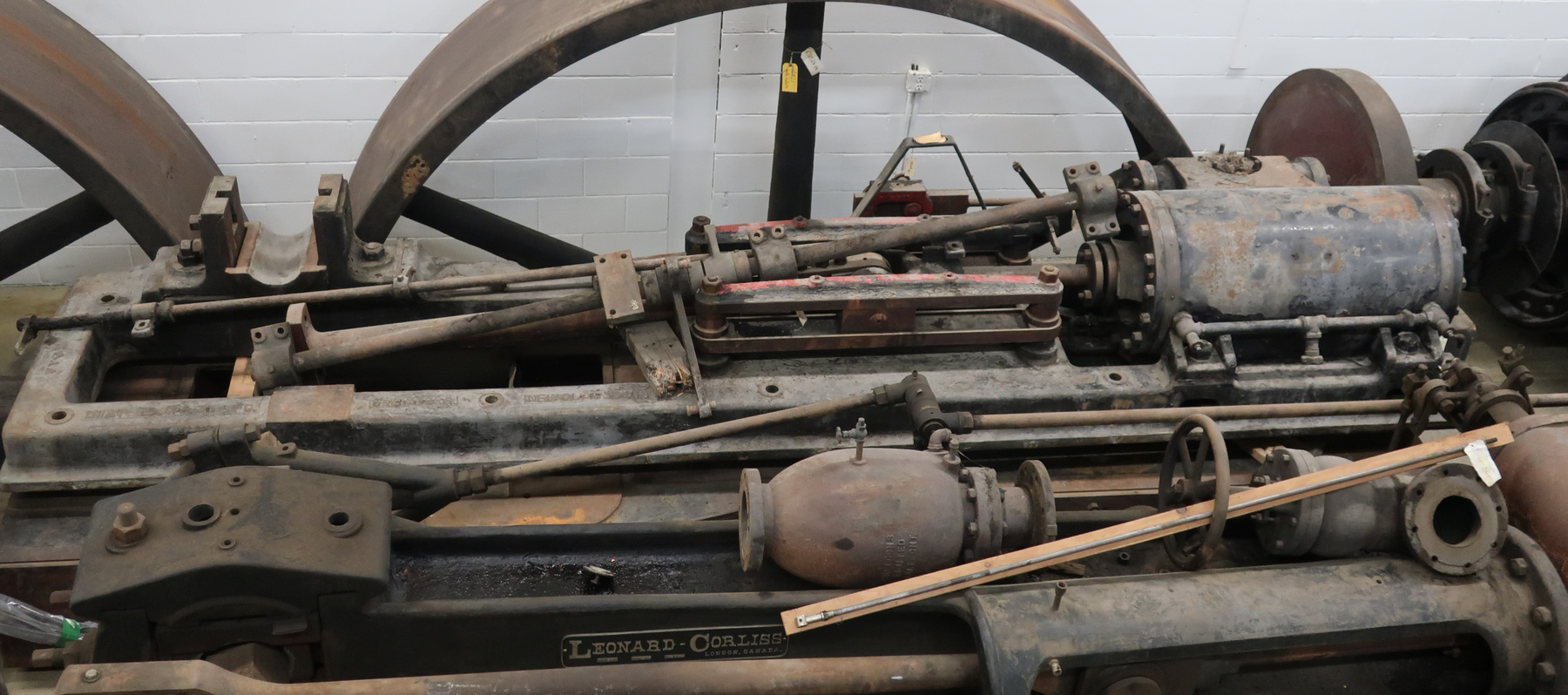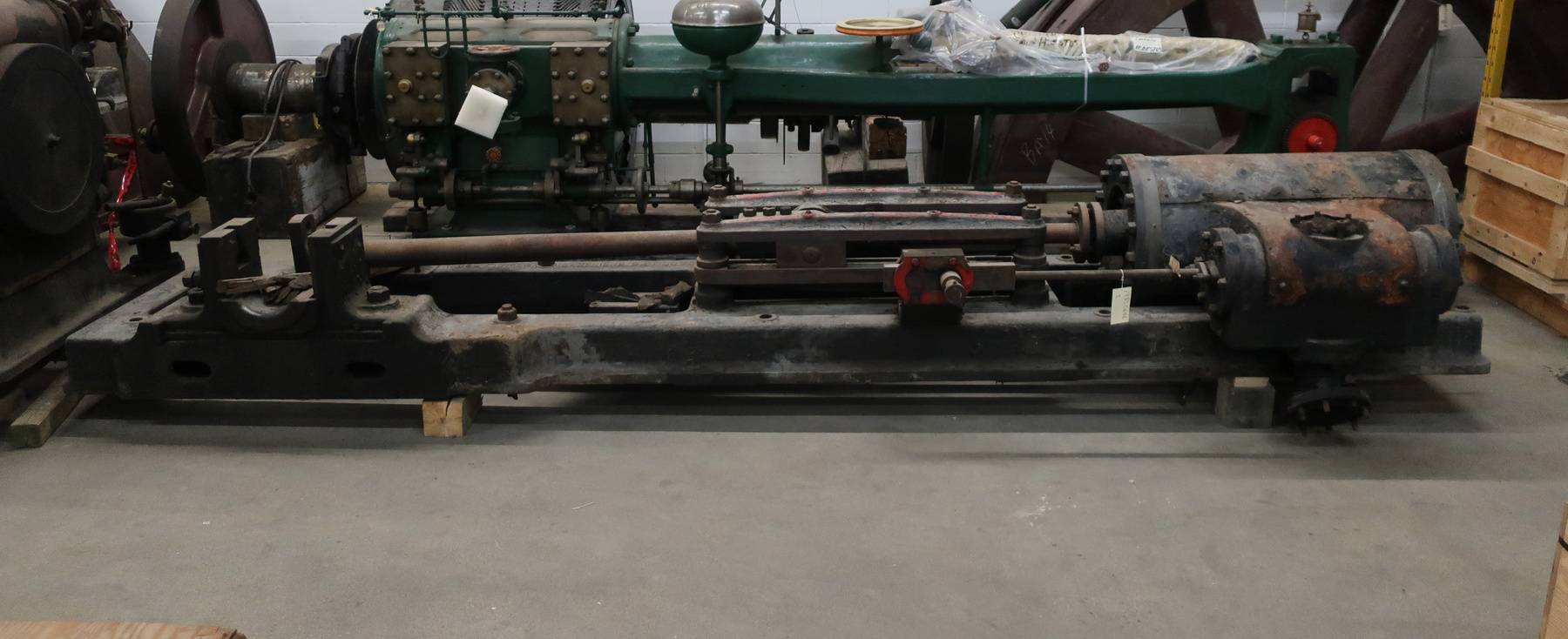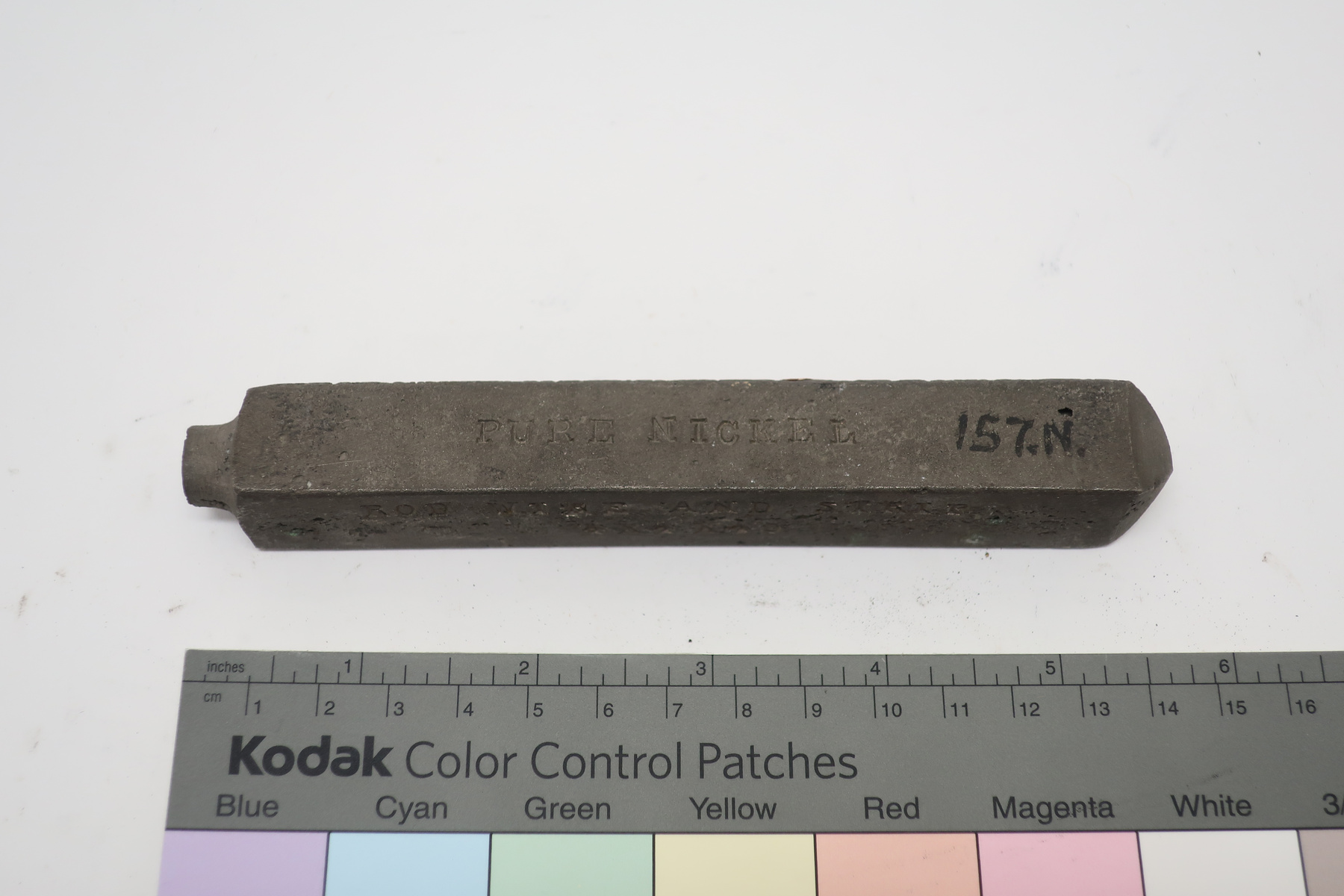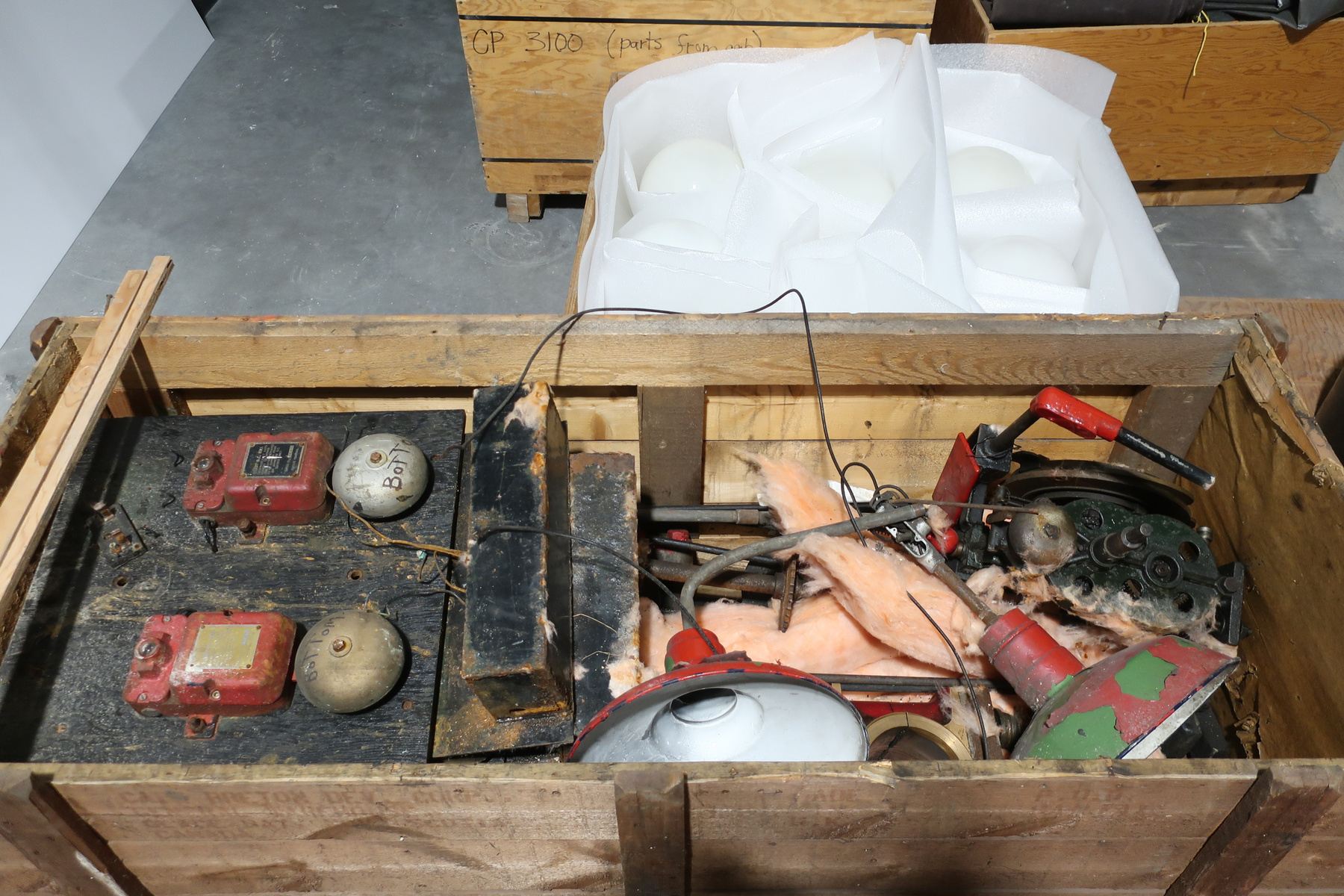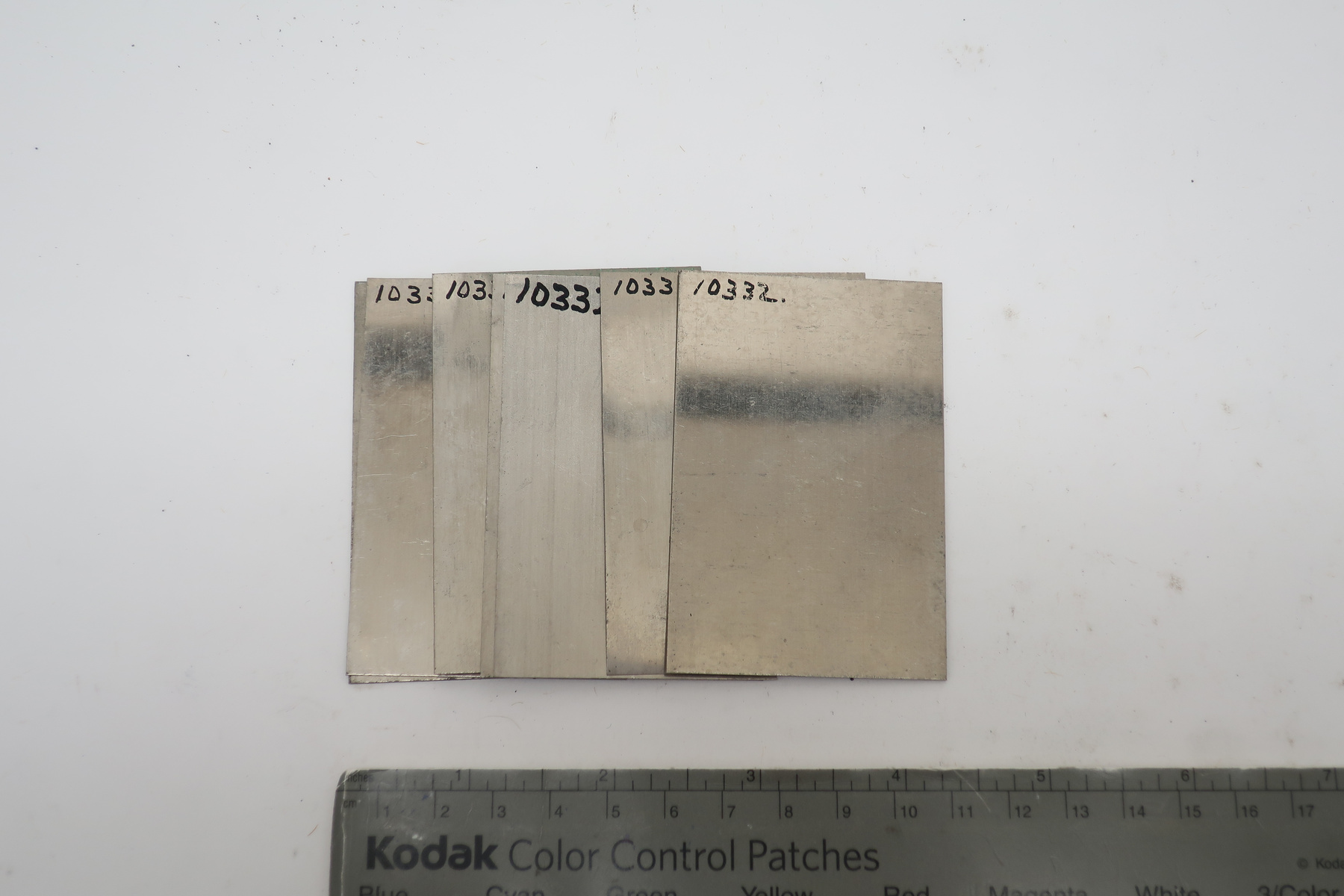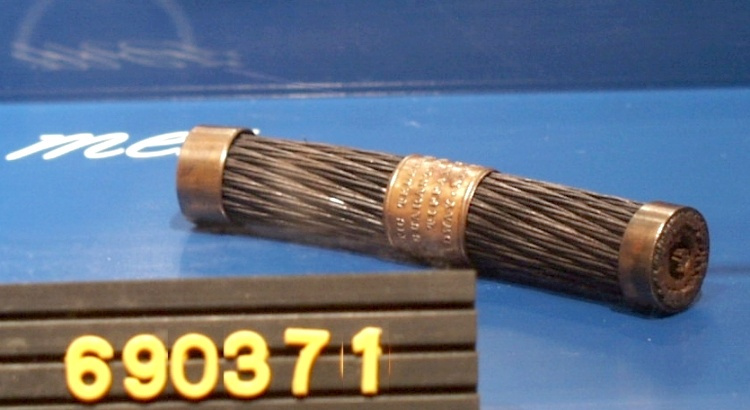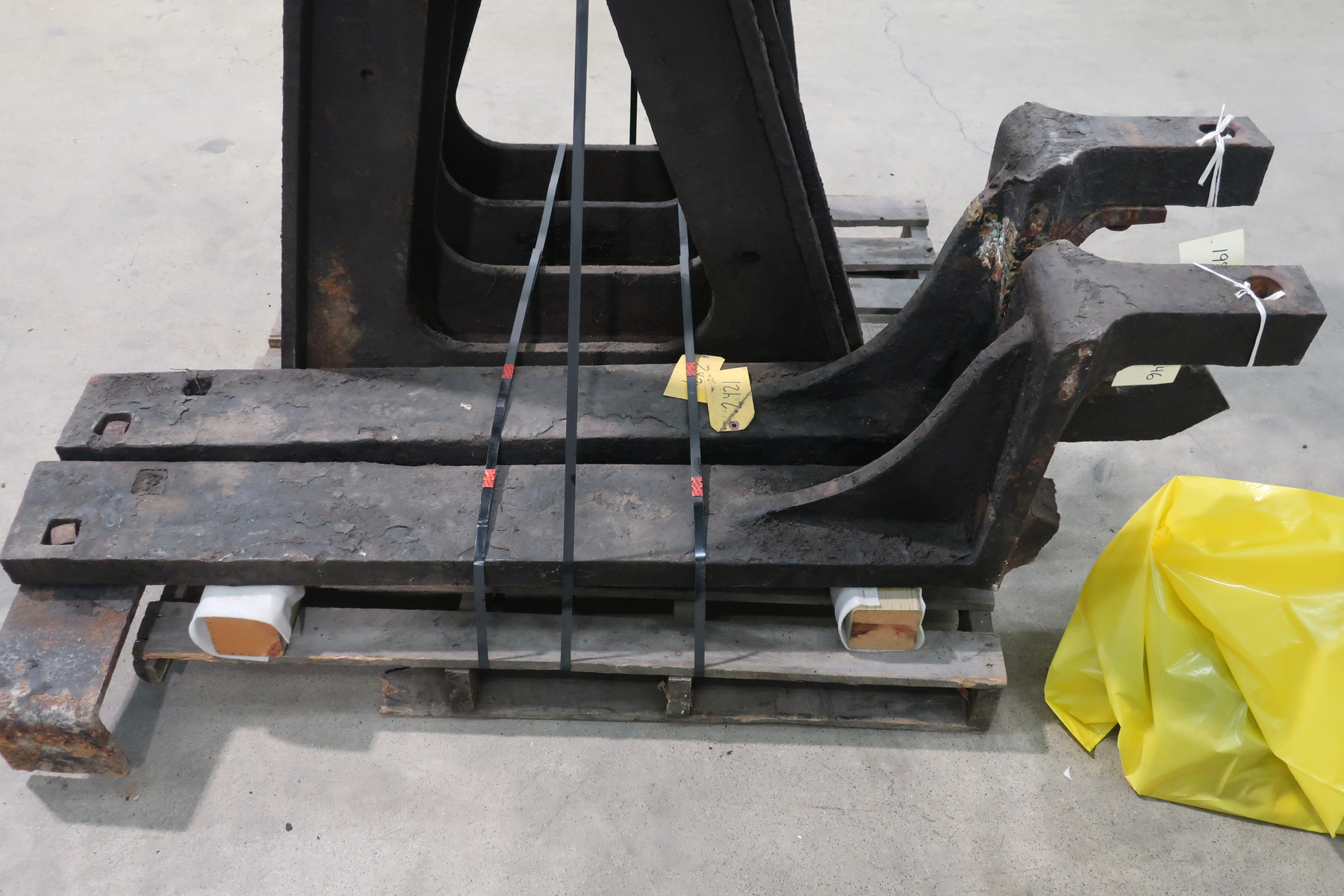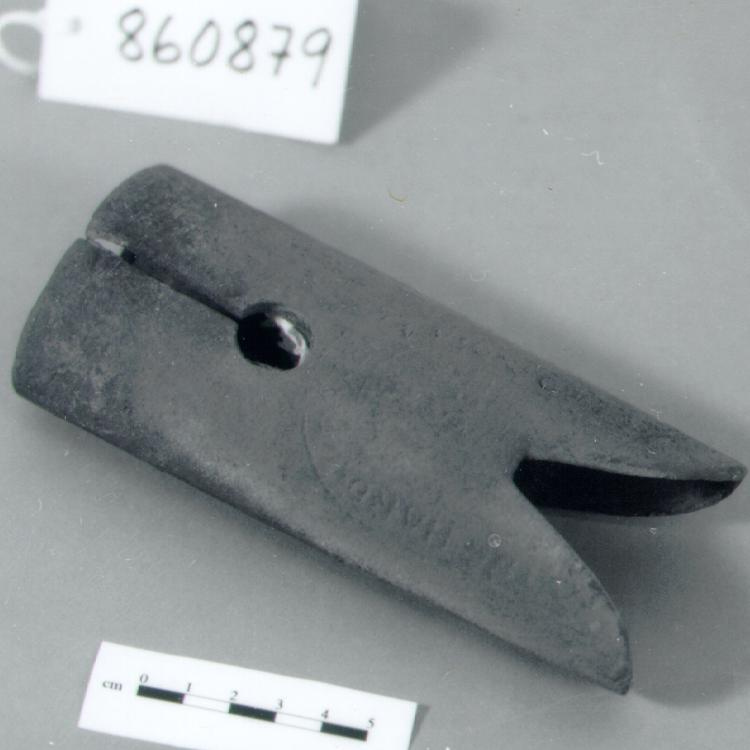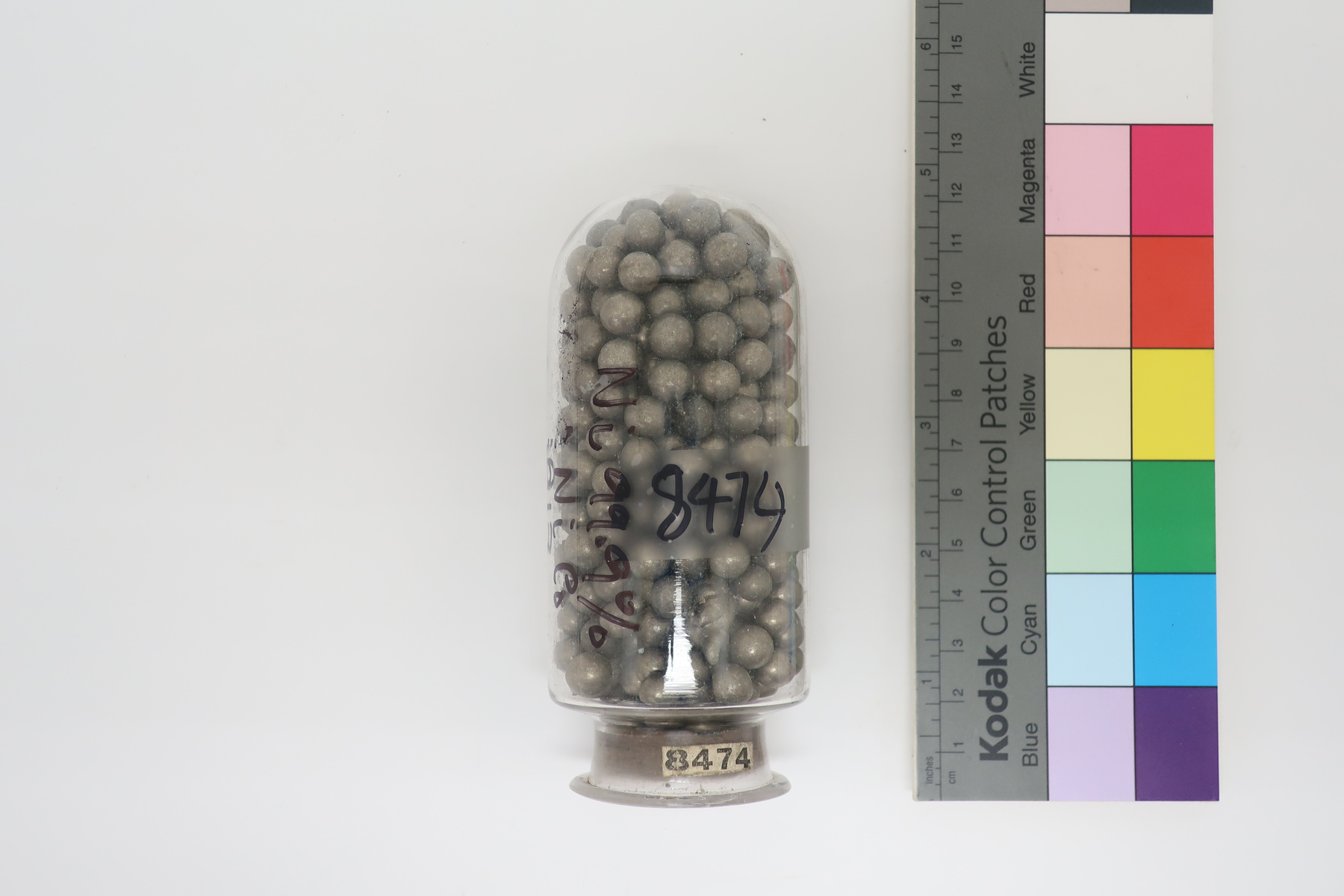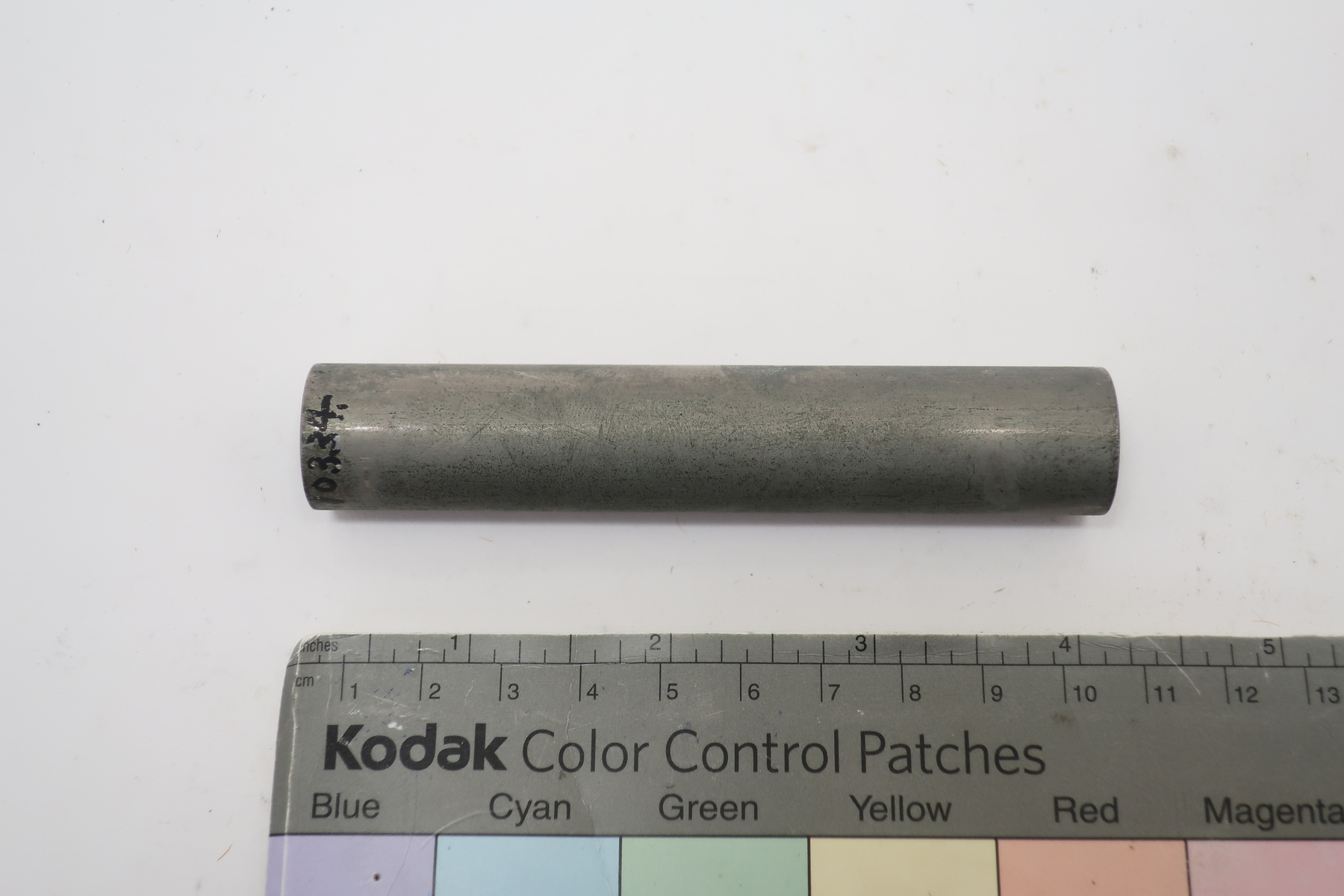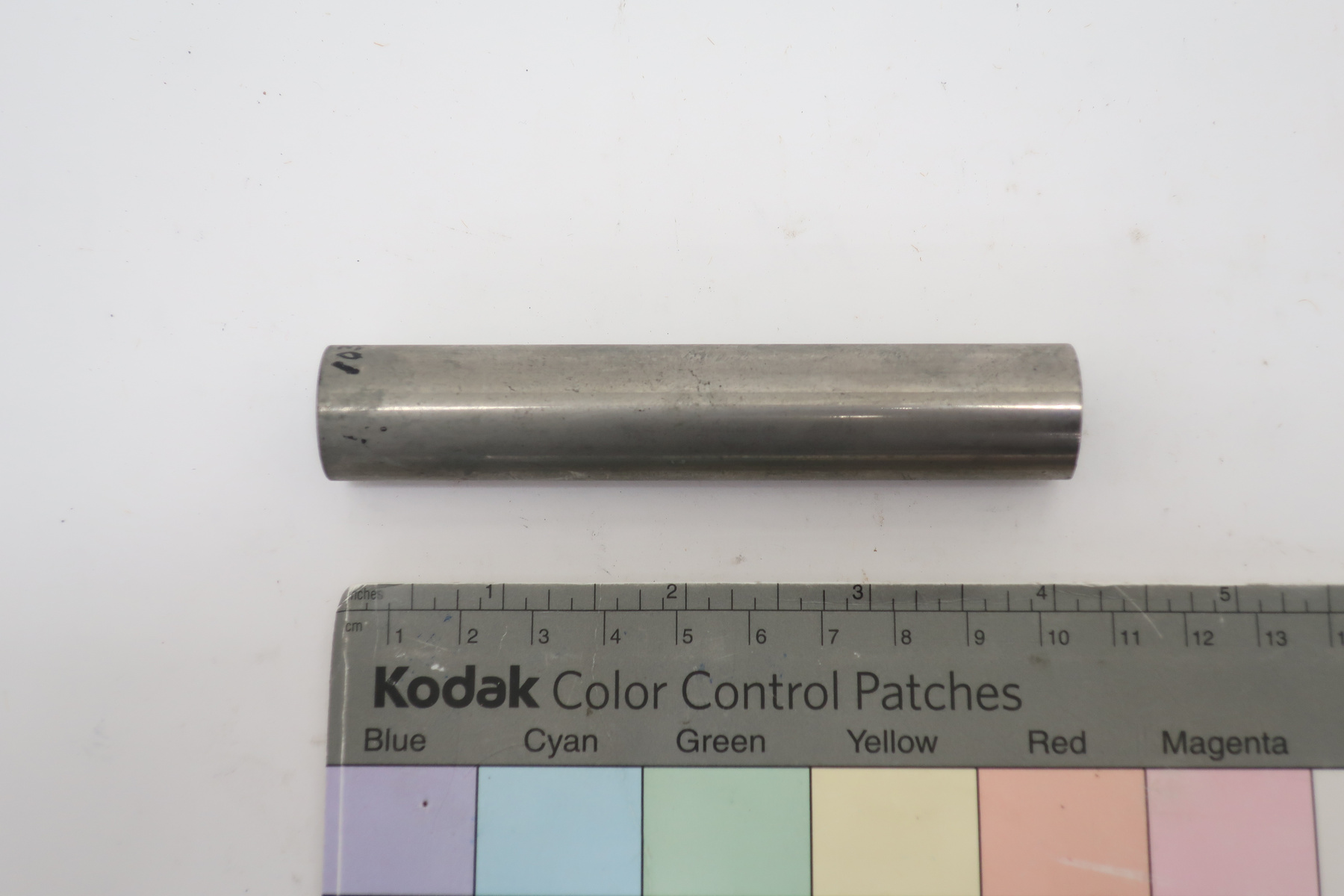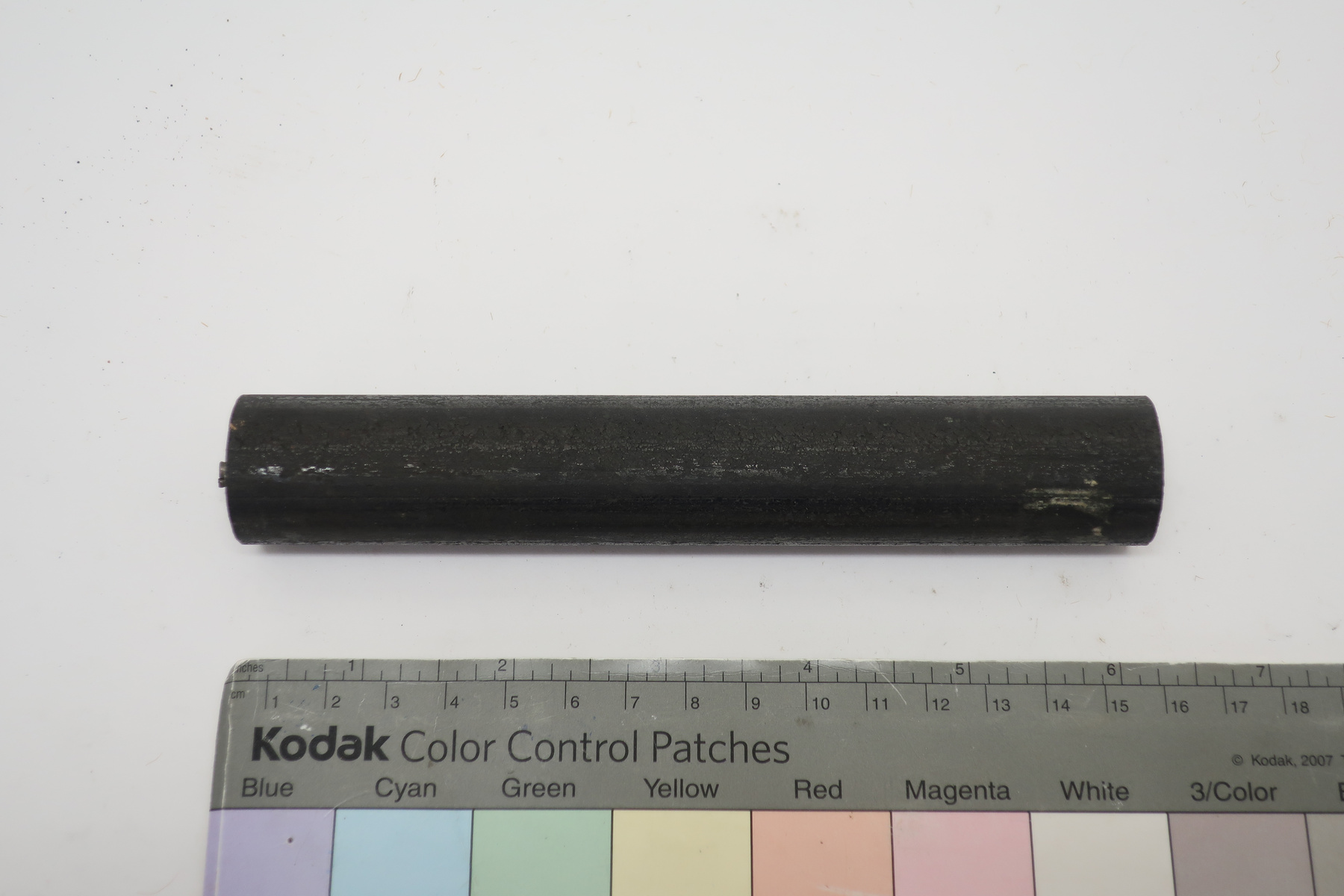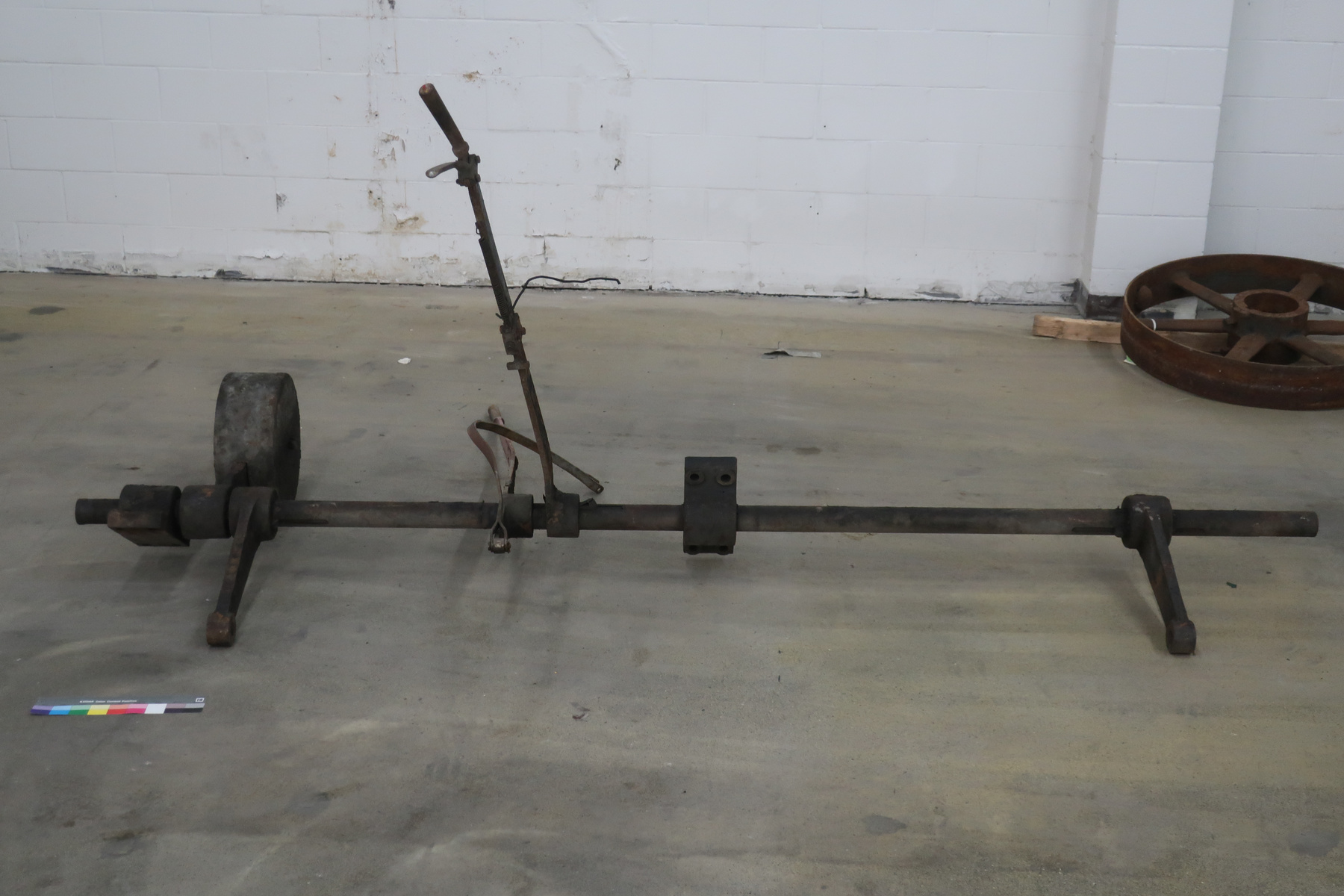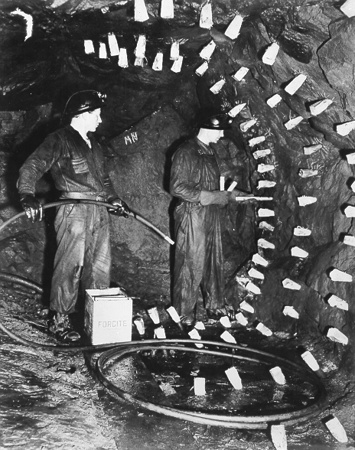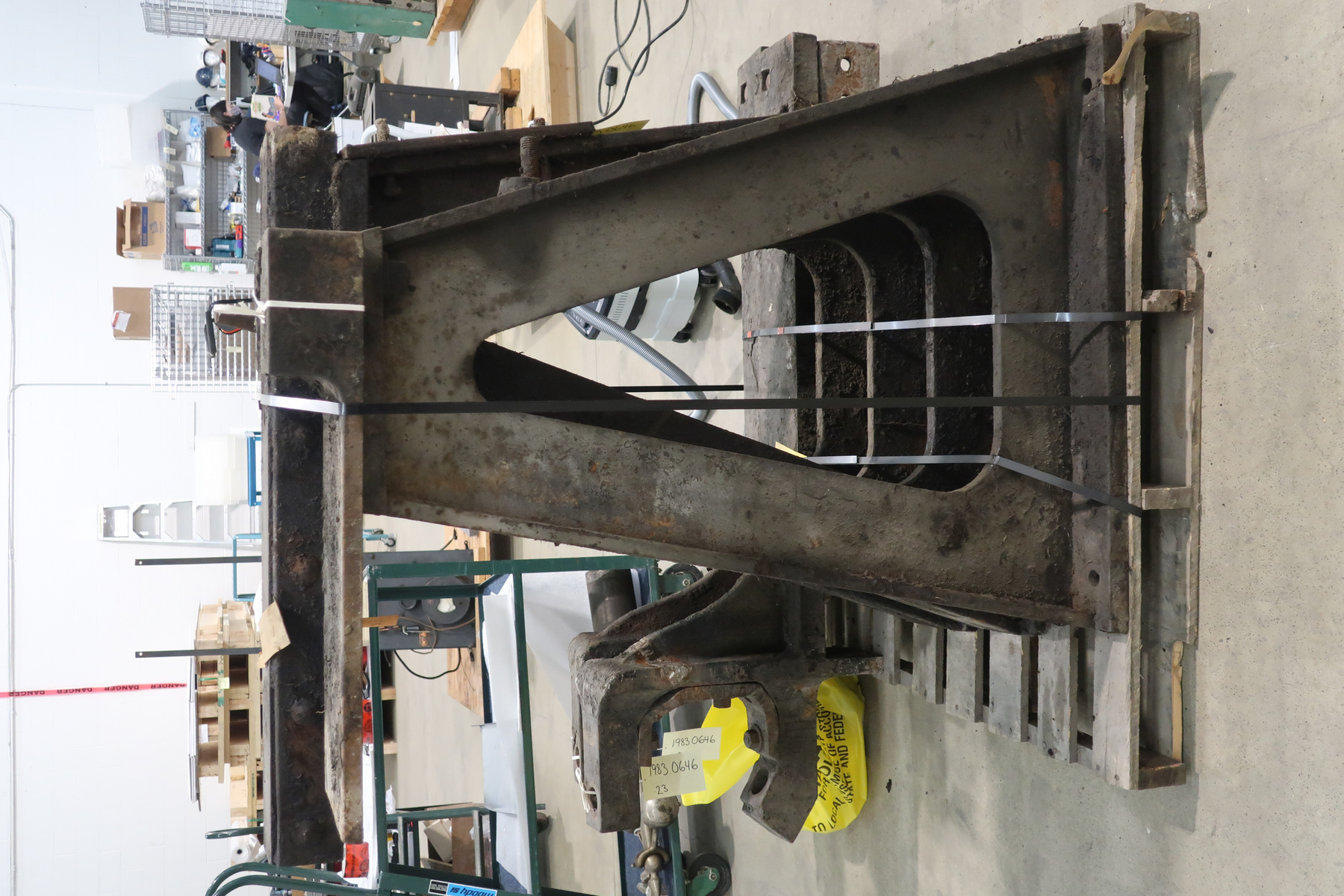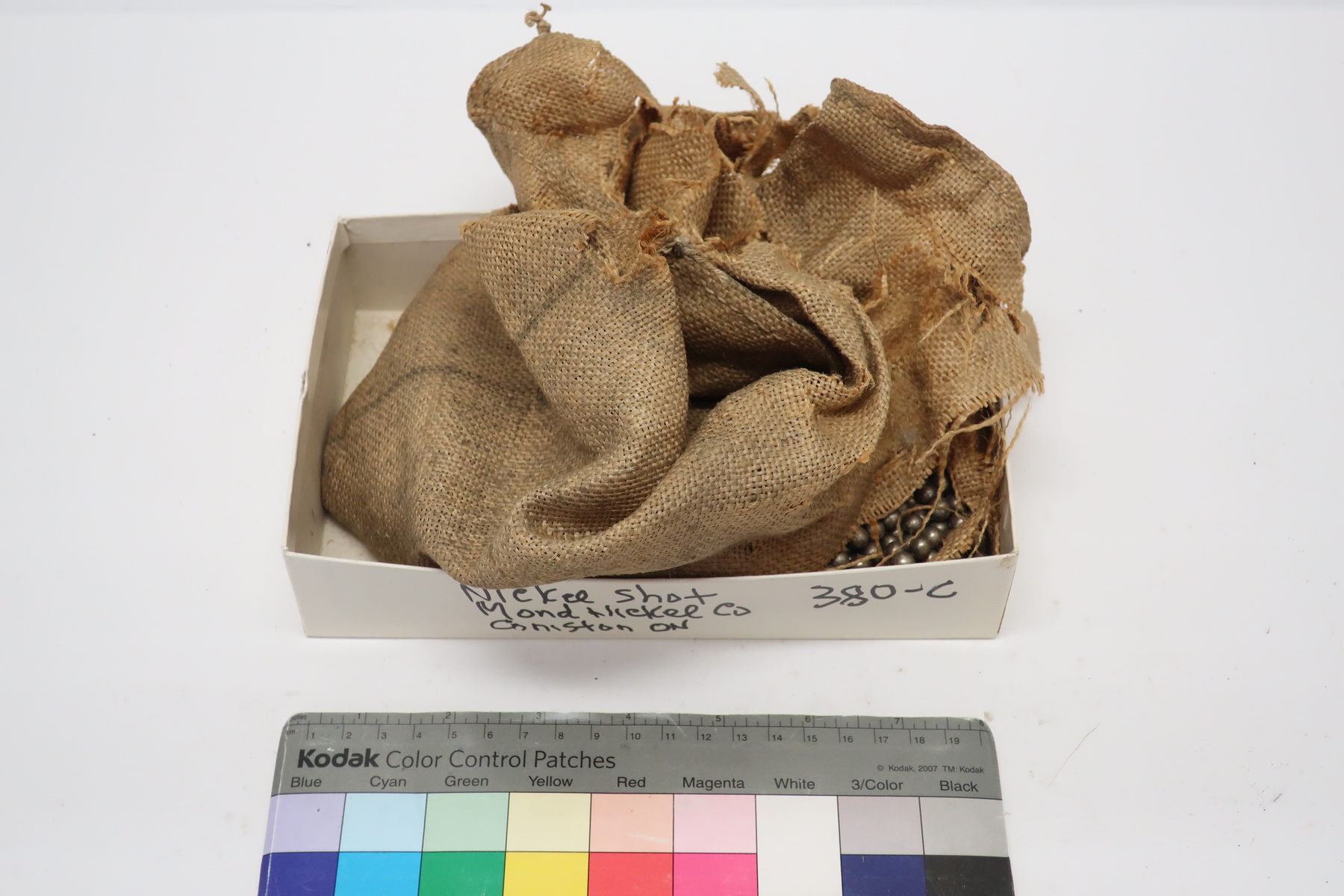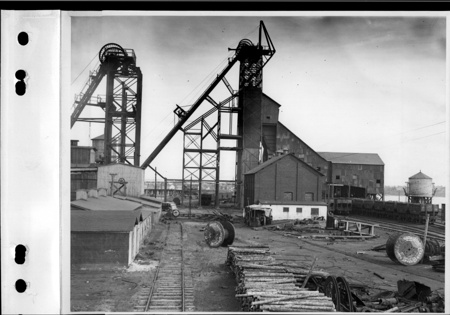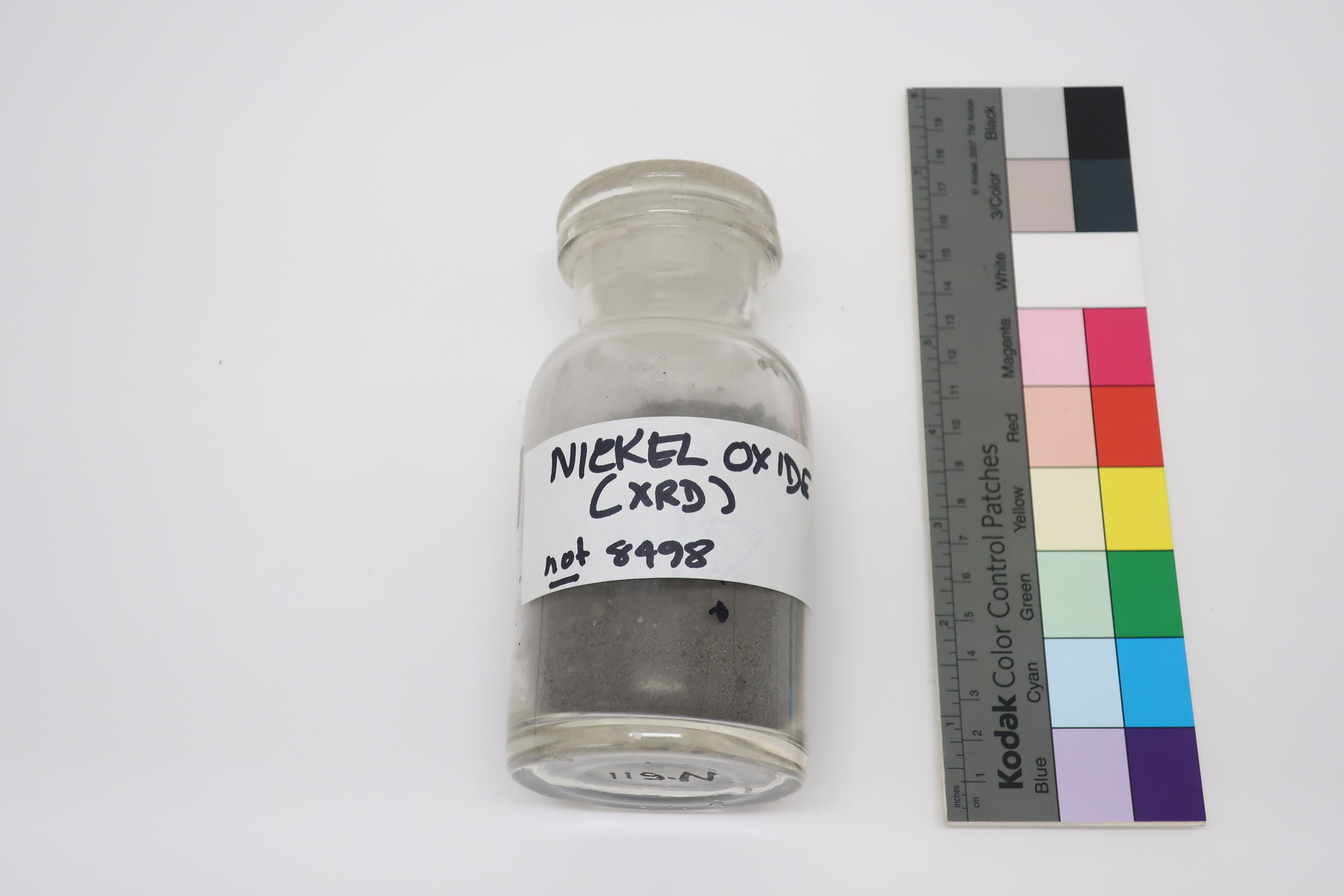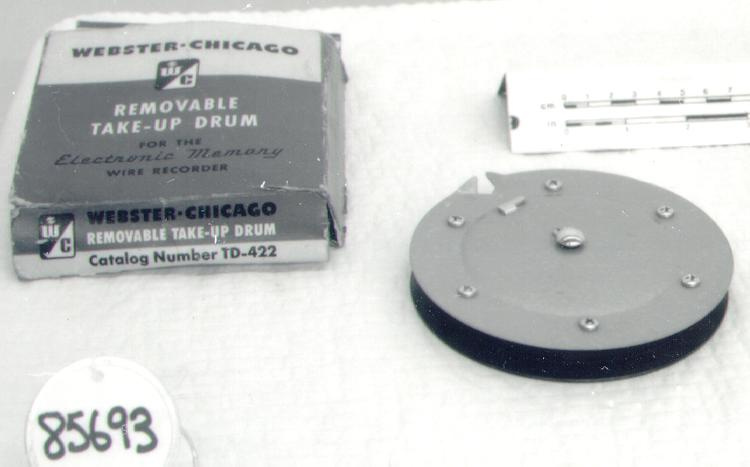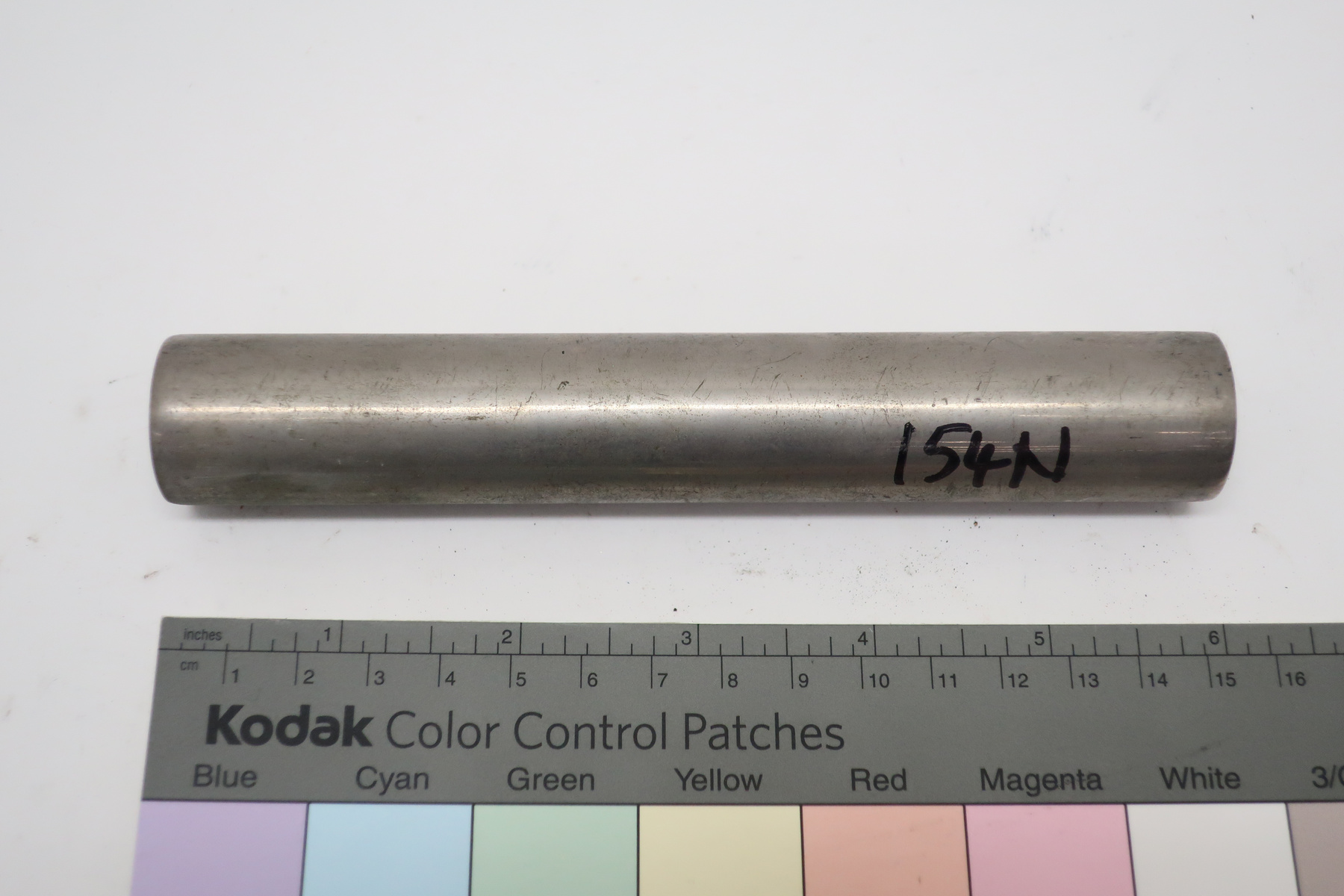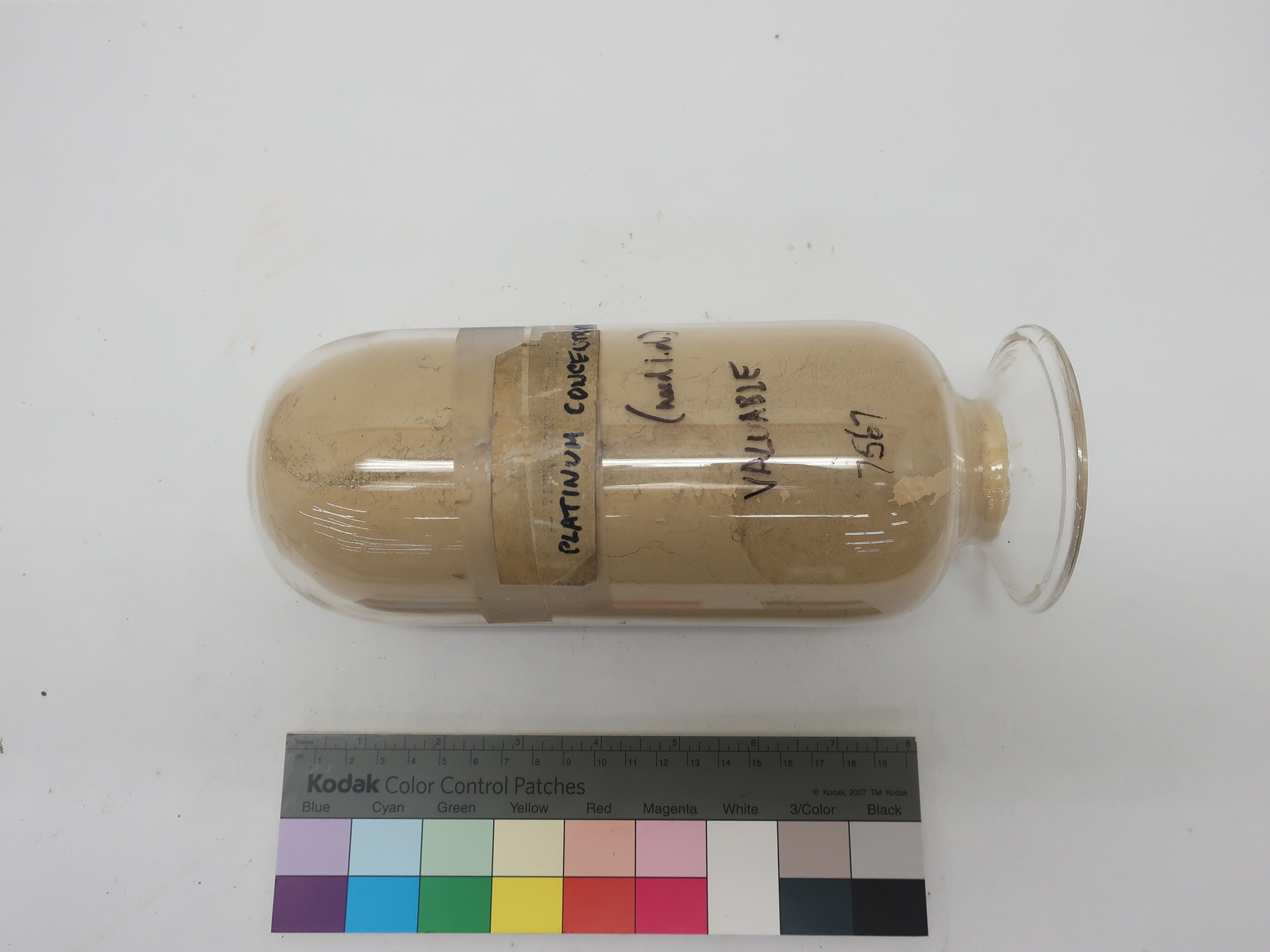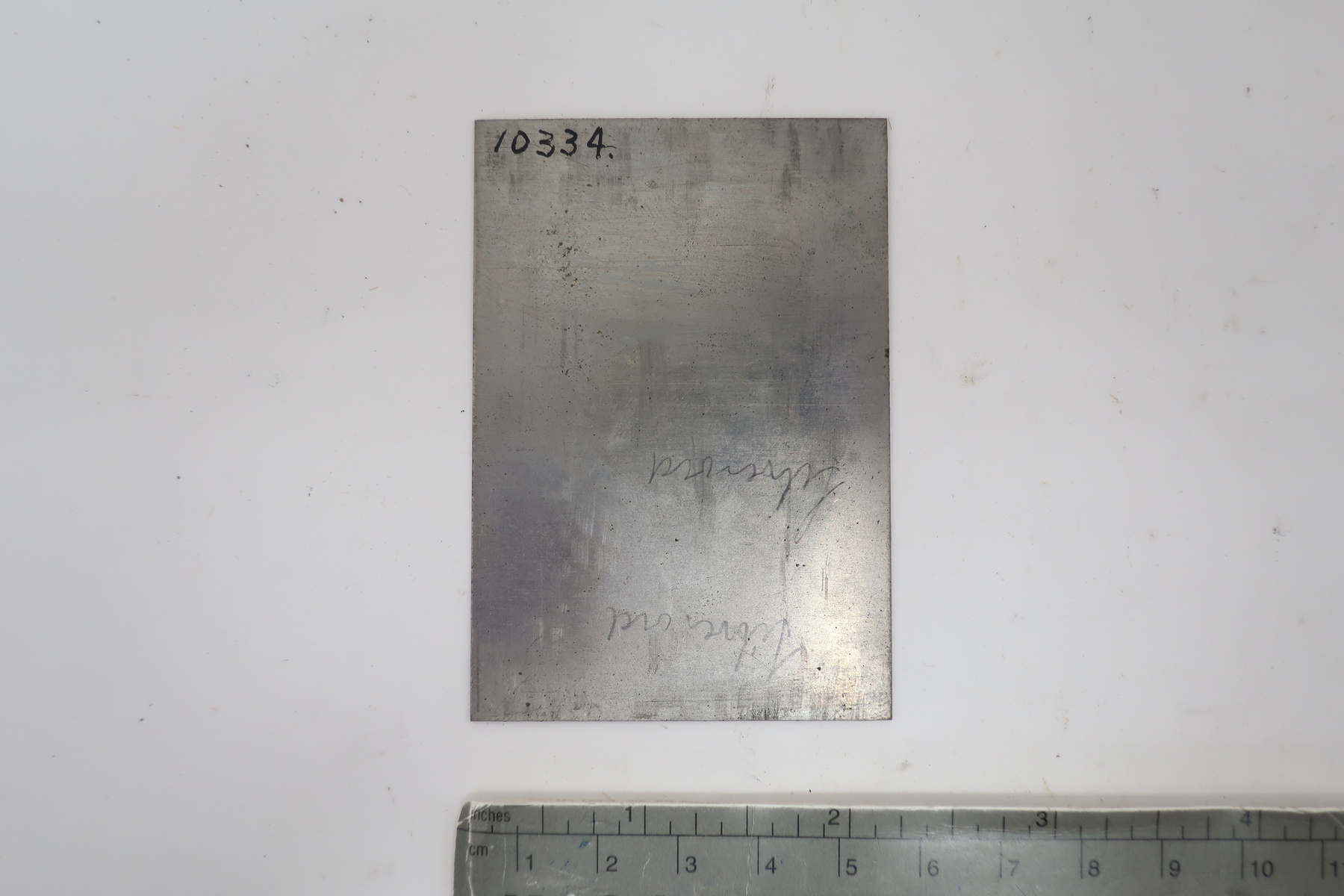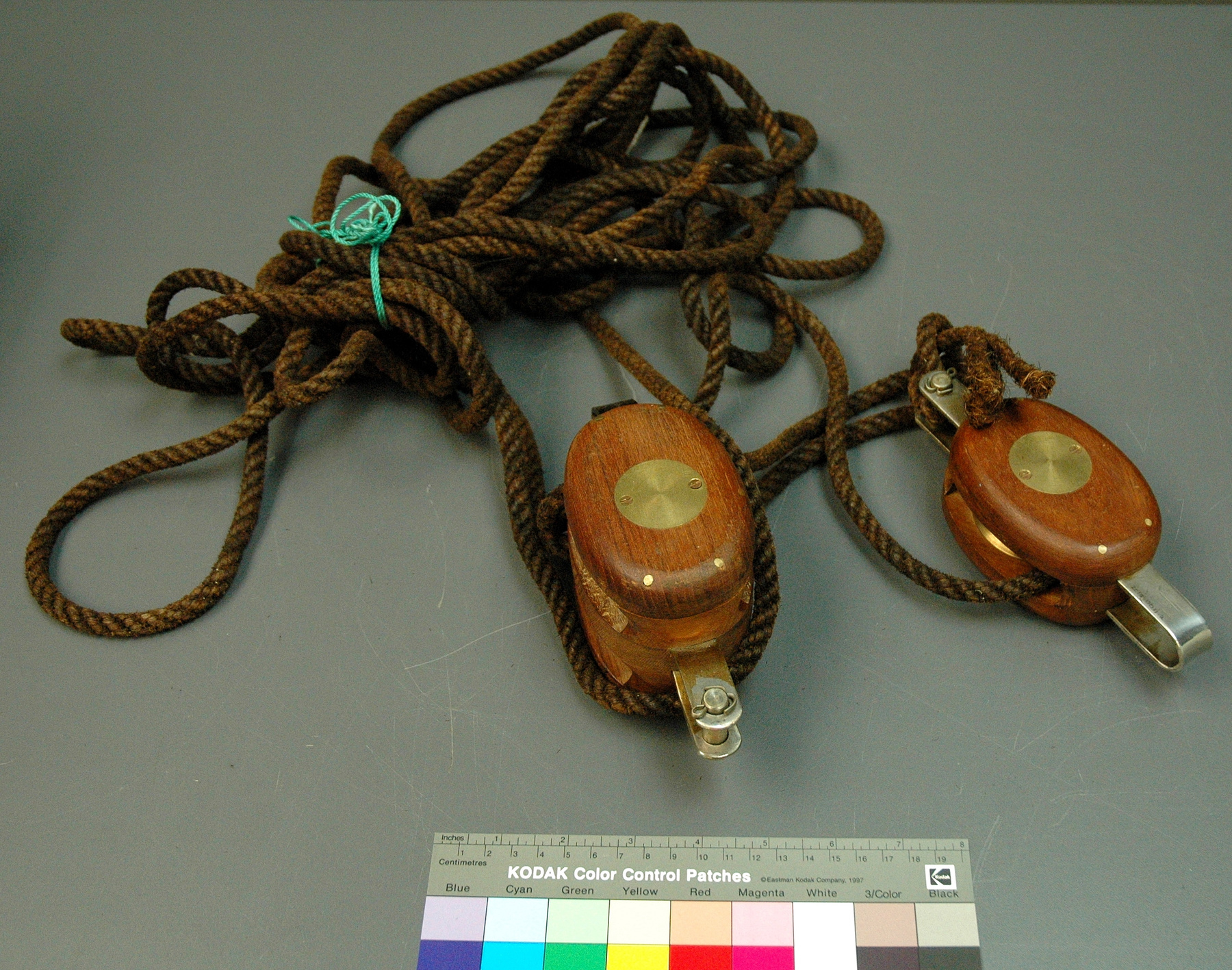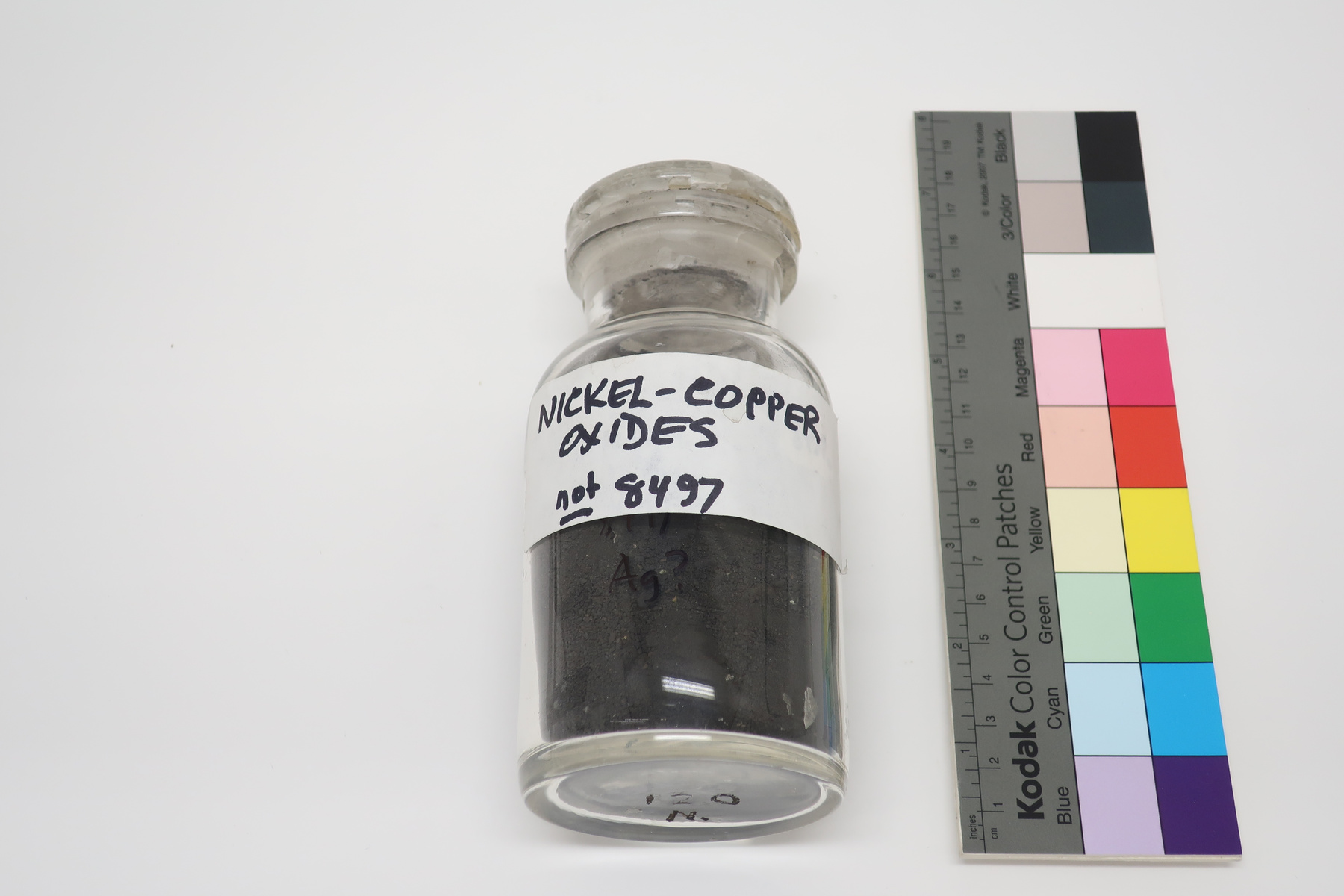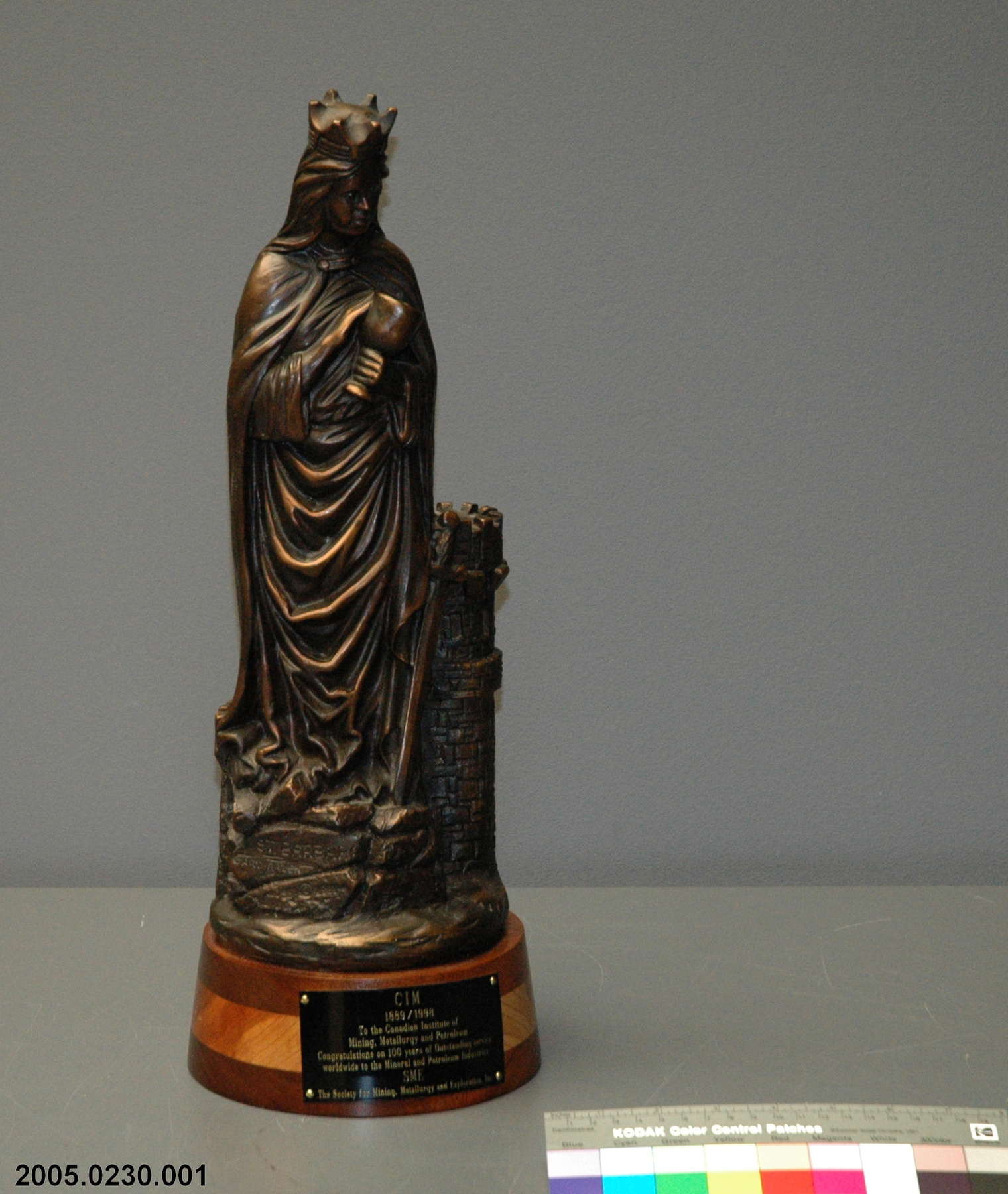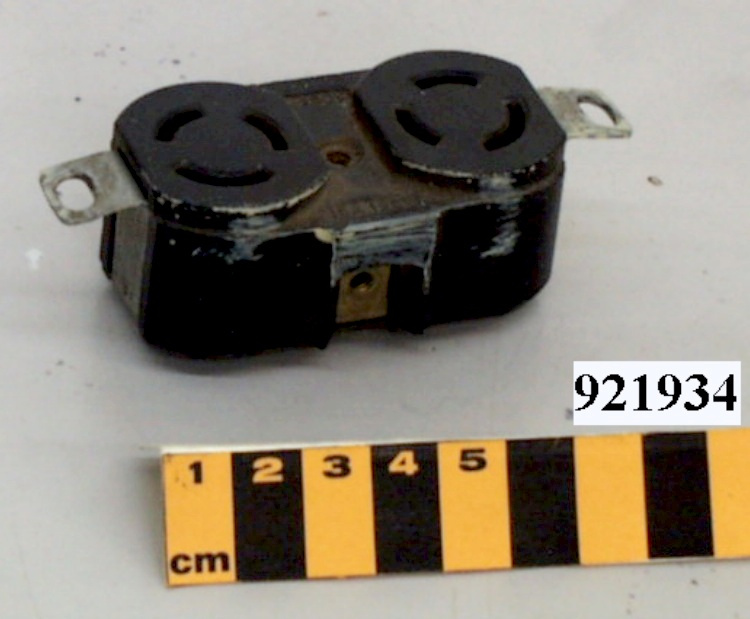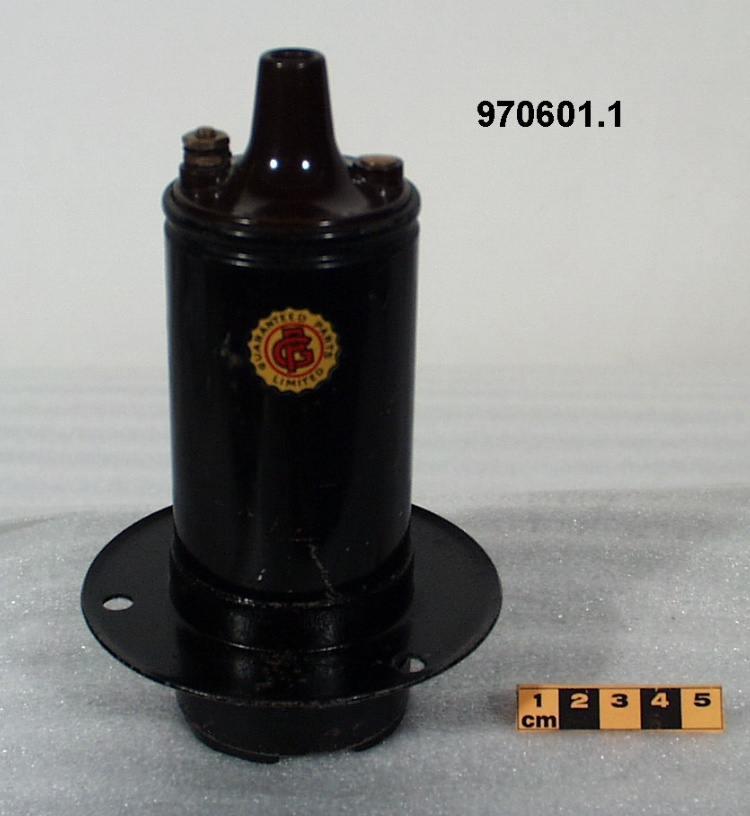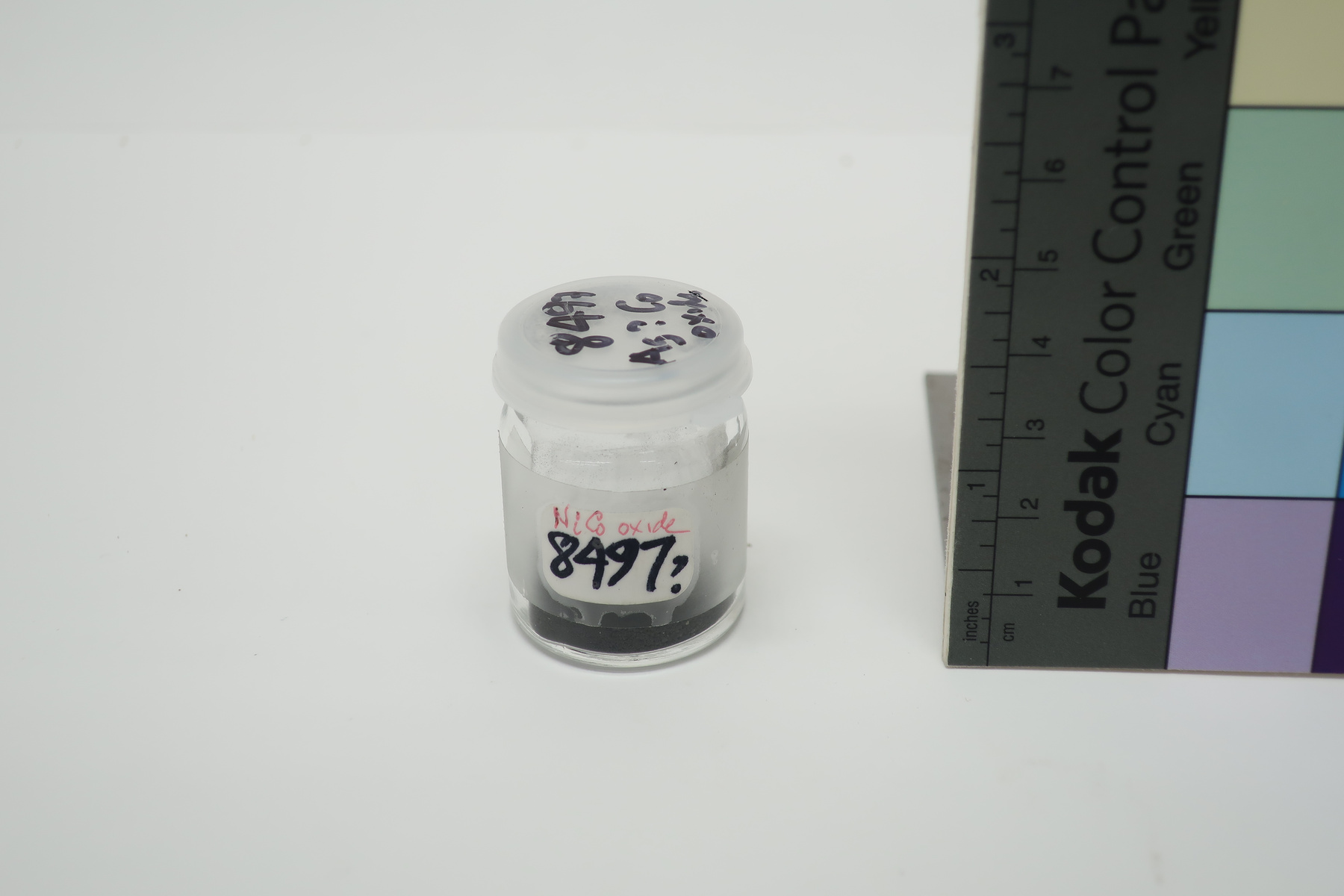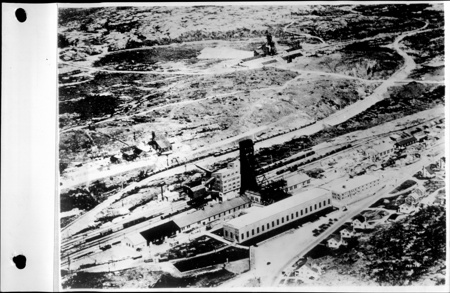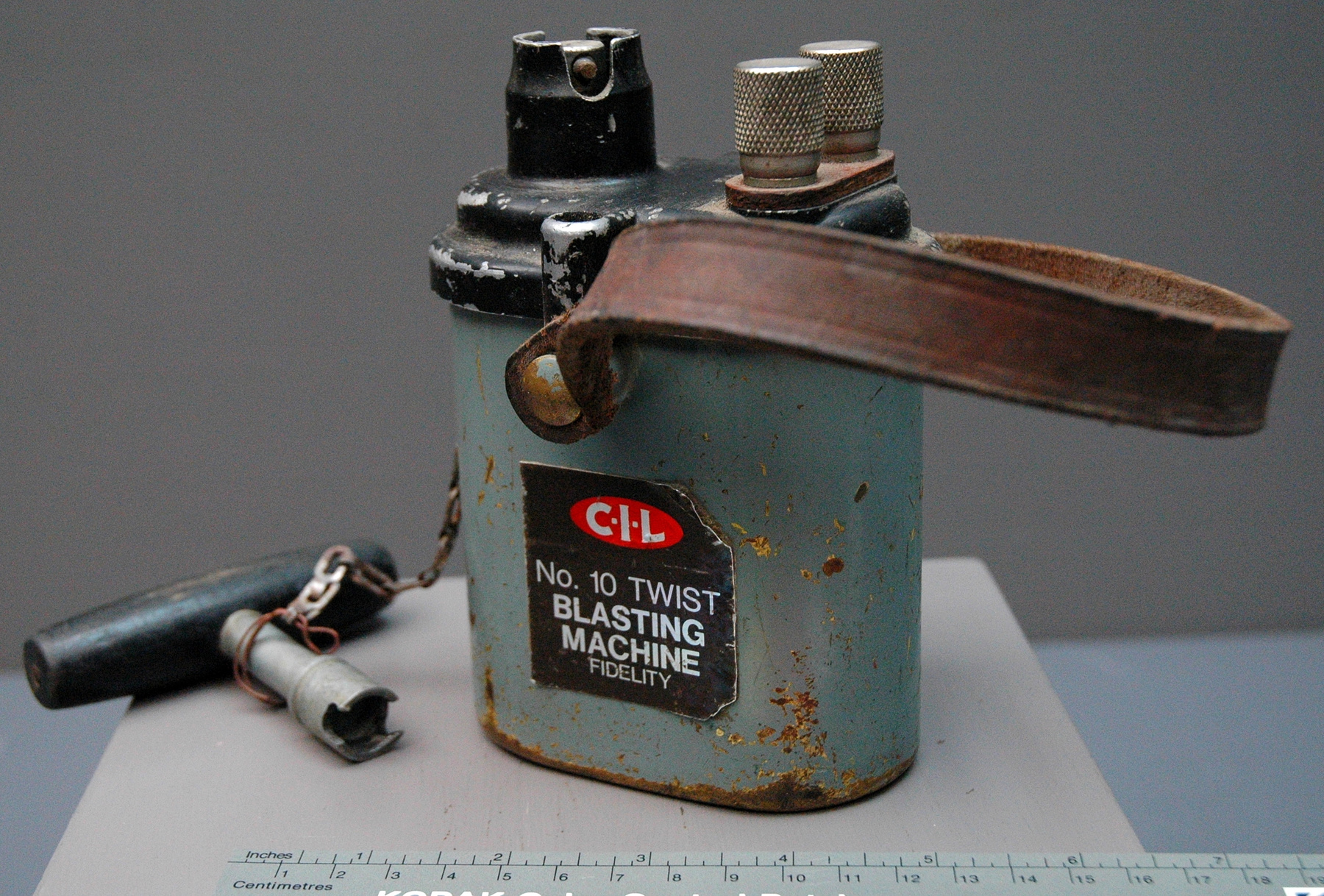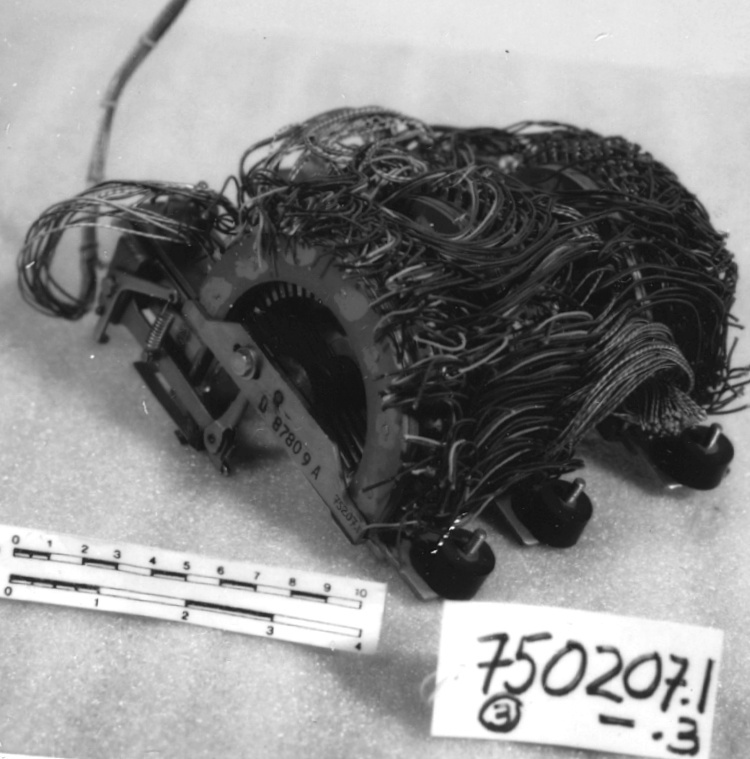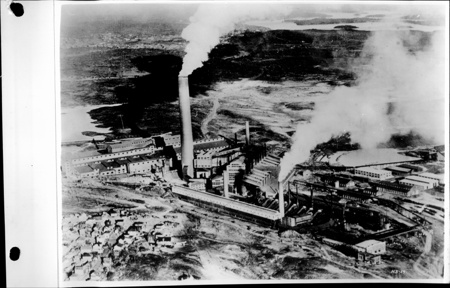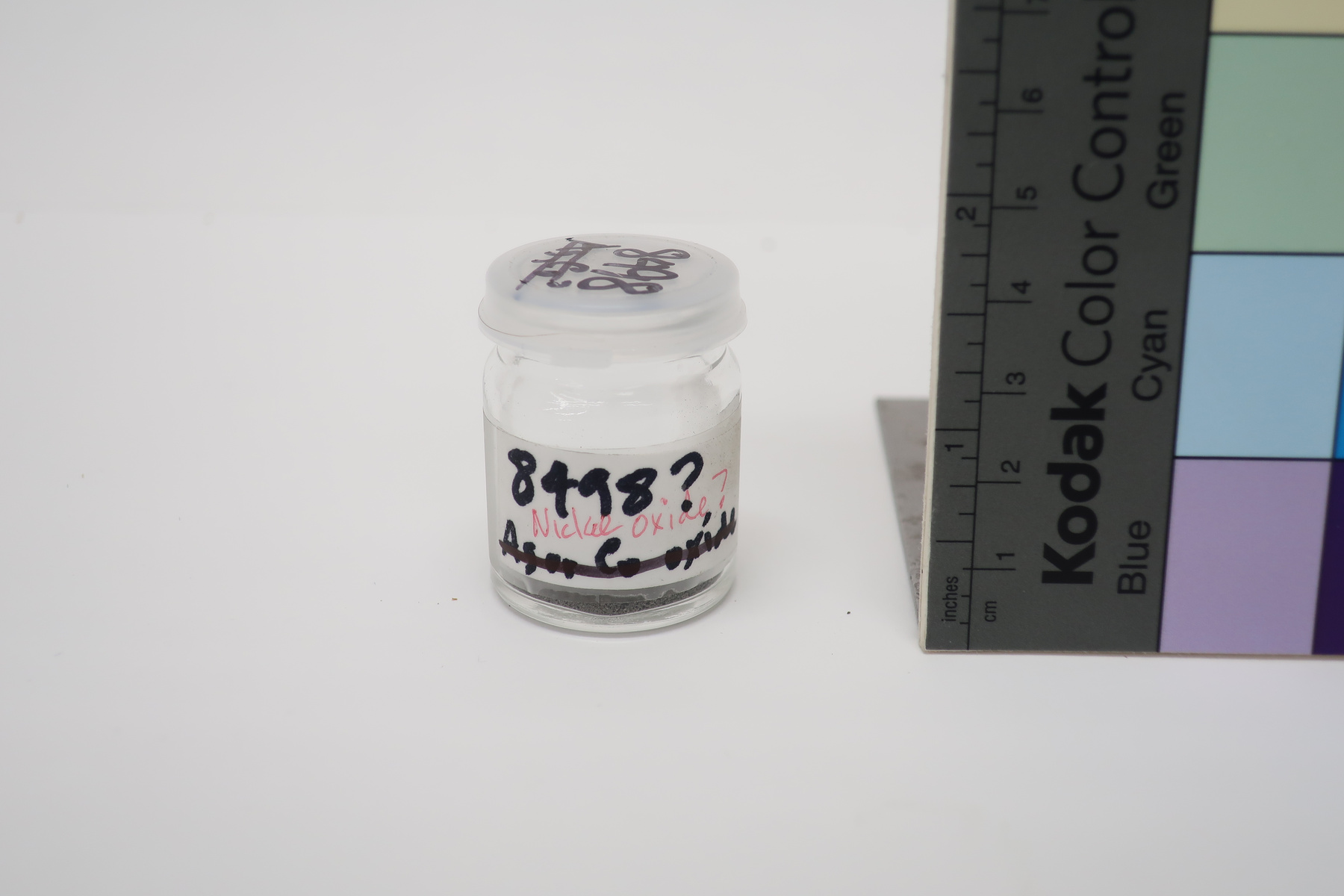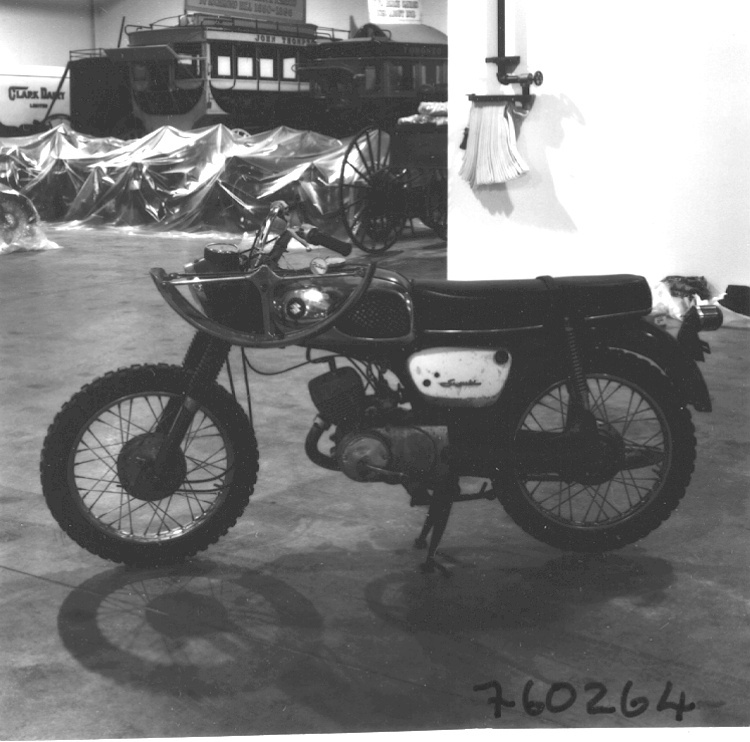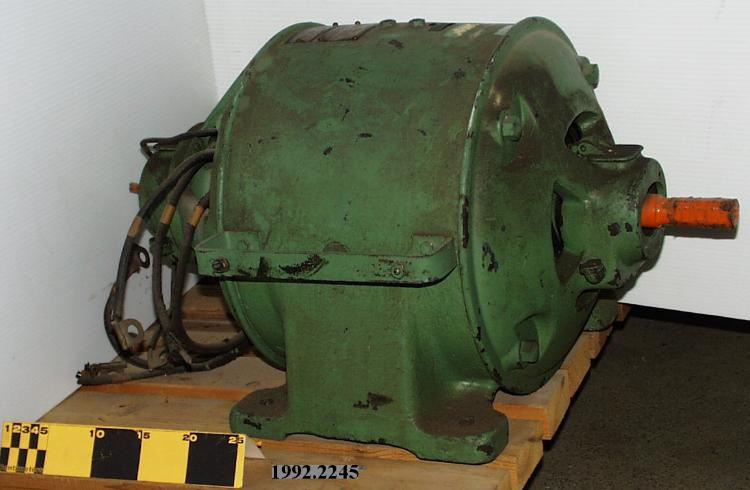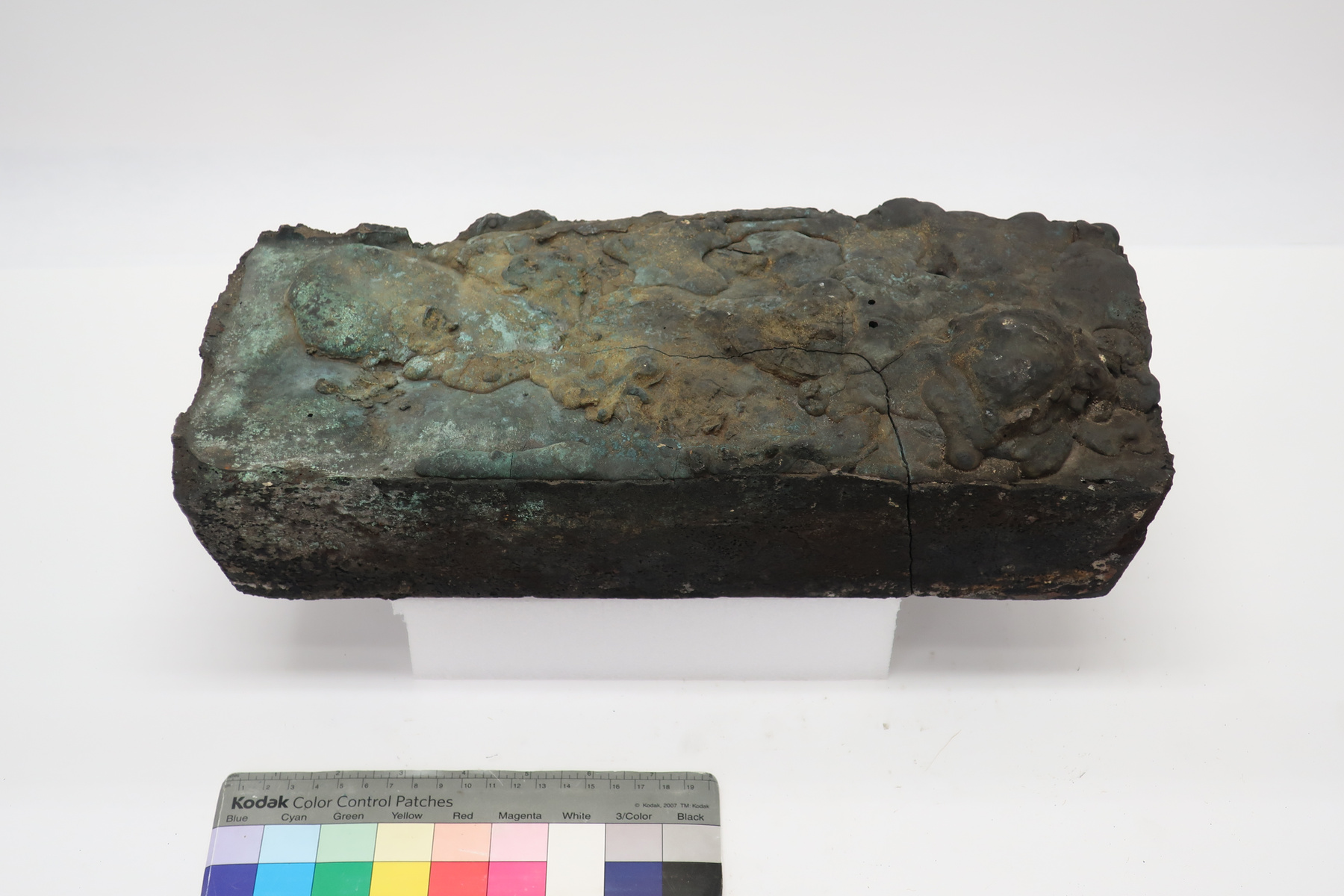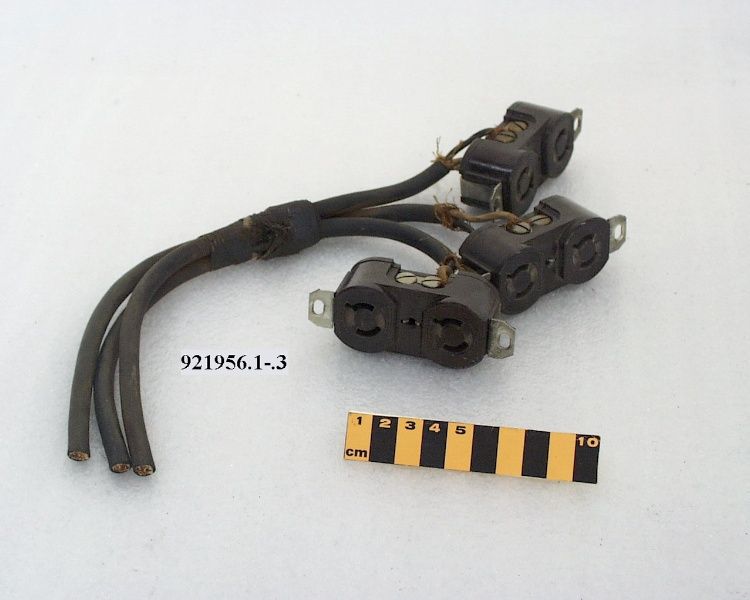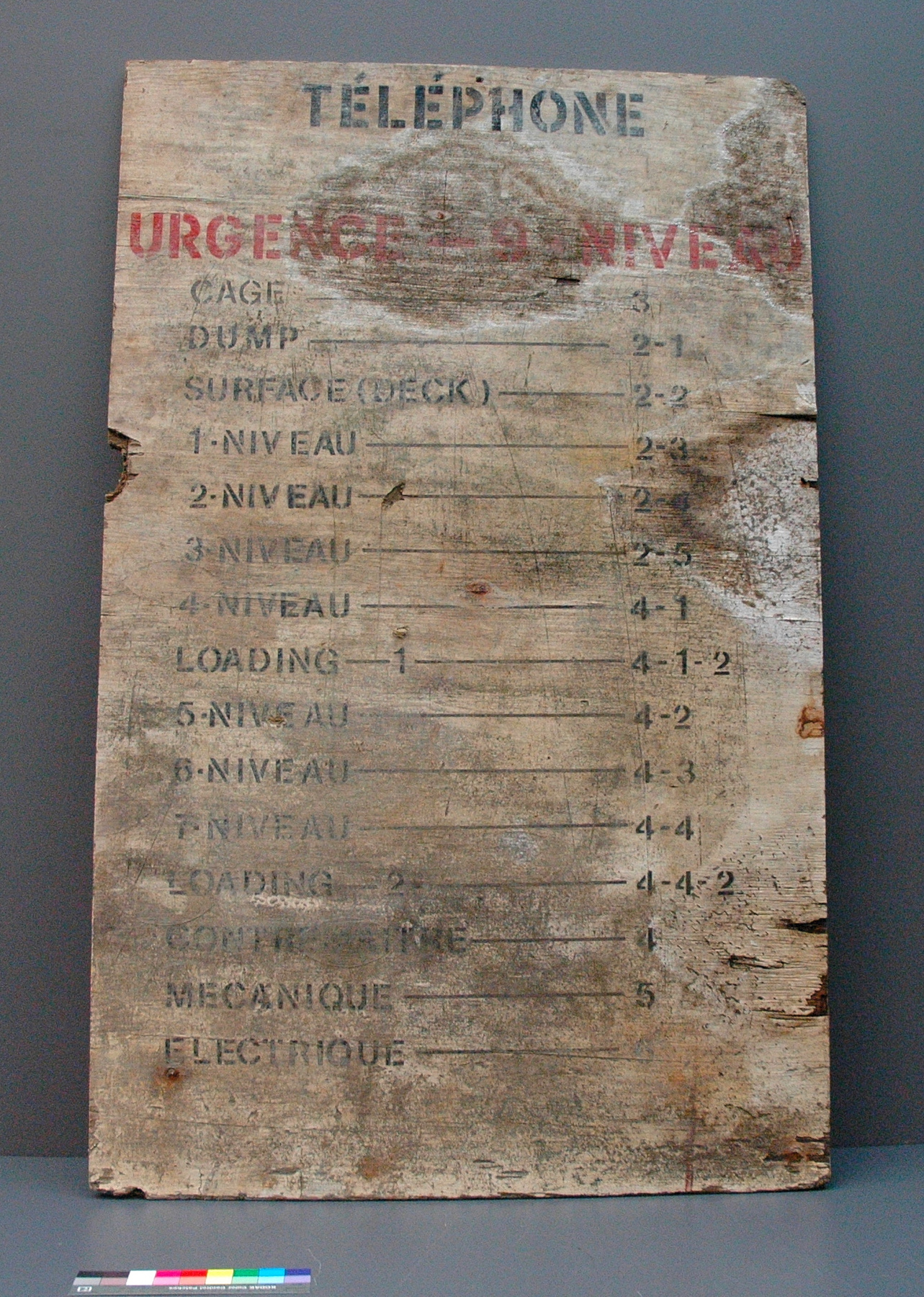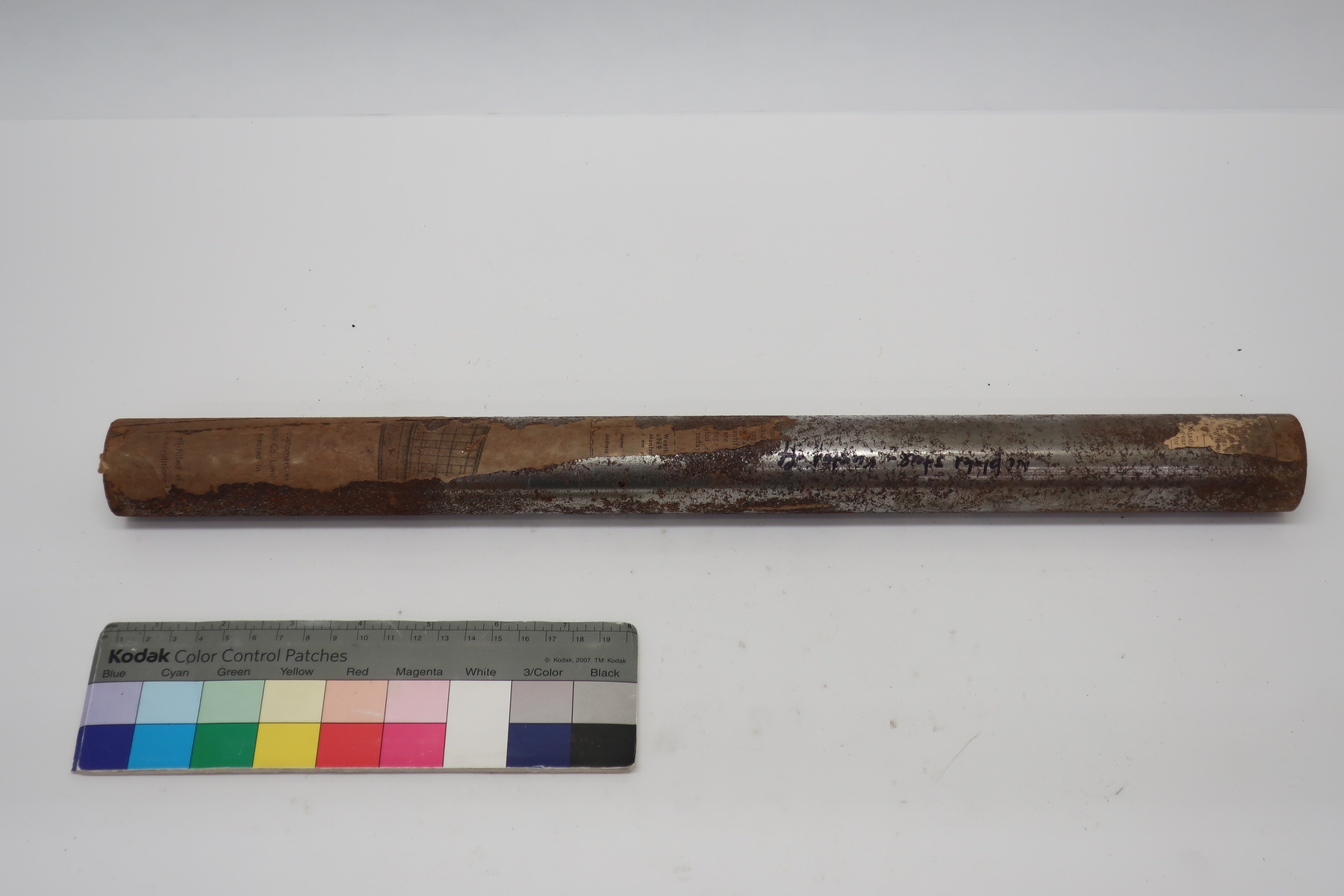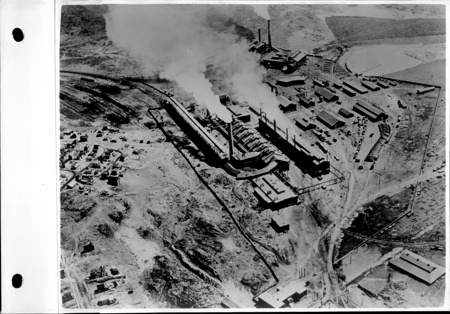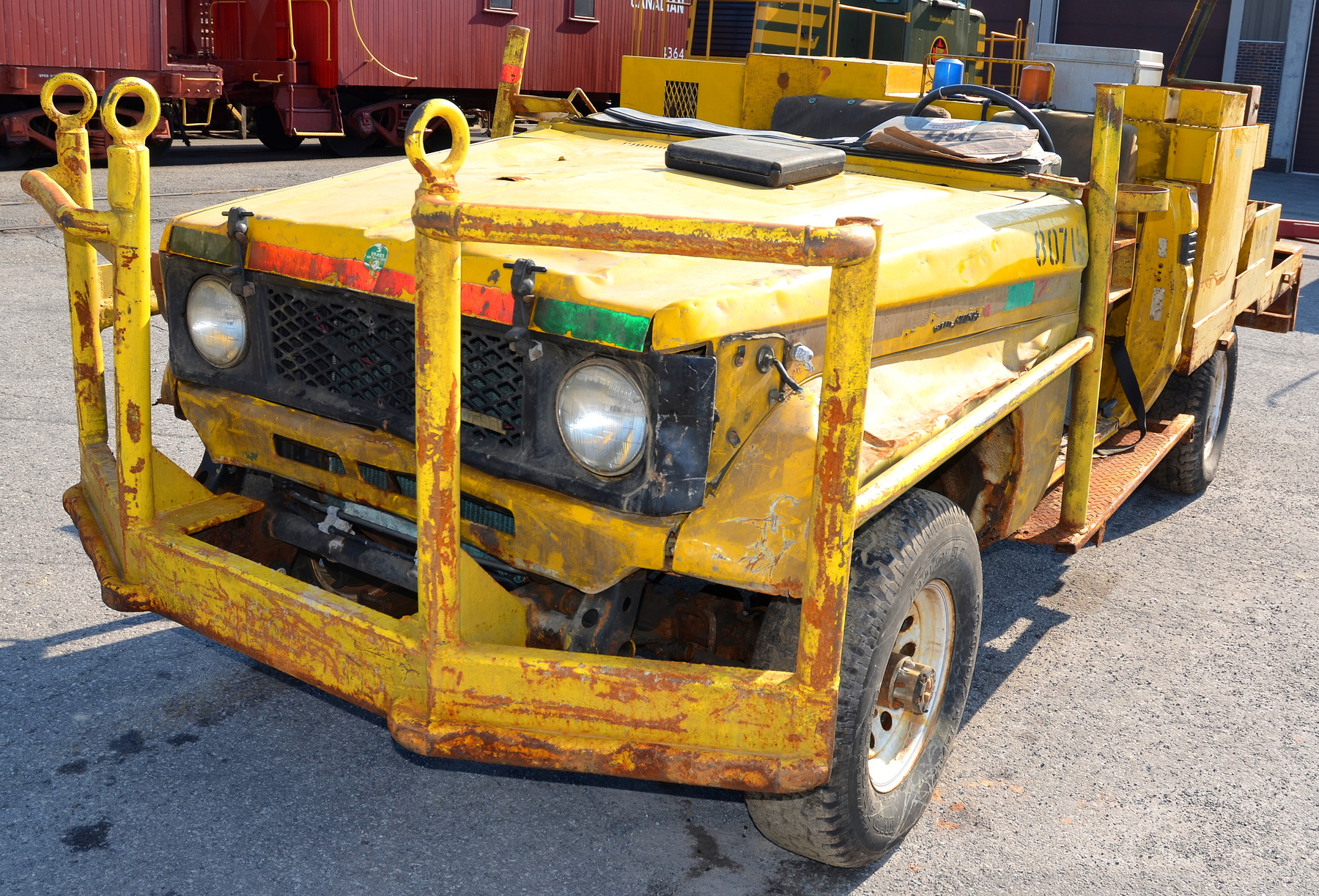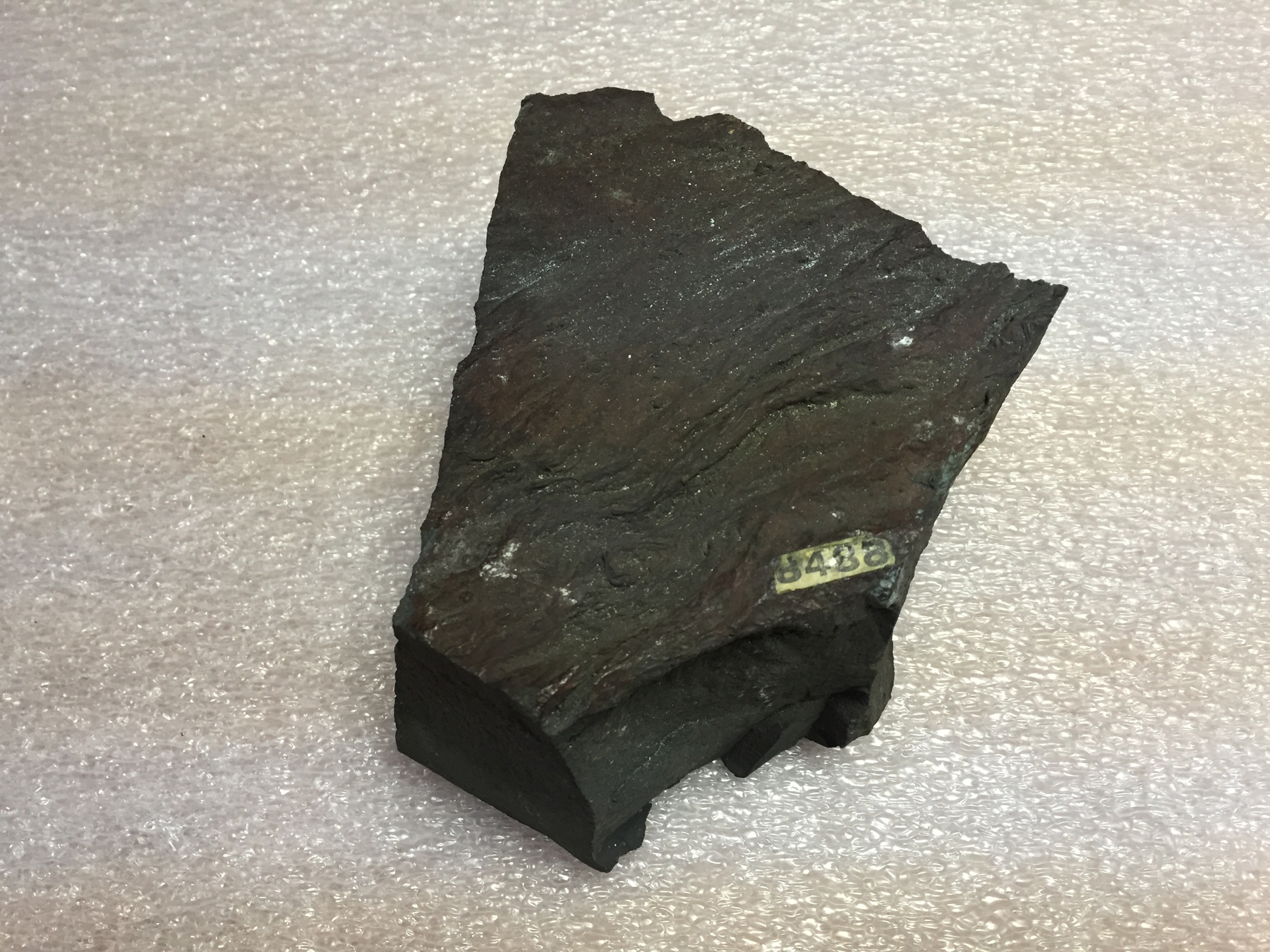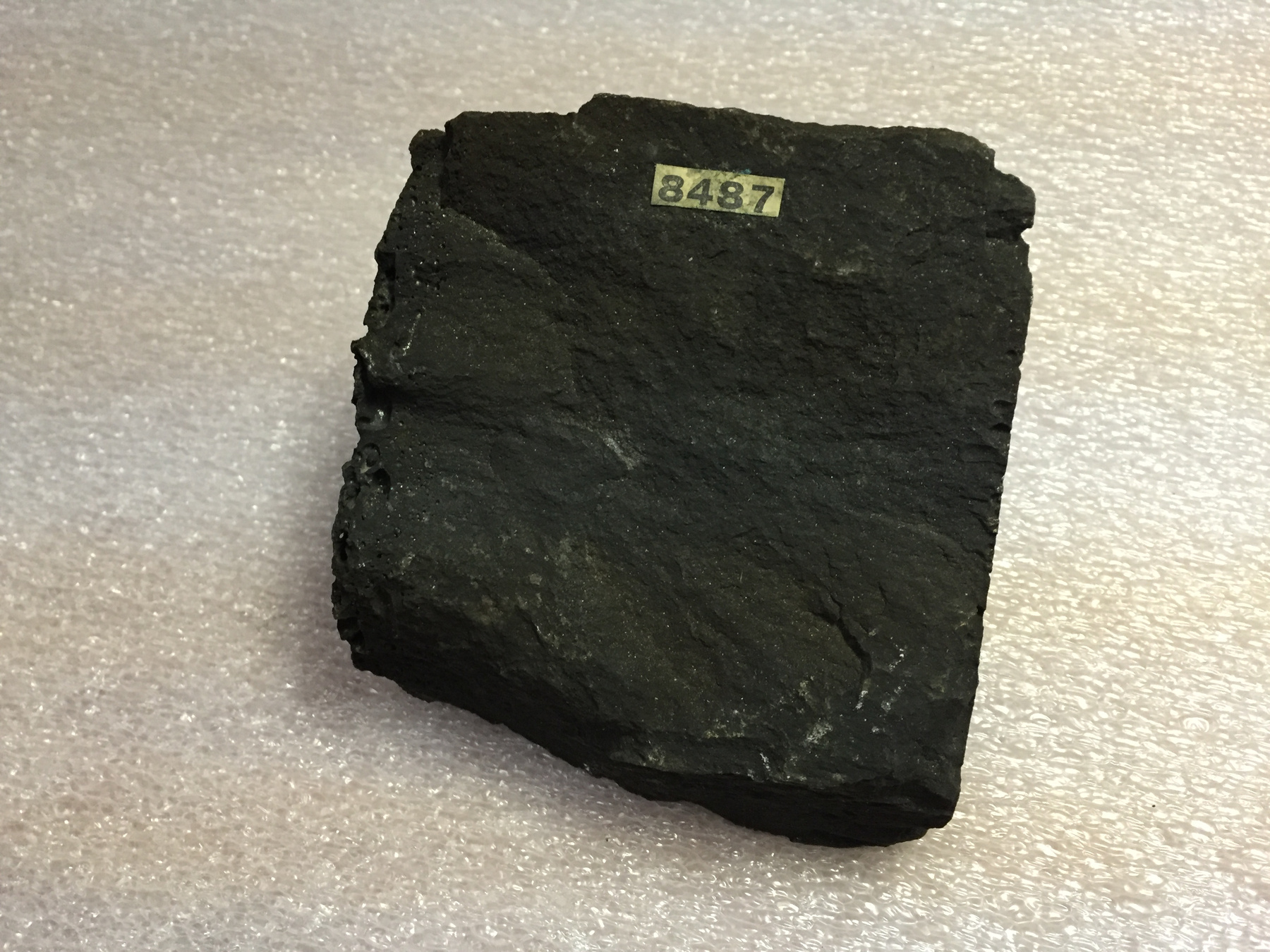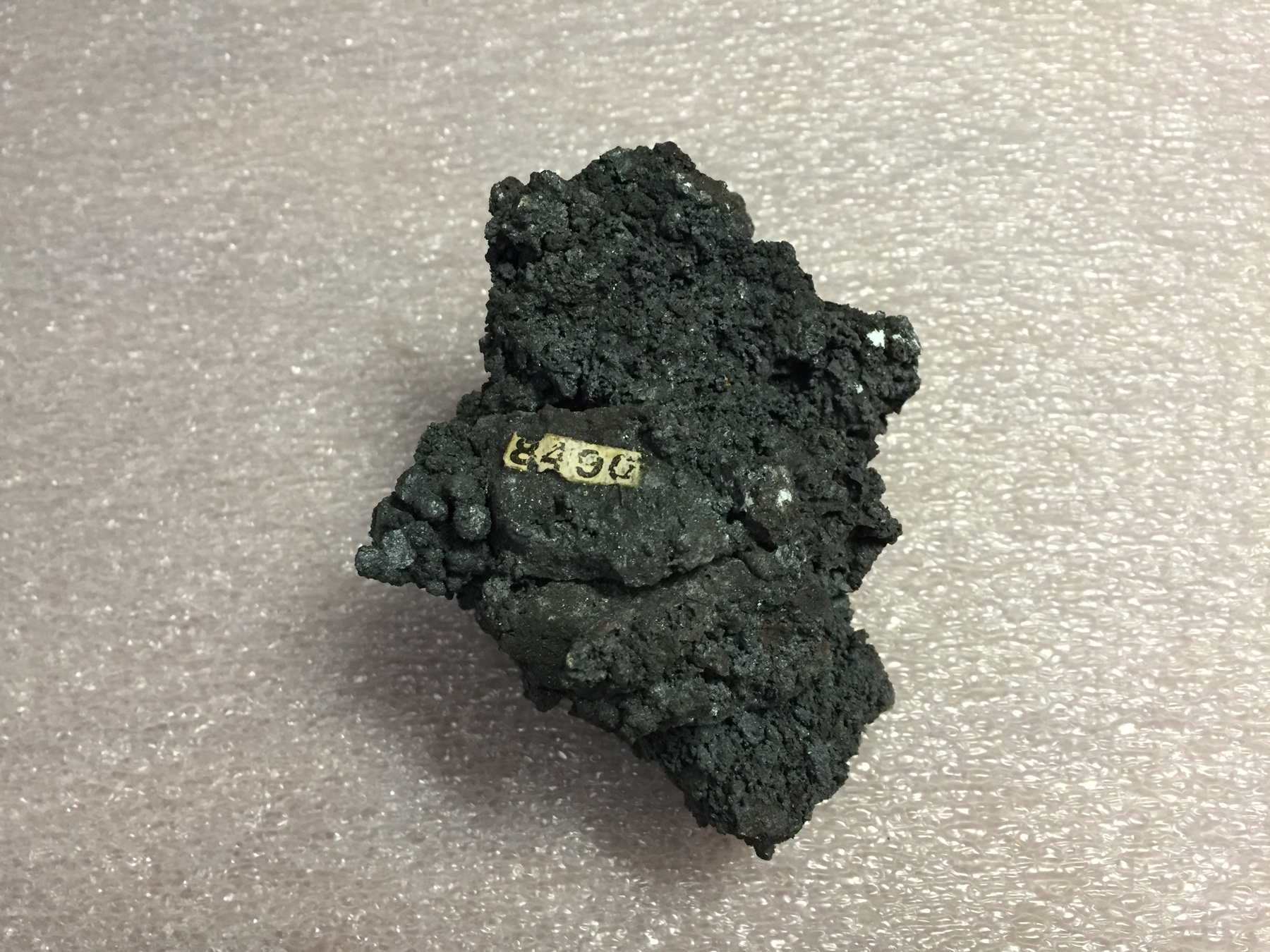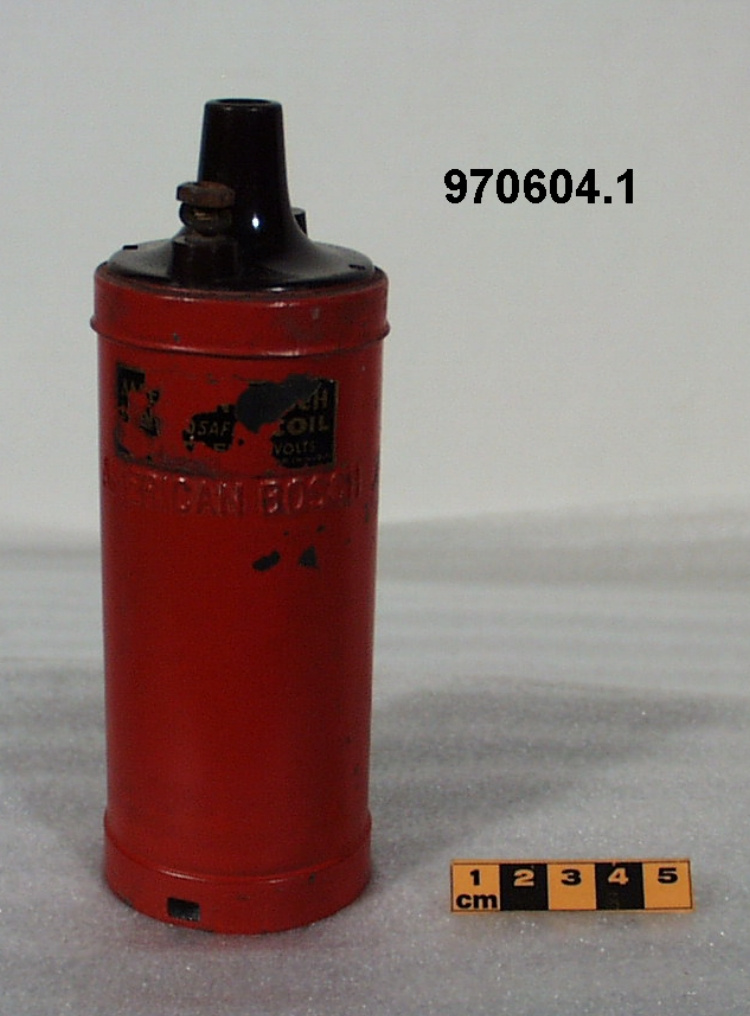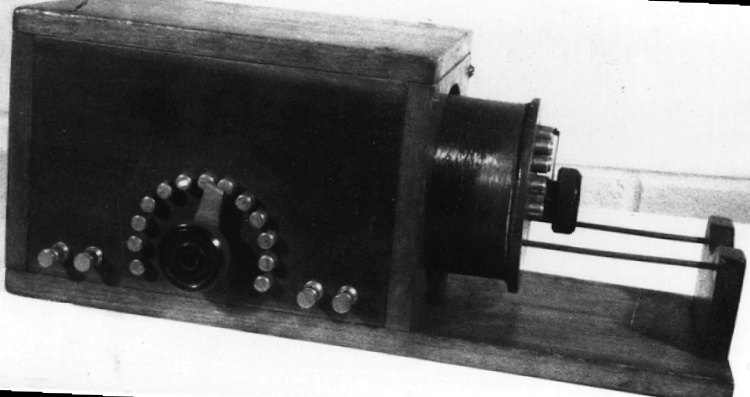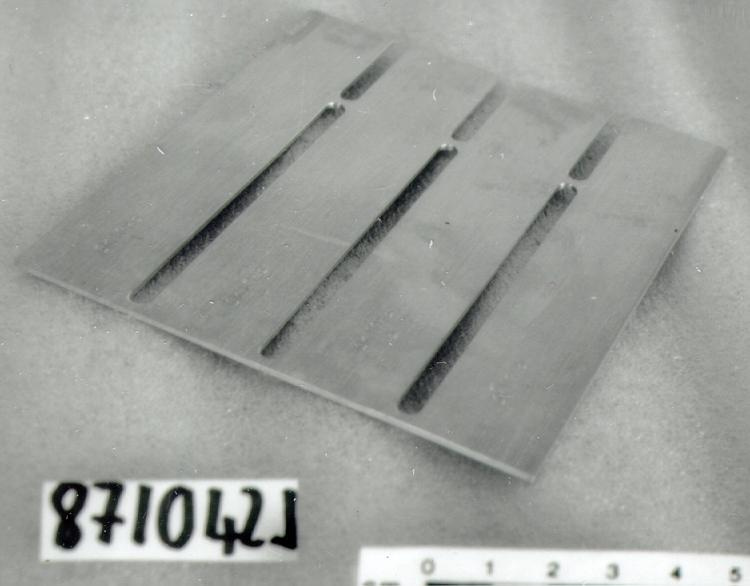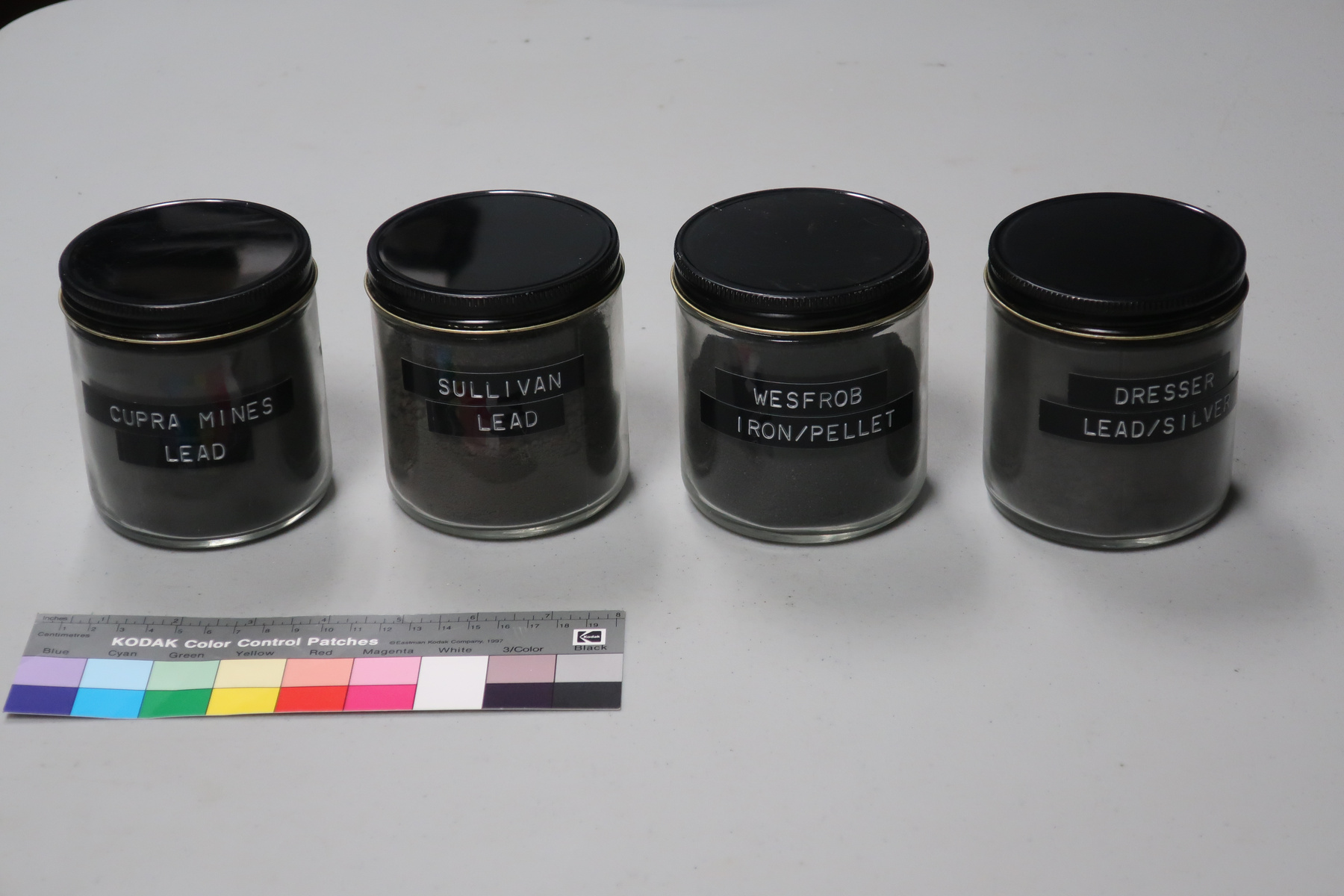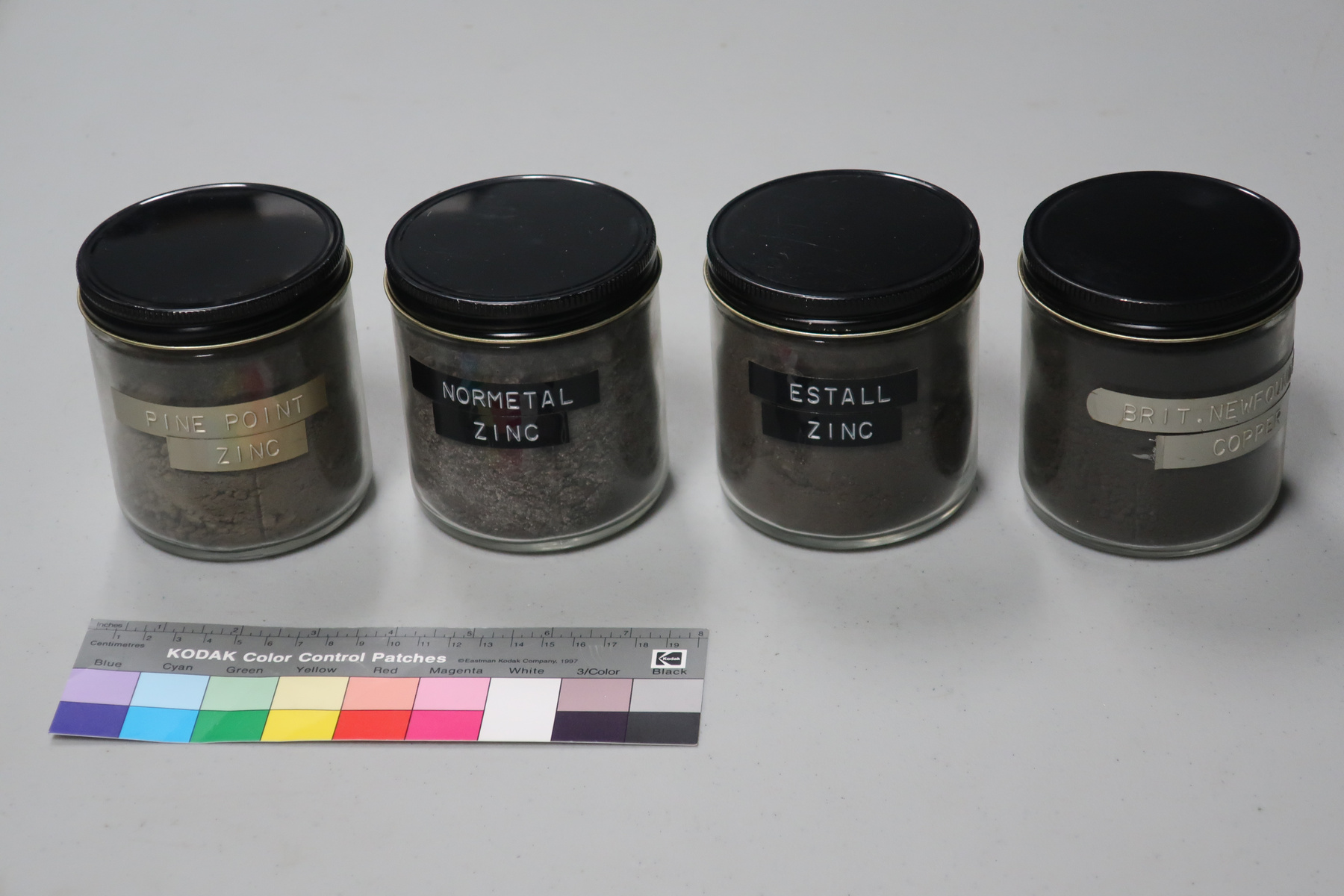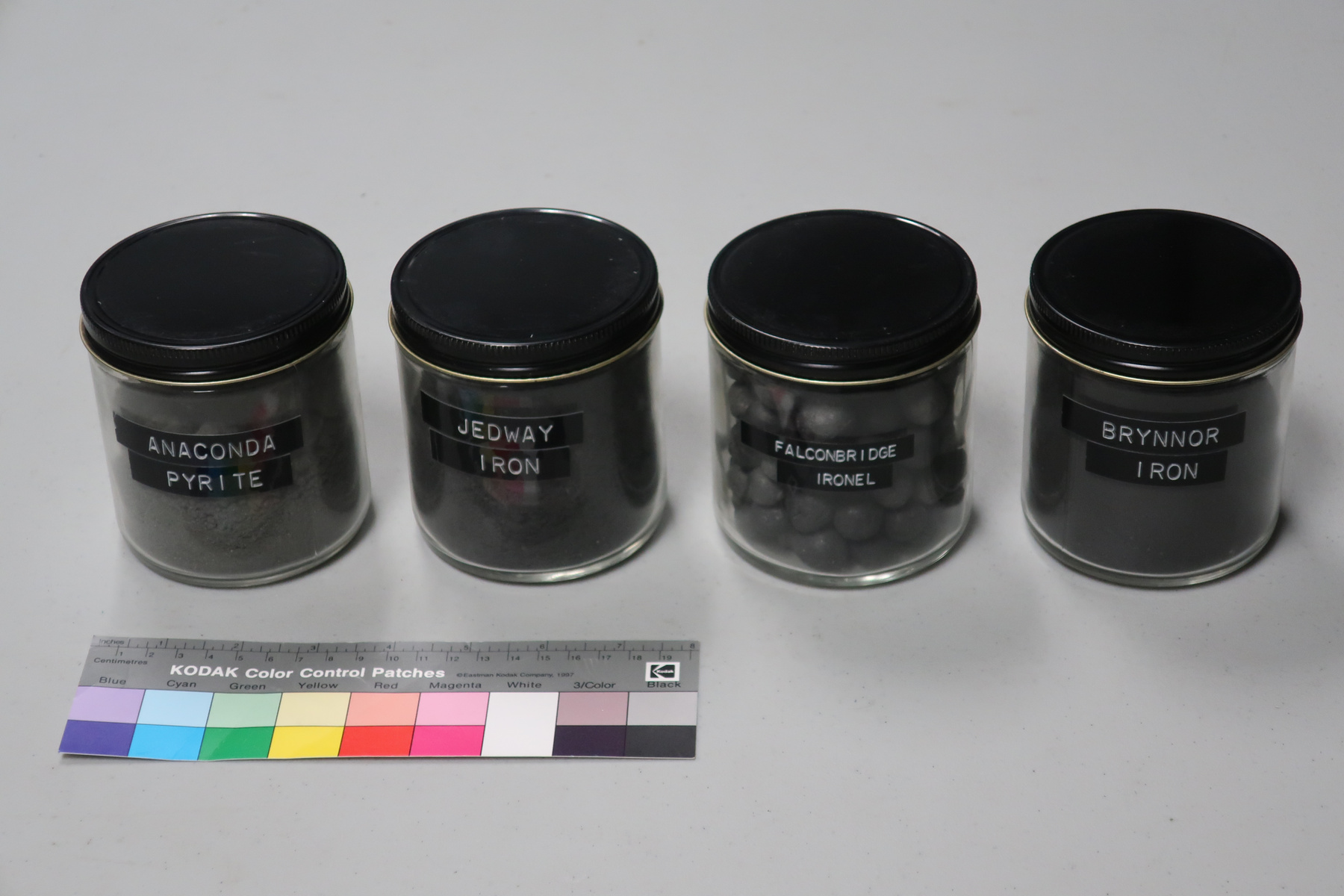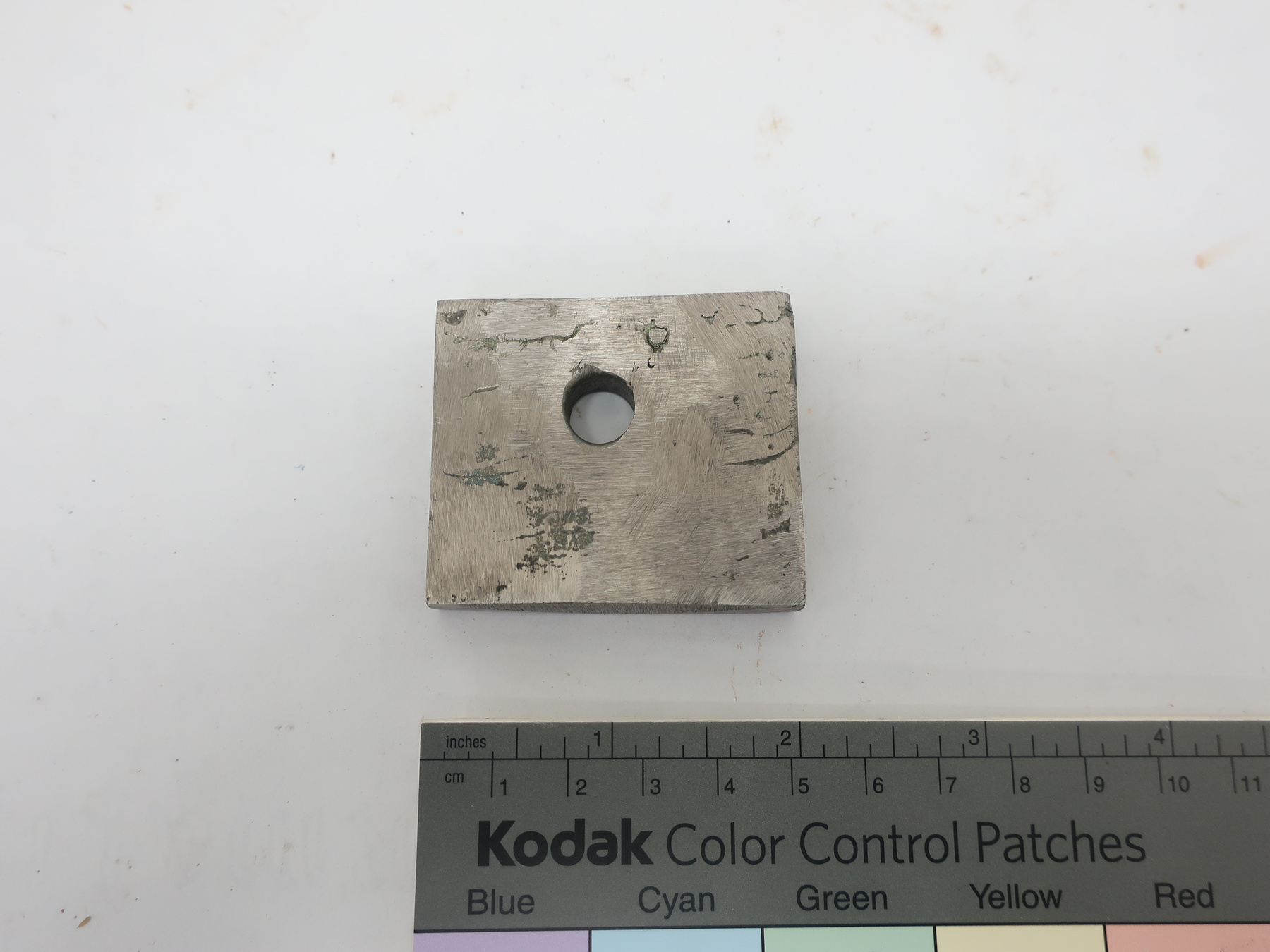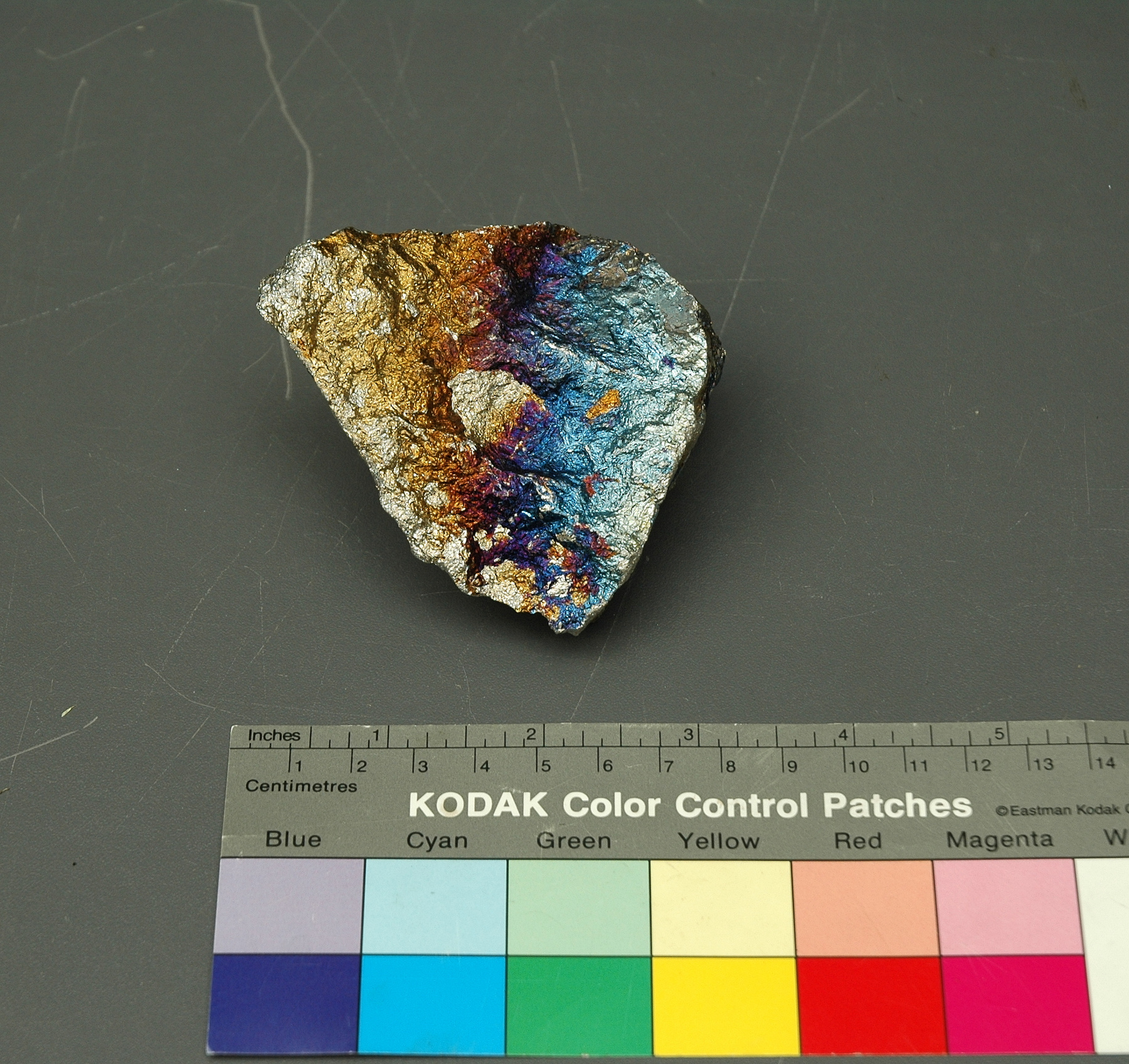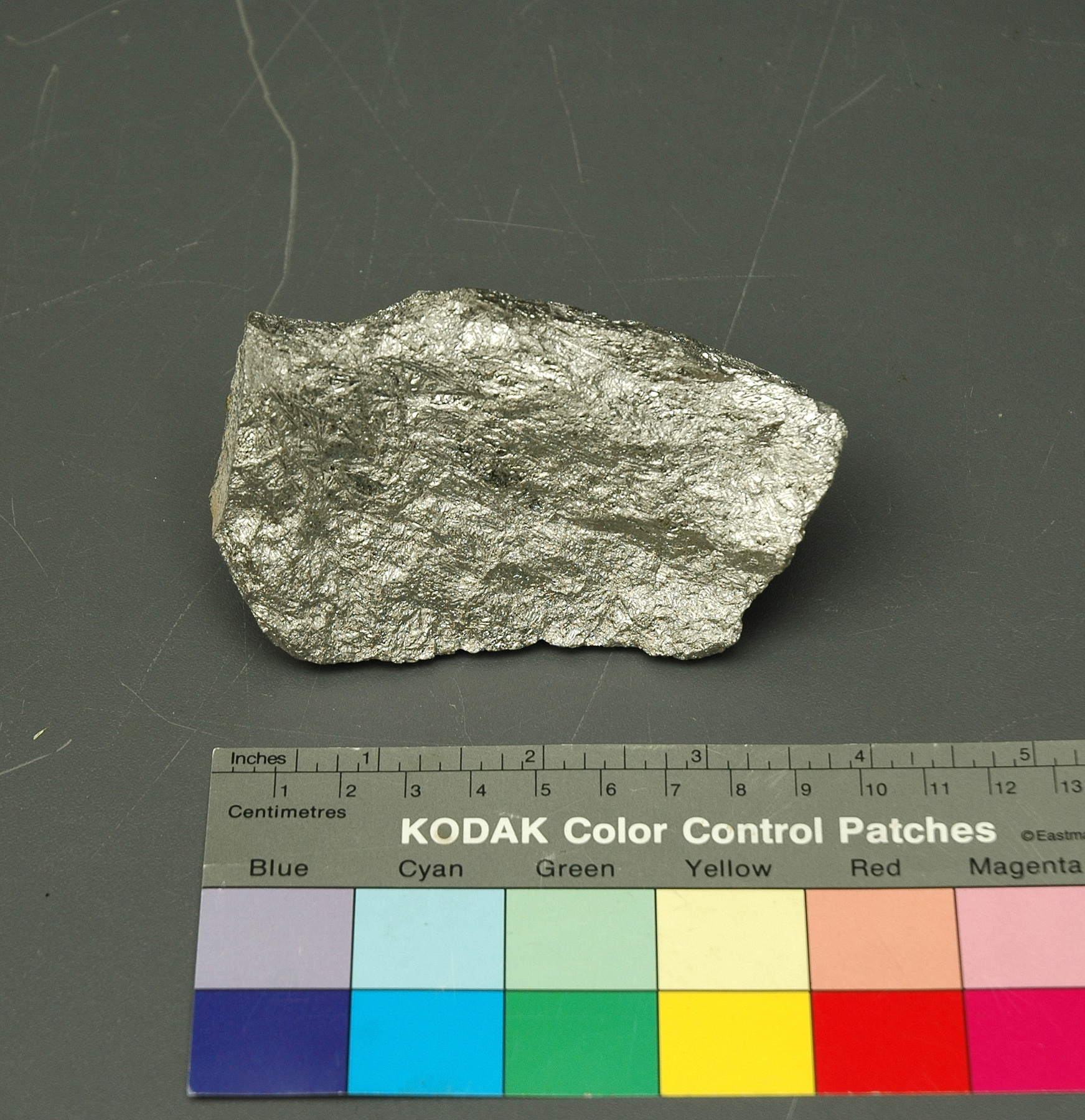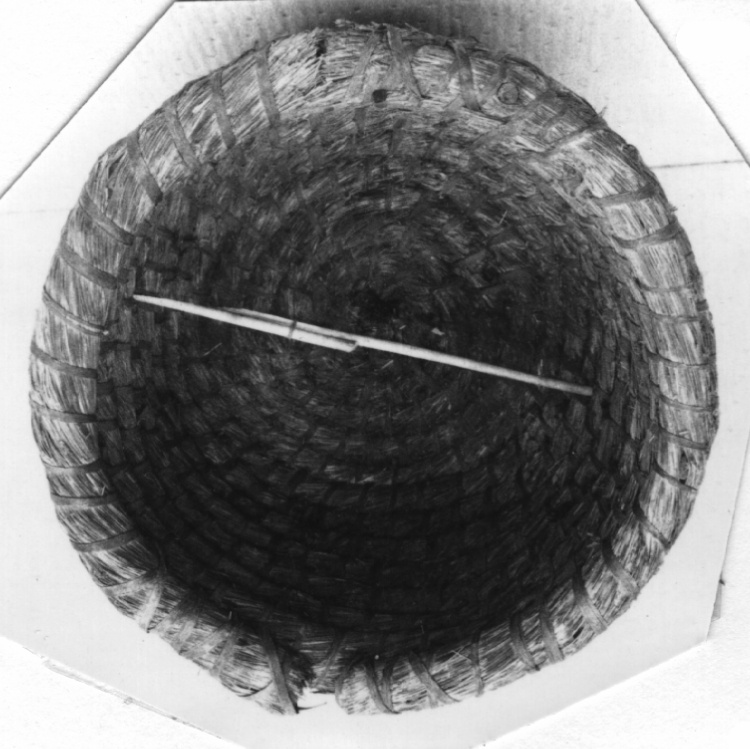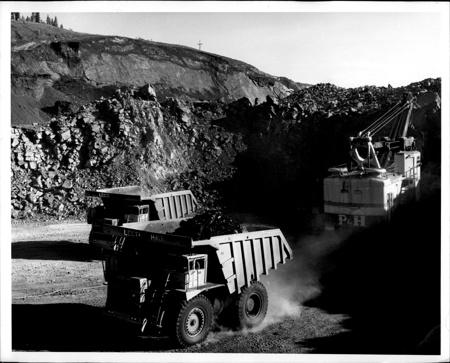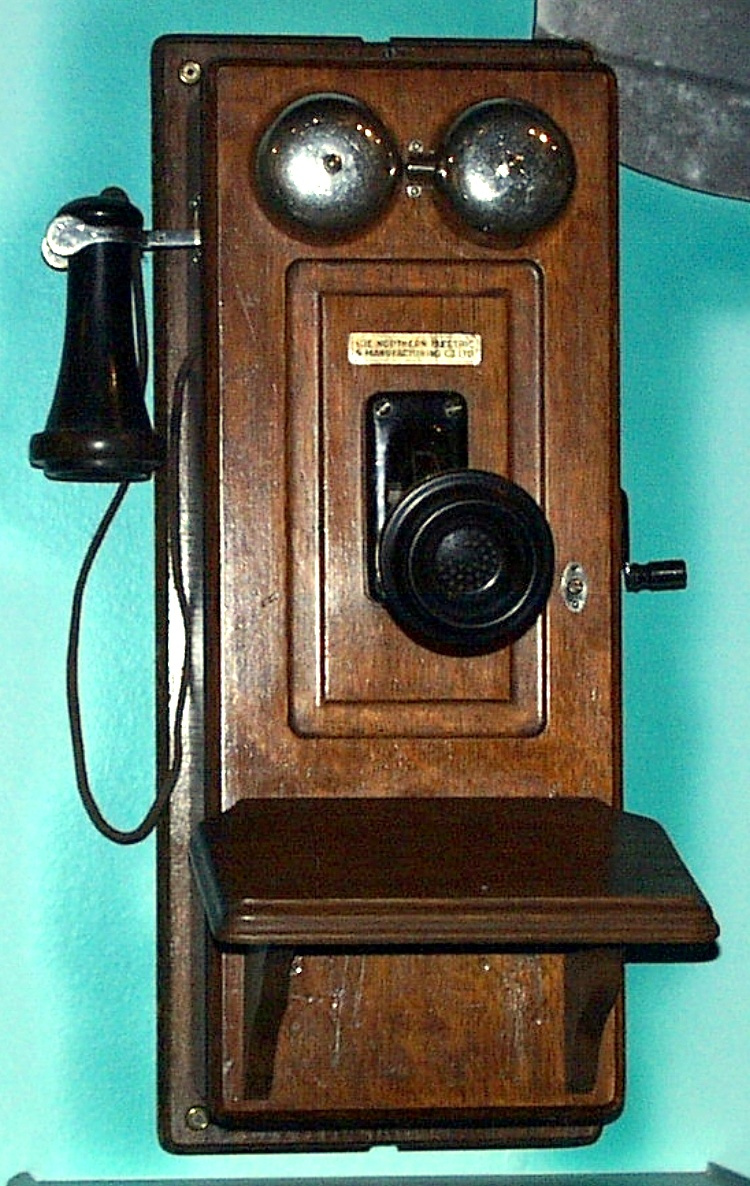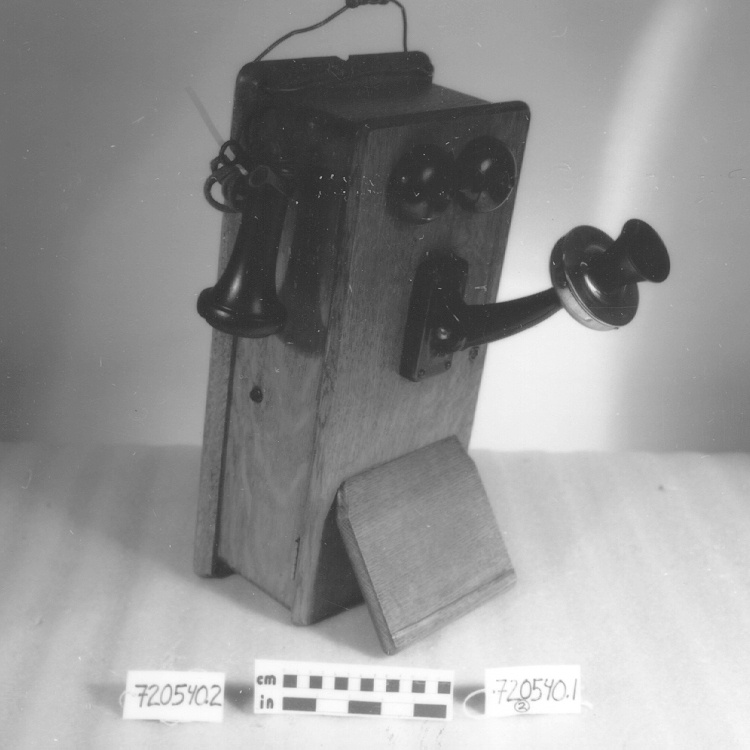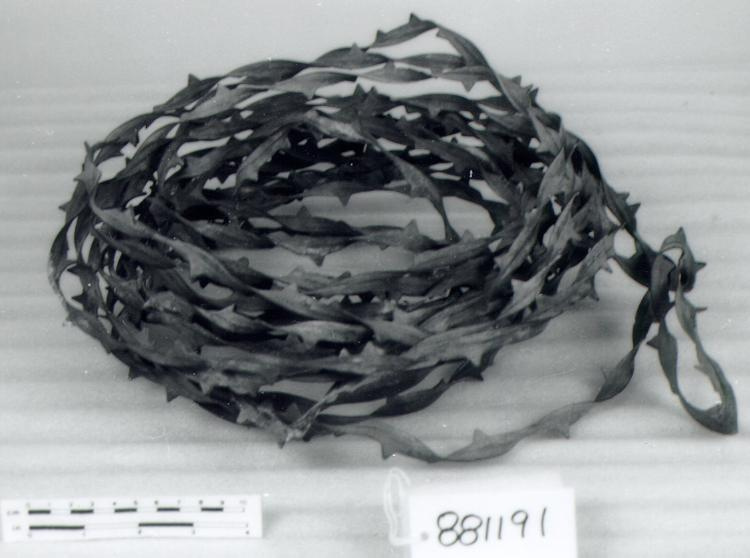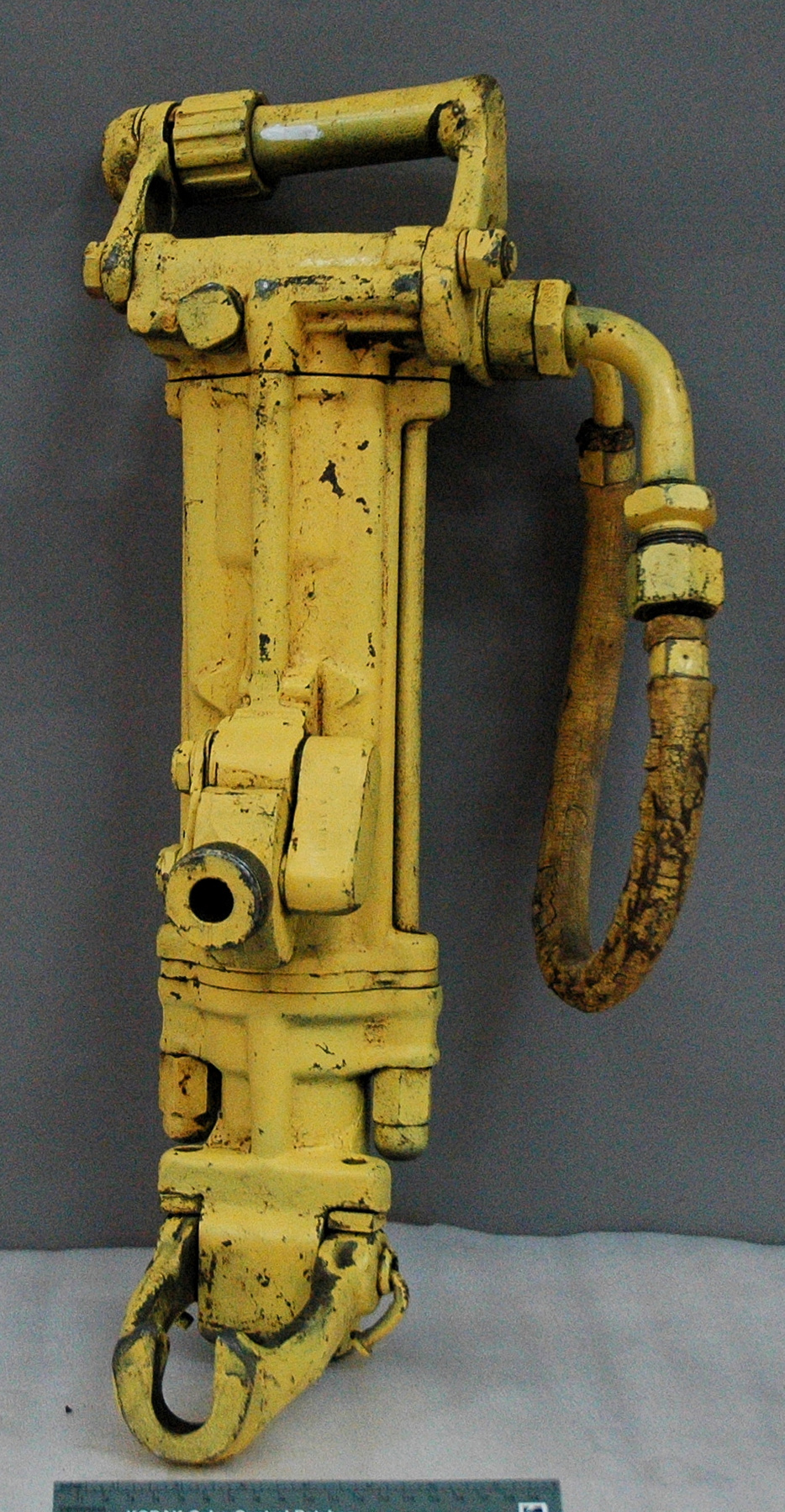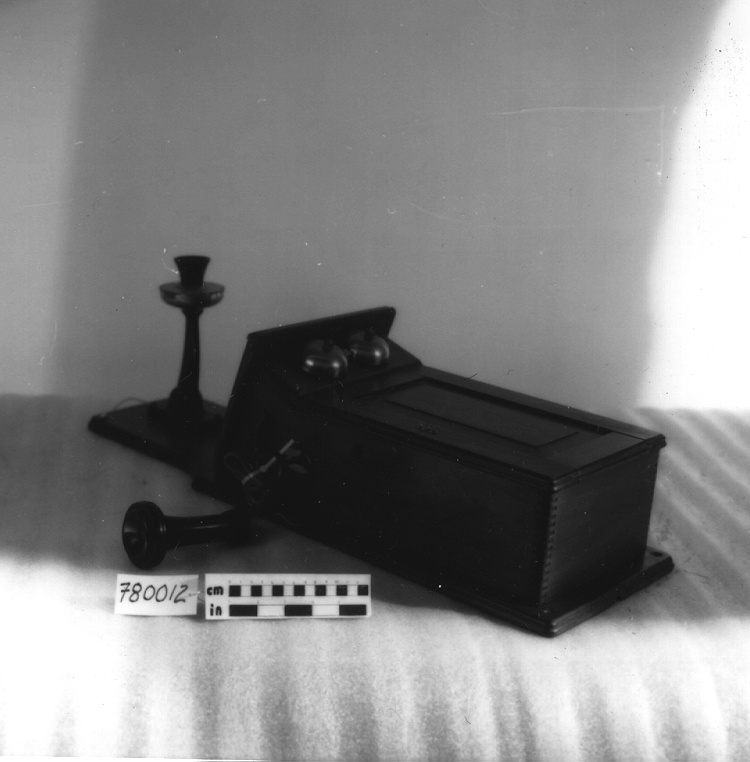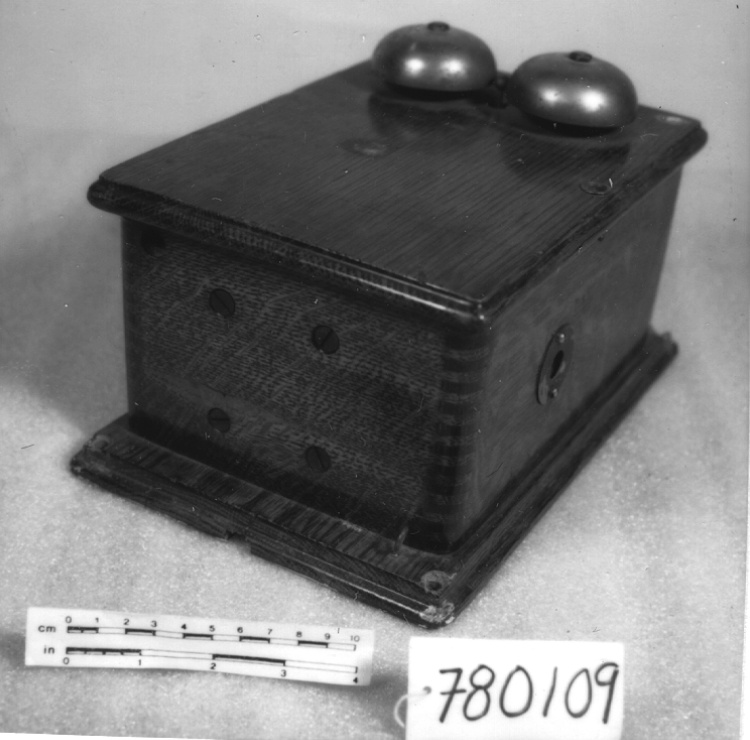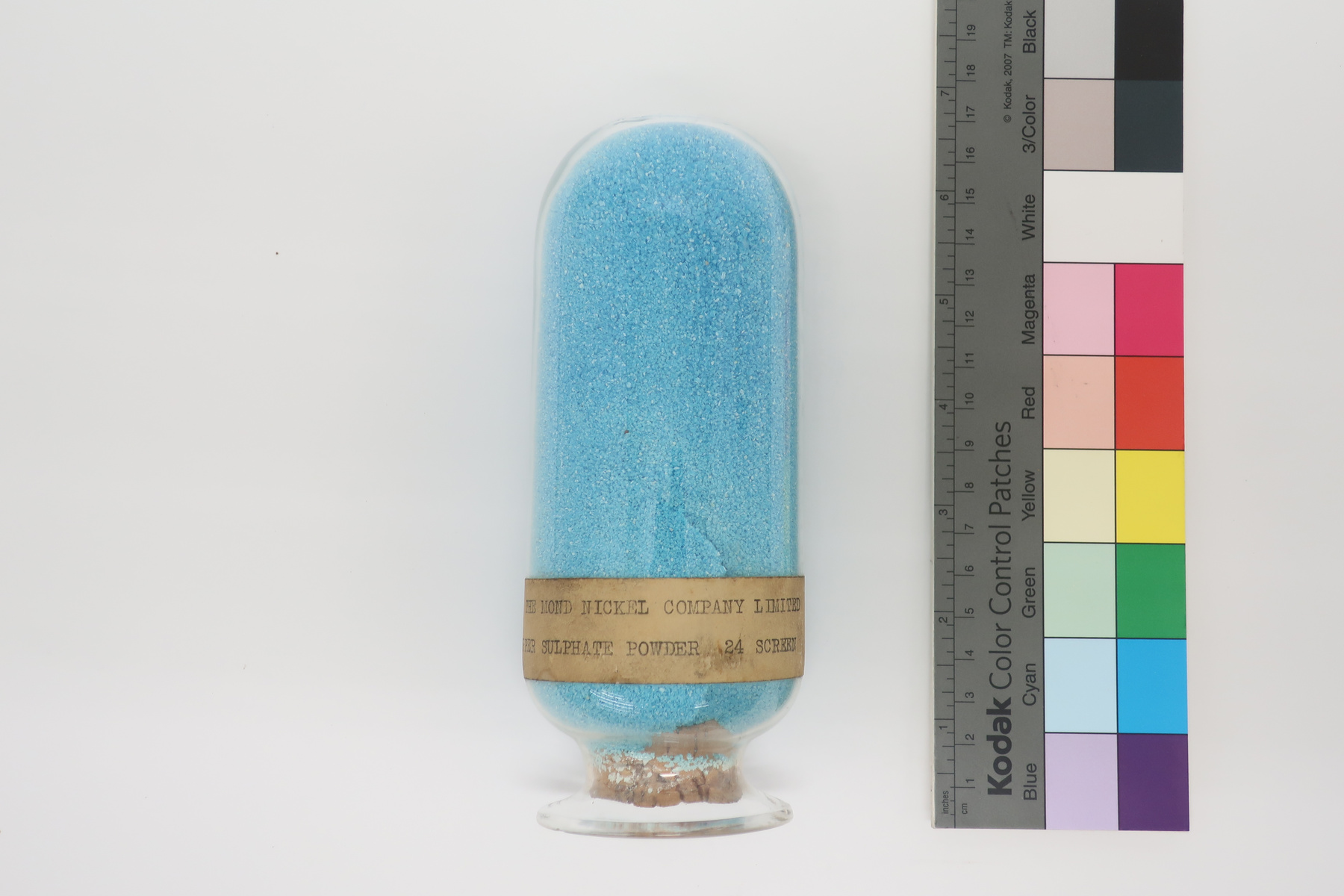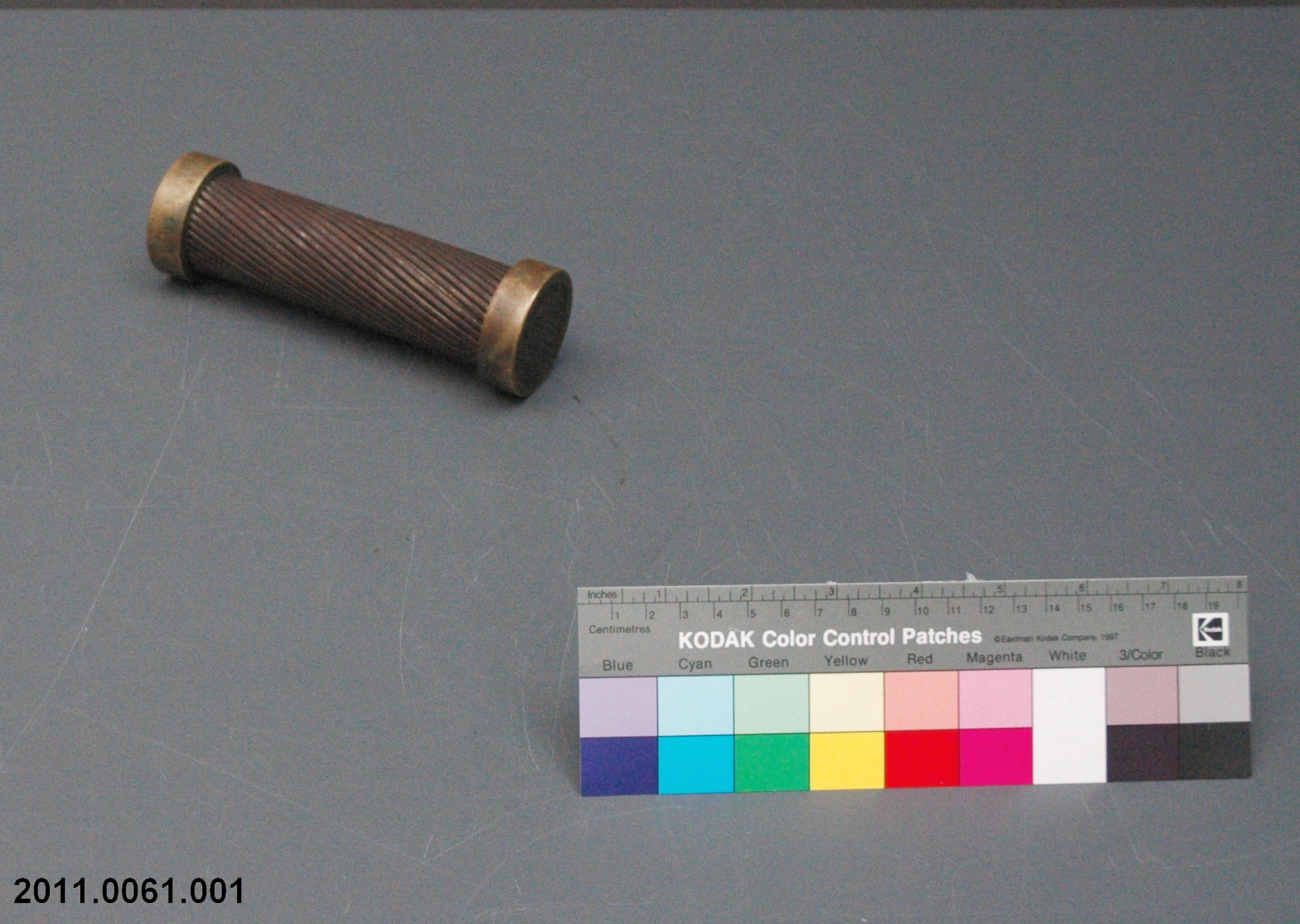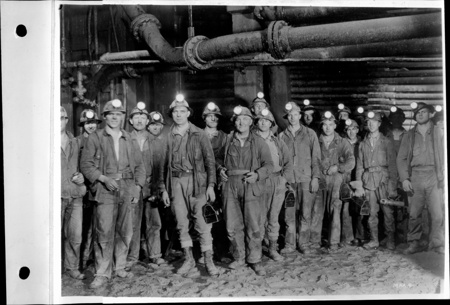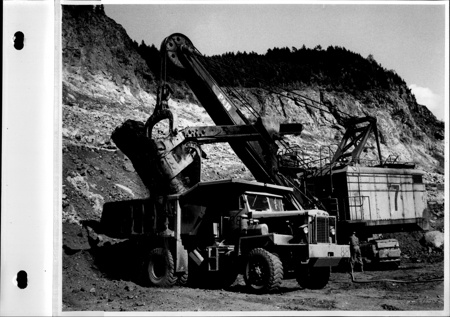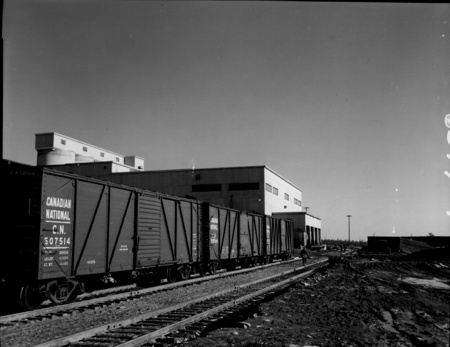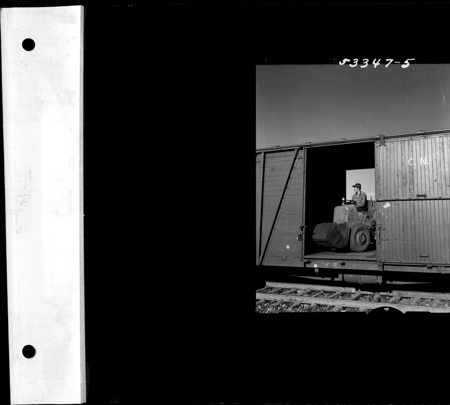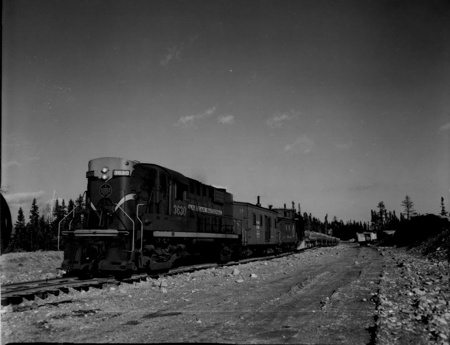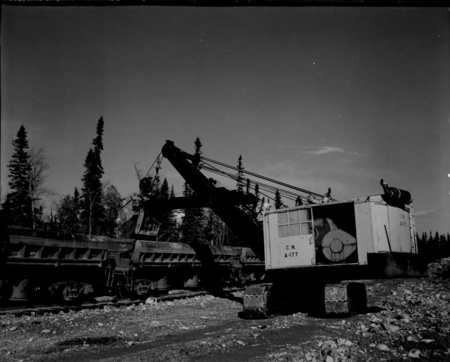Cord sample
Use this image
Can I reuse this image without permission? Yes
Object images on the Ingenium Collection’s portal have the following Creative Commons license:
Copyright Ingenium / CC BY-NC-ND (Attribution-NonCommercial 4.0 International (CC BY-NC 4.0)
ATTRIBUTE THIS IMAGE
Ingenium,
2011.0061.001
Permalink:
Ingenium is releasing this image under the Creative Commons licensing framework, and encourages downloading and reuse for non-commercial purposes. Please acknowledge Ingenium and cite the artifact number.
DOWNLOAD IMAGEPURCHASE THIS IMAGE
This image is free for non-commercial use.
For commercial use, please consult our Reproduction Fees and contact us to purchase the image.
- OBJECT TYPE
- full locked coil
- DATE
- Unknown
- ARTIFACT NUMBER
- 2011.0061.001
- MANUFACTURER
- Unknown
- MODEL
- Unknown
- LOCATION
- Unknown
More Information
General Information
- Serial #
- N/A
- Part Number
- 1
- Total Parts
- 1
- AKA
- N/A
- Patents
- N/A
- General Description
- It is metal wires coiled together with metal rings at each end holding the wire ropes in place.
Dimensions
Note: These reflect the general size for storage and are not necessarily representative of the object's true dimensions.
- Length
- 15.4 cm
- Width
- 4.5 cm
- Height
- N/A
- Thickness
- N/A
- Weight
- N/A
- Diameter
- 15.0 cm
- Volume
- N/A
Lexicon
- Group
- Mining and Metallurgy
- Category
- Mineral extraction
- Sub-Category
- N/A
Manufacturer
- AKA
- Unknown
- Country
- Unknown
- State/Province
- Unknown
- City
- Unknown
Context
- Country
- Canada
- State/Province
- Unknown
- Period
- Unknown
- Canada
-
This wire rope sample was given to Mr. John Udd as a reference sample for a publication about hoist technologies used in Canadian mines. Mr. John Udd is a mining engineer, starting his career at the Hardy Mine (owned by Falconbridge Nickel) in Levack, Ont. Recently retired (2009) as the Principal Scientist-Mining with Natural Resources Canada’s Minerals and Metals Sector, Mr. Udd has worked at McGill University Faculty of Mining Engineering, Falconbridge Nickel Mines, and was the Director of the Mining and Research Laboratories of the federal government from 1984 – 1996. - Function
-
This style of wire rope is used in mining applications, specifically for friction (Koepe) hoists. - Technical
-
The Friction (Koepe) hoist, invented in 1877 by Fredrick Koepe, works by passing a wire rope over a drive wheel where the tension differential of the rope at the top of the wheel to the bottom of the wheel is used as a friction break to prevent hoist slippage. ² Unlike drum hoists which store their wire rope on drums as the hoist ascends from the mine, the wire rope used in a friction hoist system is used as a tail rope counter-balance and does not need to be “stored” at the head of the shaft. The 1973 SME Mining Engineering Handbook calls the hoist rope “the single most important component of the mechanical [hoist] system” and that the “correct selection of hoist rope is imperative”. The full locked coil is recommended for all friction hoists and drum hoists at depths of over 3,200 ft because they don’t have a “twist”. The “twist” in a strand rope tends to “untwist” when put under a load compromising the strength of the rope, because the locked coil rope has no initial “twist” the application of a load does not compromise its strength. ³ ² Harmon, James H., ”Hoists and Hoisting Systems”, in SME Mining Engineering Handbook, Ivan A. Given eds. Port City Press: Baltimore, USA, 1973, p. 15-7. ³ Ibid. p 15-23. - Area Notes
-
Unknown
Details
- Markings
- None
- Missing
- Nothing missing.
- Finish
- It is metal wires coiled together with metal rings at each end holding the wire ropes in place.
- Decoration
- None.
CITE THIS OBJECT
If you choose to share our information about this collection object, please cite:
Unknown Manufacturer, Cord sample, Unknown Date, Artifact no. 2011.0061, Ingenium – Canada’s Museums of Science and Innovation, http://collections.ingeniumcanada.org/en/id/2011.0061.001/
FEEDBACK
Submit a question or comment about this artifact.
More Like This
